I N S P E C T O R
G E N E R A L
L U C Y L A N G
THE FIRST THE FIRST TWO YEARS TWO YEARS





I N S P E C T O R
G E N E R A L
L U C Y L A N G




In 2022, former Inspector General of the Department of Defense and Department of Justice, Glenn Fine, published an article in about inspectors general titled “The Most Important Public Servants You’ve Never Heard Of ” In my own twoyear tenure as New York State Inspector General, my colleagues and I have worked diligently to change this well-worn adage about oversight agencies, and I am thrilled to share our successes in this biennial report
The Atlantic

“The First Two Years” is reflective of my office’s mission to promote accountability, integrity, and transparency in New York State government, and is a snapshot of the impactful work being done by the nearly 120 attorneys, investigators, auditors, and staff employed by this agency. It also details our commitment to educating state agencies and the public about the critical role that offices like ours play in our government’s system of checks and balances.
Believing that it is easiest for us to serve New Yorkers if they know we are here and understand what we are doing, we have embraced the State’s overarching transparency mandate and lifted the hood to give the public visibility into work that was historically, largely obscured from public view. I invite you to read the “Transformation & Initiatives” section to learn about how we now publicly share all present and past recommendations to the agencies under our purview, created an online public portal that posts information about incoming complaints monthly, and redesigned our website to make it more accessible to the public.
In hopes that more New Yorkers will hear about our work and advise us of their concerns, we also built a full-time training unit that conducts year-round outreach to government agencies and communities alike, created social media accounts across multiple platforms to receive complaints and share our work product, and participated in interviews with local, regional, and national media to educate the public about our role in protecting the government’s use of their precious resources.

In our first two years, we adopted a techforward approach to our work, using data to help dictate how and where we allocate resources, including the development of a Long Island Regional Office, and the appointment of specialized Attorneys-inCharge to oversee the most demanding areas of our portfolio like the state prison system. We also overhauled our in-house technology to facilitate compliance with a changing legal landscape and shifting criminal discovery obligations.
Perhaps most proudly, we embraced being a workplace that leans into our values: training our staff on best practices in response to trauma, prioritizing both diversity and excellence in our hiring, and developing sustainability practices including increasingly paperless investigations, reforming the waste disposal systems in our offices around the State, and beginning to decommission thenon-electric vehicles in our fleet. We also focused on building a collaborative and healthy workplace that works effectively and efficiently across offices, shares information about professional and personal successes of our colleagues weekly, gathers each month virtually for training and community-building, and employs rigorous annual performance evaluations for all employees, including 360 reviews of managers, in an effort to continuously improve our staff and our leadership.
I’m proud of our tremendous growth and grateful to the dedicated staff for their hard work as illustrated in this report and their day-to-day service. Many New Yorkers may have learned of us for the first time during the last two years, but they certainly haven’t heard the last of us.

Lucy Lang is a lifelong New Yorker, attorney, and educator.
As New York State’s 11th Inspector General, Lucy Lang brings her longstanding commitment to justice to overseeing the Office’s investigations into corruption, fraud, abuse, and misconduct in state government, as well as deep experience designing and implementing practices that promote institutional integrity, transparency, and accountability
Inspector General Lang’s leadership includes the implementation of novel transparency initiatives, extensive public outreach, and the agency’s complete technological overhaul. By appointing Attorneys-in-Charge for Department of Corrections and Community Supervision (DOCCS) Oversight, Workers’ Compensation Fraud, and Welfare Fraud, Lang has empowered her statewide interdisciplinary staff to prioritize partnership with and protection of the most vulnerable New Yorkers. Lang reinforced the agency’s commitment to diversity, equity, and inclusion while expanding its workforce, instituted numerous policies dedicated to enhanced sustainability practices, and prioritized the mental and physical health of her staff
Under Lang’s leadership, OIG concluded and publicly published the findings of major investigations including two detailing defects in both the manufacturing and administration of drug tests used by DOCCS to detect the presence of contraband in correctional facilities, an analysis of the glaring racial disparities that persist in the administration of discipline in NY prisons, and a review of the policies for supporting survivors of domestic violence in the state workforce. During her first year in office, Lang visited all 44 correctional facilities in New York State.

Prior to her appointment as Inspector General, Lang served as Director of the Institute for Innovation in Prosecution (IIP), a national criminal justice organization. She also served as an Assistant District Attorney in Manhattan, where she investigated and prosecuted violent crimes including homicides, gun violence, and domestic abuse, and served as Special Counsel for Policy and Projects
While at the Manhattan District Attorney’s Office, and in collaboration with Columbia University’s Center for Justice, Lang created Inside Criminal Justice, a firstof-its-kind college class for incarcerated students and prosecutors to study criminal justice and develop policy recommendations together. This is a now a national model for which Lang has been widely recognized, including receiving the Elizabeth Hurlock Beckman Award from the American Psychological Association in 2020 as an educator who inspires her students in prison to make a difference in their communities.
Lang is a member of the Council on Criminal Justice and a Term Member of the Council on Foreign Relations and served as Vice Chair of the American Bar Association Criminal Justice Section. She was appointed to and served on the New York State Bar Association Task Forces on Racial Injustice and Police Reform, and Racism, Social Equity, and the Law She has been published in
The New York Times Times, The Atlantic, the New York Daily News,
and many others Inspector General Lang is the author of “March On!,” a children's book about the 1915 Women's March for Suffrage in New York City which encourages the next generation of courageous and thoughtful leaders.
Lang is a graduate of Swarthmore College and Columbia Law School, where she was the Editor-inChief of the Journal of Gender and Law and has served as a Lecturer-in-Law.

omprised of three YSIG”); the Office of the the Office of the New al (“WCFIG”). In June of f the Gaming Inspector minate corruption, fraud, tate entities under our offices across the state, ern, and Syracuse.
hat is committed to the lity. The Offices of the sibility of ensuring that portant standards. This mitted to promoting and n our government. We employees and citizens
We hope this report will highlight OIG’s mission, accomplishments, and priorities during Inspector General Lang’s “first two years.”

The New York State Inspector General (NYSIG) has jurisdiction over all executive branch agencies, departments, divisions, officers, boards and commissions, and over most public authorities and public benefit corporations The Inspector General's functions and responsibilities include receiving and investigating complaints concerning allegations of corruption, fraud, criminal activity, conflicts of interest, or abuse in any entity under the Inspector General's jurisdiction. This jurisdiction includes state-funded infrastructure investments and projects.
The Workers’ Compensation Fraud Inspector General (WCFIG) is responsible for investigating violations of the laws and regulations pertaining to the operation of the workers' compensation system. WCFIG's investigations may include the analysis of materials such as claim files and medical records, as well as taking of testimony from employers, attorneys, employees, health care providers, and insurance carriers. WCFIG’s efforts to identify, investigate, and prevent workers' compensation fraud focus on reducing costs to the workers' compensation system
The New York State Office of the Welfare Inspector General (OWIG) is tasked with maintaining the integrity of New York State's public assistance programs. Specifically, the Welfare Inspector General is responsible for conducting investigations of fraud, abuse, or illegal acts perpetrated within local social services districts and by beneficiaries of public assistance services. Additionally, the OWIG is charged with recommending policies relating to the prevention and detection of fraud and abuse, and monitoring the implementation of those recommendations
In 2013, the Office of the Gaming Inspector General (GIG) was created to ensure that all lawful gaming in New York State, including horse racing and casino and mobile wagering, are of the highest integrity, credibility, and quality In June of 2021, the Gaming Inspector General was brought under the umbrella of the Office of the New York State Inspector General. OIG’s Gaming Oversight Division is housed within NYSIG and is tasked with investigating allegations of corruption, fraud, criminal activity, and conflicts of interest or abuse related to gaming activity.

Joseph Spinelli 1986 - 1993

Dineen Riviezzo 2005 - 2006
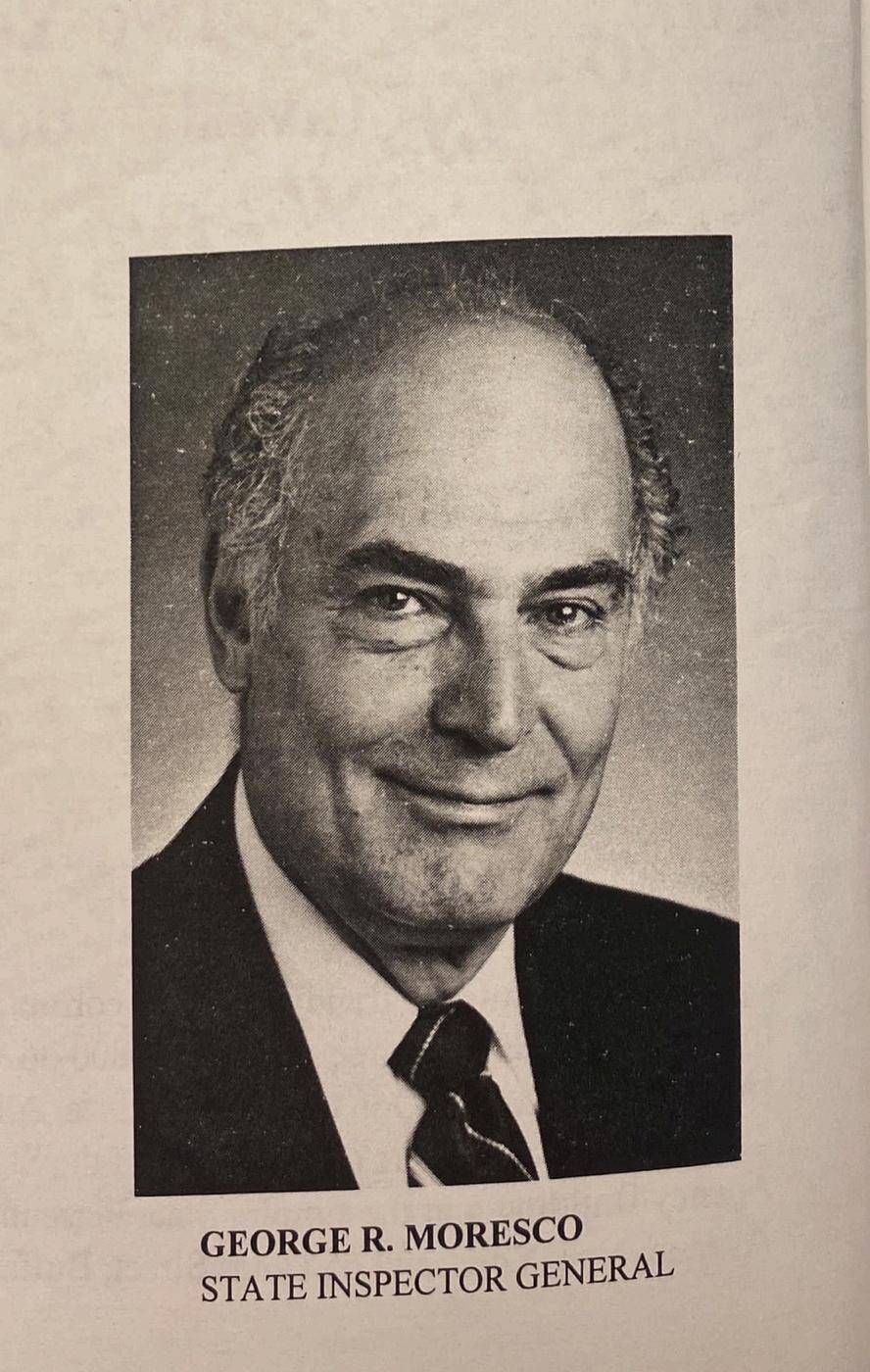
George Moresco 1993 - 1995

Kristine Hamann 2007 - 2008

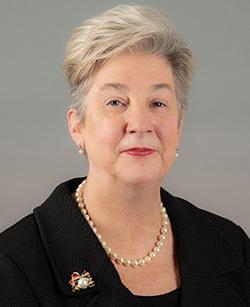
Roslynn Mauskopf 1995 - 2002

Joseph Fisch 2008 - 2010

Catherine Leahy-Scott 2012 - 2019

Letizia
Tagliafierro 2019 - 2021
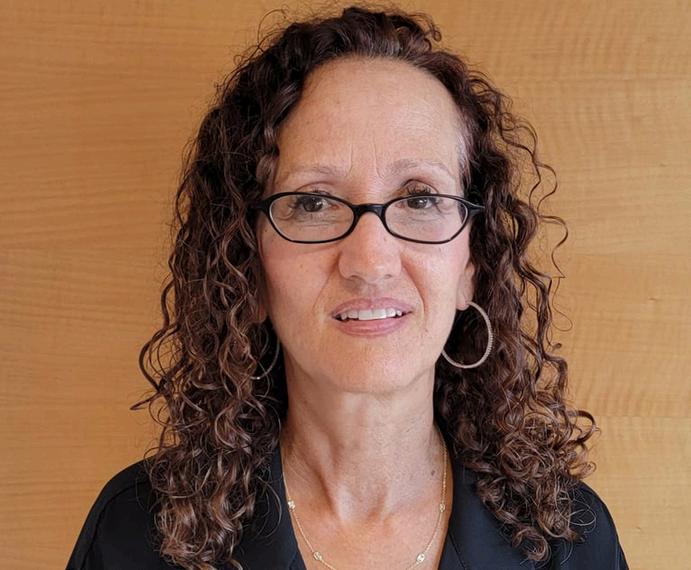
Jill Konviser 2002 - 2005
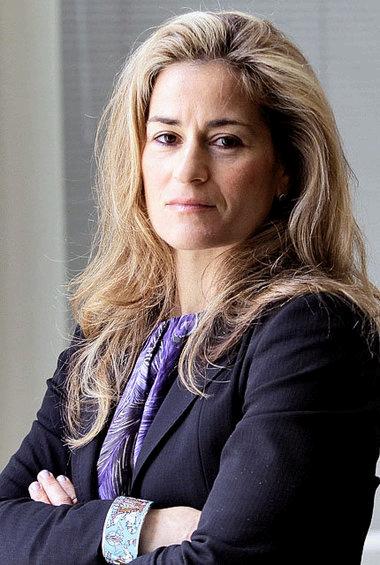
Ellen Biben 2011 - 2012

Lucy Lang 2021 - Present
Executive Order 86 broadens OIG’s jurisdiction

Executive Order 79 establishes the Office of the Inspector General (OIG)
Public Authorities Reform Act makes OIG part of Executive Branch 1986
Executive Order 39 restructures OIG and broadens powers
Office of Welfare Inspector General joins OIG
Executive Order 103 allows OIG to make reports public
Office of Workers’ Compensation Fraud Inspector General joins OIG
Office of the Gaming Inspector General joins OIG
Lucy Lang named 11th NYS Inspector General
An inspector general is employed by the government to investigate fraud, abuse, waste, or corruption within a government agency—an internal watchdog.
obtaining something of value unlawfully through willful misrepresentation
the intentional, improper use of government resources
any government practice involving unnecessary costs, primarily due to inefficiency or mismanagement
an inducement to wrong by improper or unlawful means such as bribery
Government agency a permanent or semi-permanent organization that is part of the federal, state, or local government
Watchdog
an agency that observes the actions of another entity in order to report illegal acts


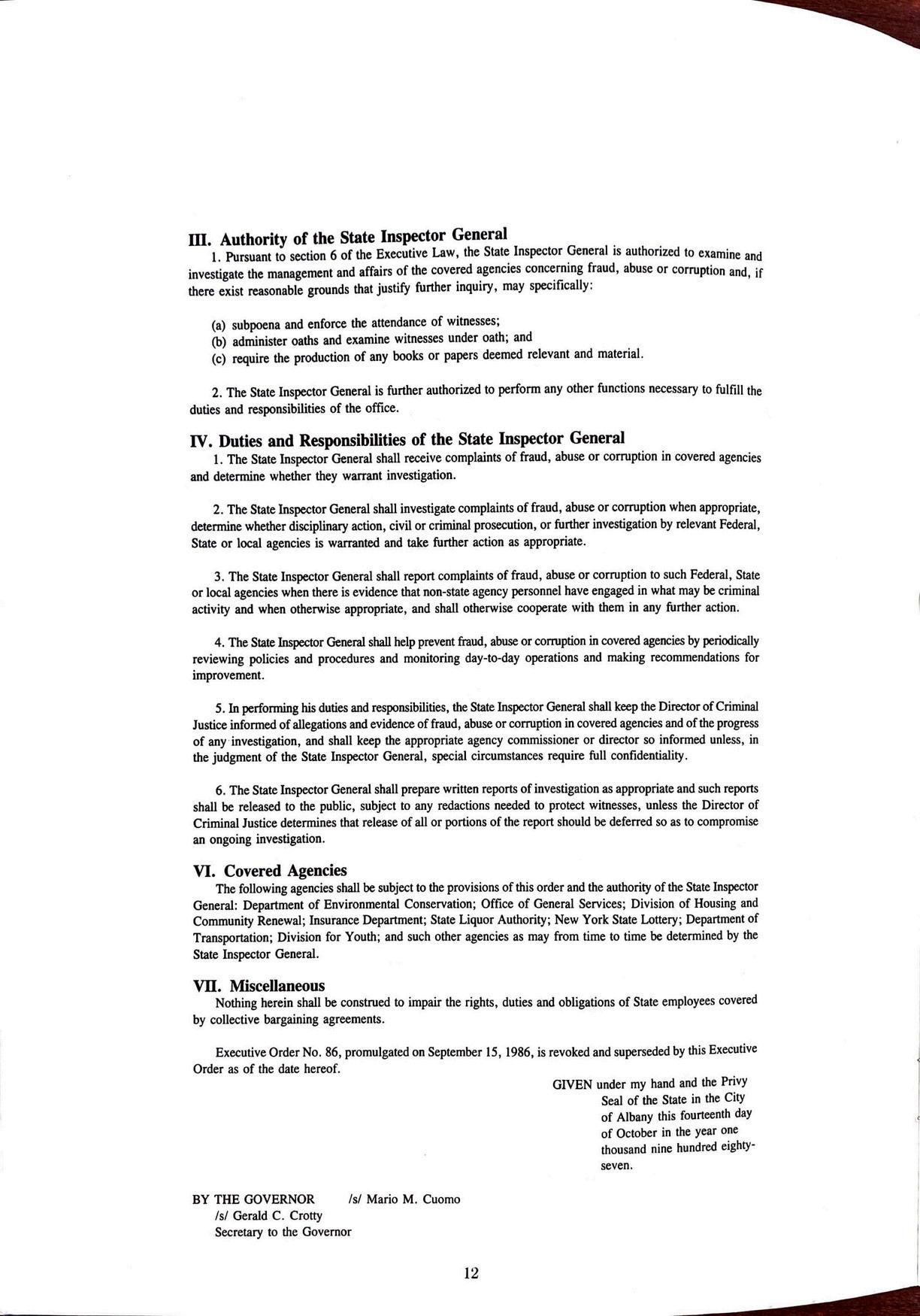
In January 1986, Governor Mario M. Cuomo officially established the Office of the New York State Inspector General through Executive Order 79, authorizing the Inspector General to investigate complaints of corruption, fraud, and abuse in eight state agencies.
In September 1986, Governor Cuomo signed Executive Order 86, broadening the Inspector General’s jurisdiction to include all agencies, departments, or divisions that are headed by appointees or nominees of the Governor.
In October 1987, Governor Cuomo signed Executive Order 103, which authorized the Inspector General to “prepare written reports of investigation as appropriate and to release such reports to the public.”
In June 1996, Governor George Pataki signed Executive Order 39, calling for the restructuring of the Inspector General’s Office This EO created the position of Deputy Inspectors General (DIGs), broadened the definition to “covered agency,” and mandated that all covered state employees report wrongdoing promptly to the Inspector General.
In late 2005, Governor Pataki signed the Public Authorities Accountability Act, giving the Inspector General the power to examine, copy, and review records kept by covered agencies, requiring state employees to answer questions concerning their official duties, and expanding the Office’s jurisdiction to include the investigation of criminal activity and conflicts of interest The PAAA became law in January 2006
Nothing hinders the operation of government as much as the taint of corruption. Our efforts in every area depend on the confidence of the public and the morale of State employees. Therefore, I will designate a State Inspector General to ensure honesty in government.
Mario M. Cuomo | State of the State Address (1986)
In 1986, the State of New York was grappling with allegations of widespread corruption Governor Mario Cuomo firmly believed that in order to maintain the public’s confidence in state government, the highest degree of integrity was necessary, and honesty must have a bilateral relationship with the public. Thus, to combat the eroding integrity of New York State government, Governor Cuomo created the Office of the State Inspector General.



From 1986 to 1993, Joseph Spinelli served as the first New York State Inspector General. IG Spinelli was “committed to preserving the highest ethical standards essential for all government employees and officials to function as lawful trustees in managing the public trust.”
Initially, the Office included five total employees: the Inspector General, a borrowed secretary, two investigators located in Albany, and one investigator located in New York City The Office quickly expanded from five employees to 23 employees in the first two years. The Albany office grew to eight investigators, a deputy inspector general/counsel, and four administrative staff. The Buffalo office, established in 1987, housed three investigators. The New York City office had a chief investigator, four investigators, and one administrative staff In 1992, six years after its creation, and with a budget of $1.5 million, the Office grew to 27 employees.
In its first year, the Office received 657 complaints. By its second year, the number of complaints increased by 116%.





From 1993 to 1995, George Moresco served as the second New York State Inspector General. During IG Moresco’s tenure, the Office expanded its use of Deputy Inspector Generals (DIGs), or professional investigators, and employed 24 DIGs to oversee more than 40 state agencies.
Additionally, under IG Moresco’s leadership, annual documented savings resulting from the Office’s investigations increased steadily since its establishment in 1986, and through the first 6 months of 1994 totaled over $2 million These savings were the consequence of fines levied against state employees, restitution orders, and cost reductions related to changes in agency procedures recommended by the Office.


From 1995 to 2005, there were two New York State Inspector Generals - Roslynn Mauskopf, who served from 1995 to 2002, and Jill Konviser, who served from 2002 to 2005
In 1996, Governor George Pataki signed Executive Order 39, calling for the restructuring of the Inspector General’s Office and consolidating its activities into a singular office Deputy Inspector General’s no longer reported to their covered agencies but instead to the Inspector General, beginning the transition to the idea of an “independent” IG’s office.
Also during this time, the Office’s annual budget, personnel, and complaint intake increased significantly By the end of 1999, the office had grown to 79 employees (up from just 29 five years earlier), its complaint intake had reached the thousands, and its annual budget increased to $6.1 million.
From 1996 to 2006, investigations conducted by the Office resulted in:
488

668
$7,546,175

329

From 2005 to 2008, there were two New York State Inspector Generals - Dineen Riviezzo, who served from 2005 to 2006, and Kristine Hamann, who served from 2006 to 2007.
In 2005, Governor Pataki proposed legislation establishing the Office as a statutory agency in the Executive Department. Signed into law in 2006, the Public Authorities Accountability Act solidified the Office’s place in the statutory structure of New York state government.
Another milestone in the history of the office came in January 2006, when the Office marked its 20th year as the agency with the primary responsibility of combating fraud in state government.




From 2008 to 2012, there were two New York State Inspector Generals. Joseph Fisch, who served from 2008 to 2010, and Ellen Biben, who served from 2011 to 2012.
During his short time in office, IG Fisch’s office processed a higher volume of complaints, conducted more investigations, and issued more public reports than any of his predecessors despite a signification reduction in resources and a decrease in staff from 71 to 61. As the New York Post stated, “in his short time in office, Fisch and his team have already managed to uncover more malfeasance than just about any other investigators."
During IG Biben’s tenure, the Office fielded approximately 2,600 complaints and launched many high-profile probes including investigations into state bus driver licensing, violence in youth detention centers, and Nassau County crime lab errors.
From 2012 to 2021, there were two New York State Inspector Generals Catherine Leahy-Scott, who served from 2012 to 2019, and Letizia Tagliafierro, who served from 2019 to 2021.

In 2012, in an effort to streamline the role of Inspectors General statewide, Governor Andrew Cuomo appointed IG Leahy-Scott as the Acting Welfare Inspector General under Executive Law §74.
Three years later, in 2015, Governor Cuomo added another appointment to the State Inspector General’s portfolio and appointed IG Leahy-Scott as the Workers’ Compensation Fraud Inspector General under Workers’ Compensation Law §136.
IG Leahy-Scott led the newly expanded OIG until 2019, when Governor Cuomo appointed IG Tagliafierro, who would serve until 2021
In June 2021, through passage of the 2021 New York State Budget, Governor Cuomo transferred the “duties and responsibilities of the former Office of the Gambling Inspector General” to the State Inspector General. Thus, the Gaming Oversight Unit of NYSIG was born

On November 29, 2021, Governor Kathy Hochul appointed Lucy Lang to be New York State’s 11th Inspector General.








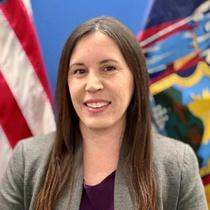
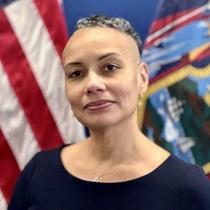



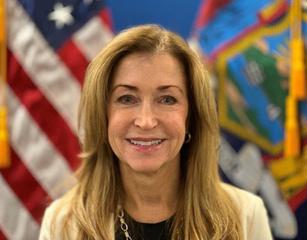


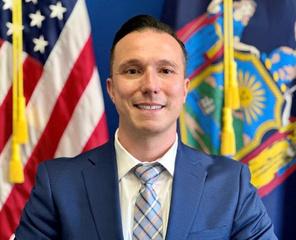






Hayward was named Chief of Staff in December 2021 Based in New York City and Albany, Hayward is responsible for overseeing all policy development, external communications, administrative operations, and staff for the Inspector General statewide.

An experienced trial attorney, investigator, and manager, Hayward was joined OIG after more than fourteen years at the Manhattan District Attorney’s Office. There, Hayward served as a homicide prosecutor, Criminal Court Supervisor, Deputy Bureau Chief, and Attorney-In-Charge of the Mass Arrest Unit. Focusing on violent criminal offenses, Hayward secured indictments in over two hundred investigations, attained guilty verdicts at trial on charges including Murder, Arson, Assault, Burglary, Robbery, and Sexual Assault, and conducted trainings for the New York City Police Department and other law enforcement agencies Hayward also extensively litigated First Amendment issues before county, state appellate, and federal courts Prior to joining the Manhattan District Attorney’s Office, he worked at Davis Polk & Wardwell, where he specialized in internal investigations and Foreign Corrupt Practices Act (FCPA) litigation.
Hayward holds a J.D., with Honors, from Cornell Law School and a B.A. from the College of the Holy Cross, where he is a former member of the Board of Trustees.
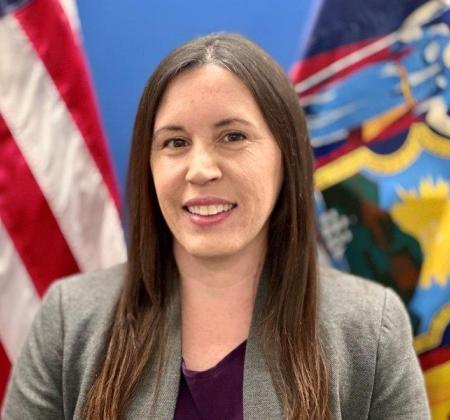
Logue was named Chief Counsel in September 2022. Based in Albany, Logue is responsible for providing proactive legal counsel to the Inspector General and OIG.
Logue joined OIG after serving as Director of Investigation and Enforcement of the New York State Joint Commission on Public asdf Ethics, where she investigated and litigated violations of New York State’s ethics and lobbying laws, including complex investigations involving public officers and members of the Executive and Legislative branches Prior to that, Logue served more than fourteen years in the Manhattan District Attorney’s Office, where she worked as an Assistant District Attorney specializing in the prosecution of Homicides, Sex Crimes, Crimes Against Children, and other violent felony offenses
Logue holds a J.D. from Northeastern University School of Law and a B.A. from Providence College.
Lynn A. Tabbo
Tabbott was named Chief Deputy Inspector General in May 2022 Based in Albany and Suffern, Tabbott is responsible for oversight of all investigations across the state As Chief DIG, Tabbo supervises all OIG legal leadership staff.
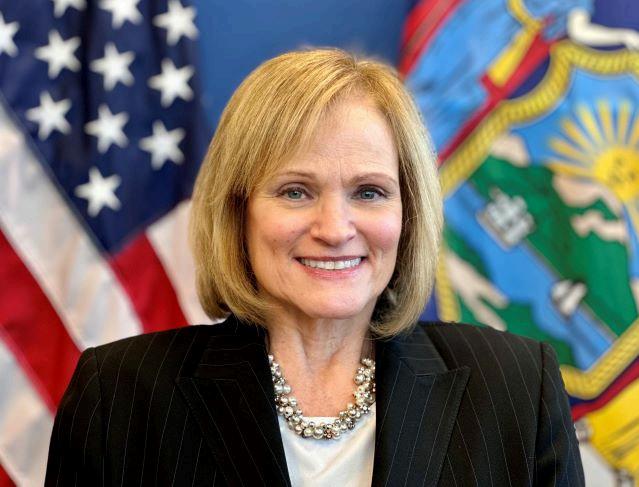
General’s Office, Orange County District
Tabbott has over twenty years of experience as a prosecutor, having worked in the New York State Attorney Attorney’s Office, and Kings County District Attorney’s Office In the AG’s office, she prosecuted official corruption and white-collar crimes and later defended the State against claims In Orange County, she served as the County’s first Domestic Violence Prosecutor, participated on domestic violence committees, and instructed training seminars In Kings and Orange County, she served as a supervisor and prosecuted violent crimes including murders and sexual assaults. In addition to her experience as a public servant, Tabbott worked in the private sector practicing family law and criminal defense. She also served as a local court justice where she presided over criminal and civil matters.
Tabbott holds a J.D. from Brooklyn Law School and a B.A. from Fordham University.

auline Ross
oss was named Special Deputy Inspector General for Operations December of 2021. Prior to that, Ross served as the Chief of aff and Counsel at OIG since July 2016.
She began her career as a Court Representative, then Court Director Director for the Center for Alternative Sentencing and Employment Services, a Vera Institute of Justice alternatives-to-incarceration program She also served as Special Counsel and Deputy Chief of Staff for the New York State Senate Democratic Leader’s office, Assistant Attorney General with the Civil Rights Division of the New York State Office of the Attorney General, and Deputy Chief Operating Officer and Senior Counsel for the New York State Office of the Attorney General. She was also the principal appointments officer for Governor Andrew M. Cuomo.
Ross holds a J.D. from the University of North Carolina at Chapel Hill and a B.A. from Rutgers College.
Matthew Petell
Petell was named Chief Technology Officer in May 2022. Based in Albany, Petell is responsible for the agency’s management and oversight of Information Technology (IT) and Digital Forensics.
Prior to leading the Office of the New York State Inspector General’s Technology Team, Petell was with Deloitte Financial Advisory

Advisory Services for over eight years, conducting digital forensic investigations and providing domestic and cross-border electronic discovery services to clients facing legal and regulatory requirements.
Petell holds a B.A. in Economic Crime Management - Computer Forensics from Syracuse University. He is an EnCase Certified Examiner (EnCE), GIAC Certified Forensic Examiner (GCFE), Cellebrite Certified Logical Operator (CCLO), Cellebrite Certified Physical Analyst (CCPA), Blackbag Technologies Certified BlackLight Examiner (CBE), Access Data Certified Examiner (ACE), and an Access Data Certified Mobile Examiner (AME).

Jaile was named Deputy Chief of Staff in September 2022. Based in New York City, Jaile is responsible for managing OIG’s high priority projects and initiatives, both internally and externally. Jaile also acts as the Office’s Statewide Internship Coordinator and oversees the curriculum and supervision of all law fellows and interns.
Jaile joined OIG after seven years at the Manhattan District Attorney’s Office, where she was an Assistant District Attorney in the Trial Division While at the DA’s Office, she also served as Criminal Court Supervisor and Domestic Violence Coordinator In these roles, she trained and supervised junior prosecutors in all aspects of Criminal Court practice and prosecution Specializing in violent criminal offenses, Jaile investigated hundreds of cases, obtained indictments on over 150 cases, and secured guilty verdicts at trial on Murder, Assault, Domestic Violence, Human Trafficking and weapons charges. Jaile also served as a member of the Legal Hiring Board and was responsible for recruiting full-time and internship candidates.
Jaile holds a J.D. from St. John’s University School of Law and a B.A. from Fordham University.


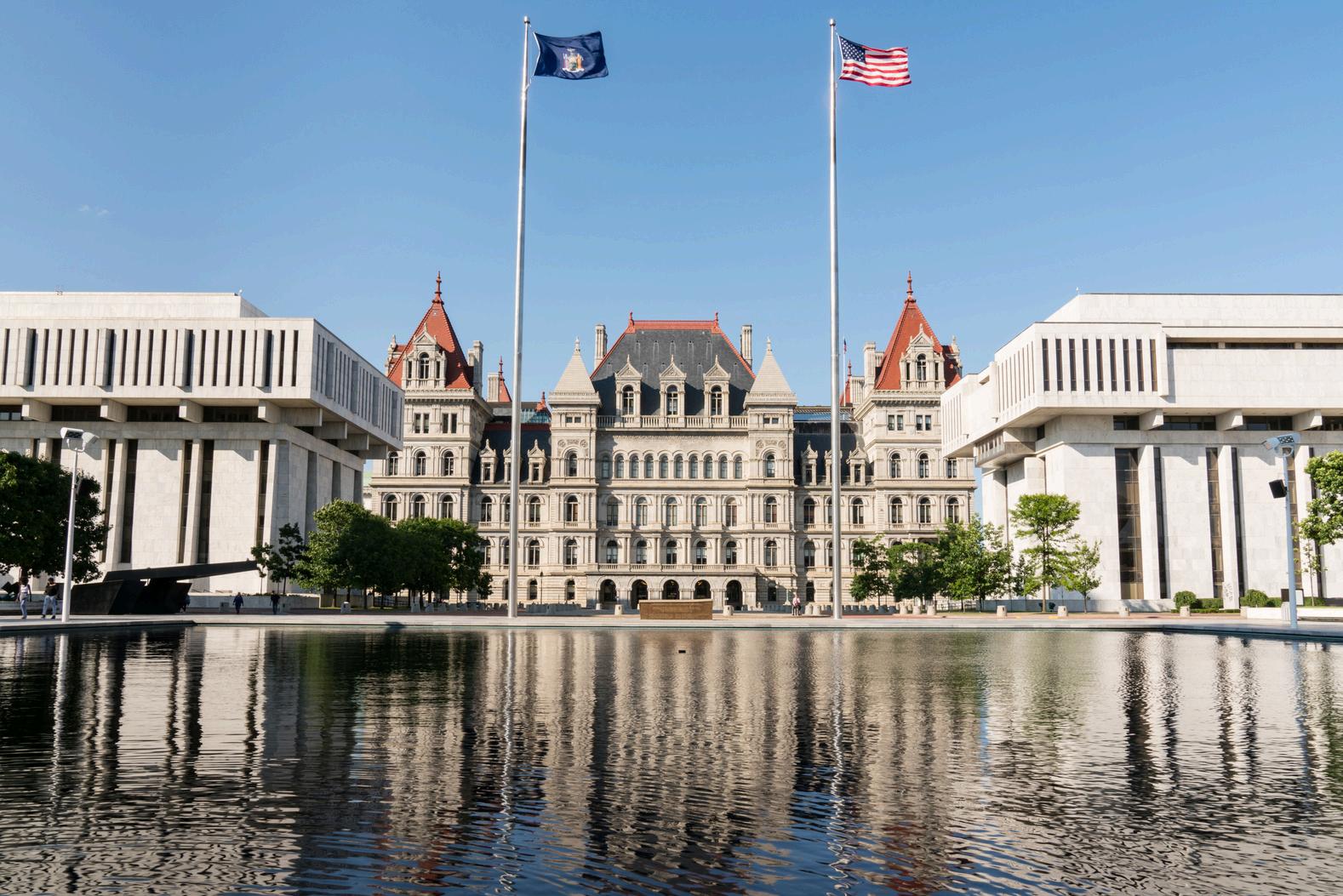



Comprised





New York Anti-Car Theft and Fraud Association Certificate of Meritorious Achievement
Given in recognition for his achievements & dedication to investigating vehicle & insurance fraud, NYACT recognized Ken at their 2022 Annual Conference.
SHERRY AMAREL - CHIEF OF INVESTIGATIONS (ALB)
2023 New York State Academy for Public Administration Public Service Excellence Award (Honorable Mention)
Given to those who exemplify the best of public service, the New York State Academy for Public Administration Public Service Excellence Awards recognized Sherry’s pioneering work as an investigator & her unmatched commitment to service during times of crisis.

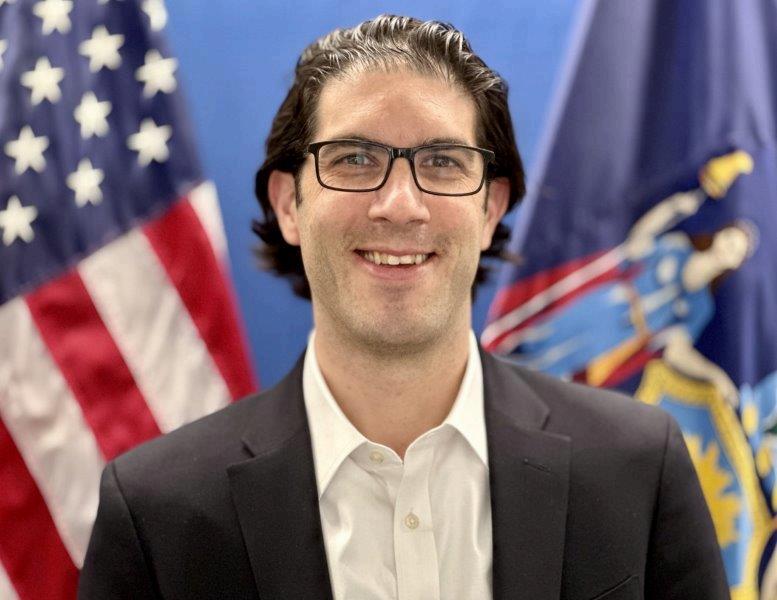

MATT
PETELL - CHIEF TECHNOLOGY OFFICER

City & State 2023 Above & Beyond: Innovators
City & State’s Annual Above & Beyond: Innovators list put a spotlight on the groundbreaking work of 50 innovative New Yorkers who are disrupting the status quo & driving transformative change.
City & State 2023 Above & Beyond: Gen X
Honoring 40 of the most influential & thought-provoking leaders in New York who have been rising stars in the public sector & continue to rise to the top. Pauline was profiled alongside other trailblazers & leaders from the MTV Generation in a special edition of City & State magazine.



The Offices of the New York State Inspector General were saddened in 2023 by the passing of former Inspector General Letizia Tagliafierro.
“LT” was a dedicated public servant who left a lasting mark on this office and her colleagues. She will be missed by the entire OIG family.


On her first day in office, New York State Inspector General Lucy Lang announced transformative steps to increase transparency by making resources publicly available about the office’s work historically and going forward. The Office has launched efforts that balance the confidentiality inherent in the offices’ investigations with enhanced government transparency through the online publication of advisory letters, launch of social media accounts, and increased outreach to agencies and authorities.
Since the day I took office, we made transparency the cornerstone of this office, establishing a new standard of trust in Albany for the people we serve. We will continue to be at the forefront of innovation, integrity, & transparency.
Inspector General Lucy Lang

In early 2022, the Offices of the New York State Inspector General (OIG) began publishing years of previously unreleased letters sent to state agencies and authorities arising from investigations undertaken by the office. In addition to public reports and press releases, OIG regularly issues advisory letters outlining the Inspector General's findings regarding allegations of corruption, fraud, criminal activity, conflicts of interest, or abuse that are referred to OIG, as well as the Office’s recommendations for reform. Since Inspector General Lucy Lang took office, she published over 300 historical letters, spanning from 2012 to August 2023.
The letters, some of which are redacted in part to protect the personal privacy of those involved, detail OIG investigations into allegations of time and attendance abuse, conflicts of interest, waste, misuse of state resources, unauthorized access to agency databases, mishandling of confidential information, theft, and other criminal activity.
On November 4, 2022, IG Lang announced the launch of a publicly accessible dashboard containing data about all complaints received by the Offices of the New York State Inspector General as part of her commitment to improve transparency in state government. Hosted on the state’s Open Data portal, the Inspector General makes available anonymized monthly data about the number, nature and source of all complaints received by the agency, and its three offices: the Offices of the New York State Inspector General (NYSIG), Welfare Inspector General (OWIG), and Workers’ Compensation Fraud Inspector General (WCIFG).
The first set of publicly released data provided information on complaints received by the agency beginning in September 2022. Since then, the data has been updated in the middle of each month to include totals from the month prior. Open Data’s interface empowers the public to interpret data on complaints through maneuverable charts and graphs.
In a November 6, 2023 interview on The Capitol Pressroom with Dave Lombardo, IG Lang shared the impact of our Open Data Portal on the public,

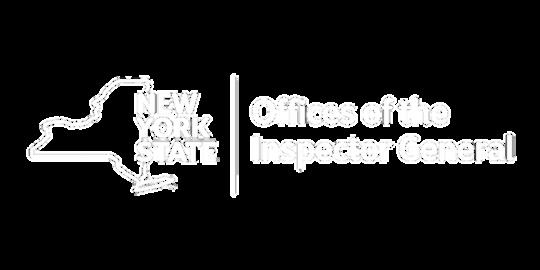



“We know that the traffic to our open data portal has been voluminous and that we have had thousands and thousands of views on this site We know that hundreds of times our data sets have been downloaded, which means that New Yorkers are doing exactly what we hoped they would: taking our data and crunching it and trying to better understand the work that we do. Our Freedom of Information requests have increased 22% since we started posting this data, which also tells us that people are trying to dig in and learn more Our complaints have increased about 6% since the open data publication ”


Staying current in technology is paramount for investigative agencies in today’s rapidly evolving digital landscape. In the last two years, the Offices of the Inspector General have focused on a digital transformation of technology and innovation to revitalize the Inspector General’s office under the leadership of Chief Technology Officer Matt Petell
Through efforts to unify the agency, the Offices of the Inspector General have developed a dynamic agency intranet site, or “IGnet,” designed to keep employees informed about critical updates and developments, foster transparency, and align agency goals and initiatives Notable features include:
Enhanced mobile responsiveness, ensuring seamless access to the intranet on various devices Mobile app updates for improved functionality on smartphones and tablets
Introduction of a centralized communication hub for important announcements, updates, & agency news
Implementation of workforce planning tools, allowing leadership to understand resource positioning in a hybrid workforce environment
Centralization of employee directory, organization chart, handbook, & policies ensures that new employees have easy access to essential office resources & information
Dedicated section for training resources, workshops, & professional development opportunities. Integration with NYS learning management systems for easy access to online courses & educational materials
COLLABORATION TOOLS
Integration of collaborative tools such as shared calendars, document editing, & project management features
Improved file-sharing capabilities for enhanced teamwork & productivity
These updates aim to create a more connected, efficient, and engaging work environment, aligning with the agency’s commitment to fostering collaboration and innovation.
To further our commitment to public transparency, the Offices of the Inspector General’s external website provides a centralized and easily accessible platform for New Yorkers to access crucial information. A complete redesign of OIG’s public website has transformed the Office’s messaging to include:
Dedicated sections for agency unit details, employee bios, & organizational hierarchy. Visually mapping out agency structure, roles, & reporting lines provides external stakeholders with a clear understanding of the agency's leadership & the distribution of responsibilities. This information not only instills confidence in the Office’s professionalism but helps external parties identify key contacts quickly R O L E S & R E S P O N S I B I L I T I E S
Integration with publicly accessible dashboards containing anonymized data about all complaints received by the OIG.
Publication of current & historical reports & letters
By sharing investigative findings, the agency reinforces its dedication to transparency & to addressing issues promptly & responsibly, fostering a culture of integrity.
Implementation of methods to clearly outline the channels & contacts for citizens to submit complaints. This not only empowers New Yorkers to express their concerns but also contributes to a responsive & accountable system that actively seeks to resolve issues in a timely manner
C O M P L A I N T G U I D A N C E
These updates to the website serve as a cornerstone for an open, accountable, and participatory government, bolstering public confidence and strengthening confidence in government.

In contrast to many other state agencies, the Offices of the Inspector General have not historically engaged social media as a communications and outreach tool.
However, Inspector General Lang prioritized the launch of @NewYorkStateIG X (formerly Twitter) and Instagram accounts as well as a new LinkedIn page These tools will both educate the public on the actions of the office and provide another channel through which complaints may be submitted.

Since 2022, OIG social media posts have highlighted important topics for followers, including:

News/press releases about investigations

Best practices f ent
Amplifying important state news (COVID testing/vaccine, emergency announcements, etc.)
Spotlighting key partnerships and collaborations

“Did you know” and other trivia that is tailor-made for social media (e g , history of OIG, NYS facts, etc.)



Media interviews



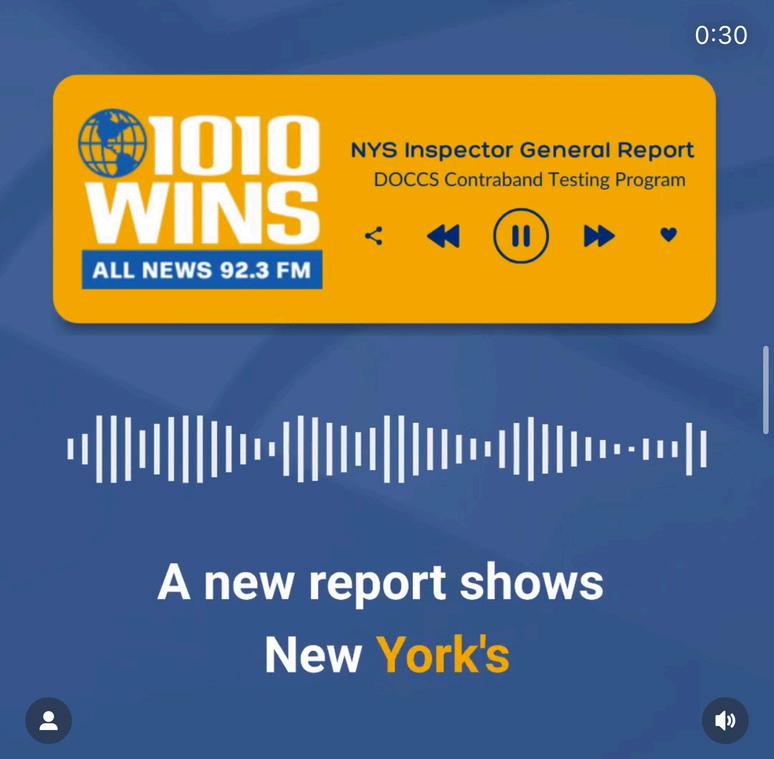


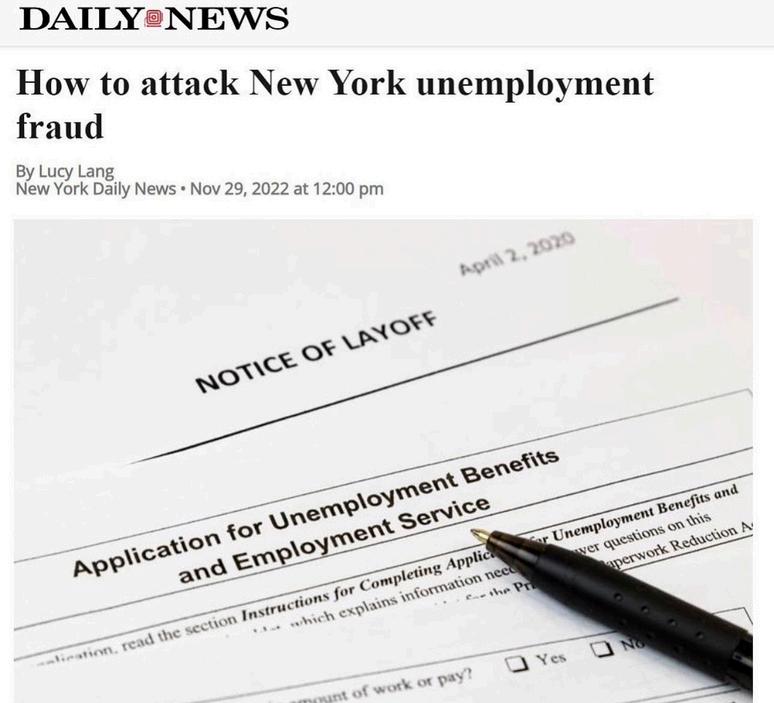
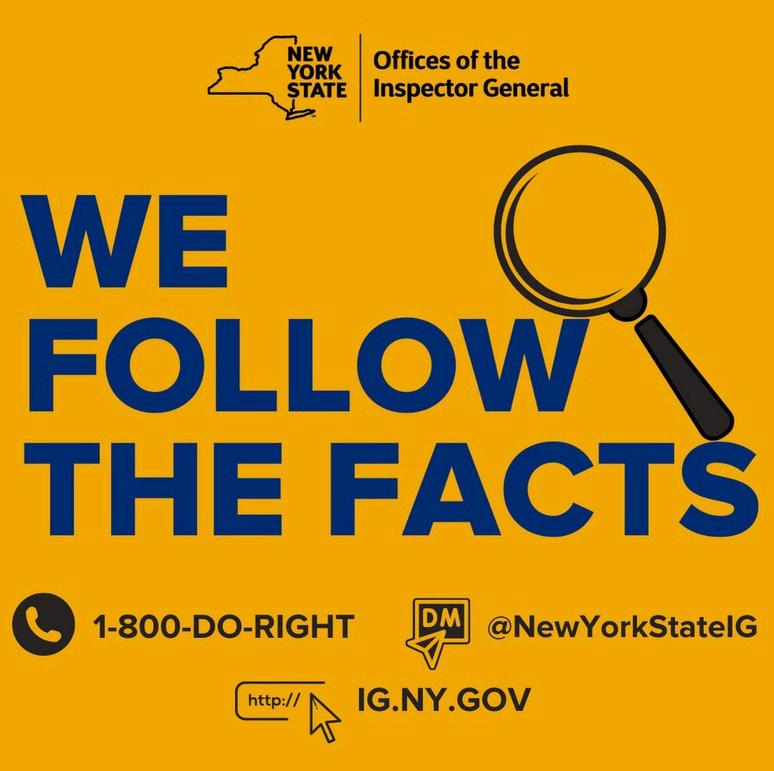

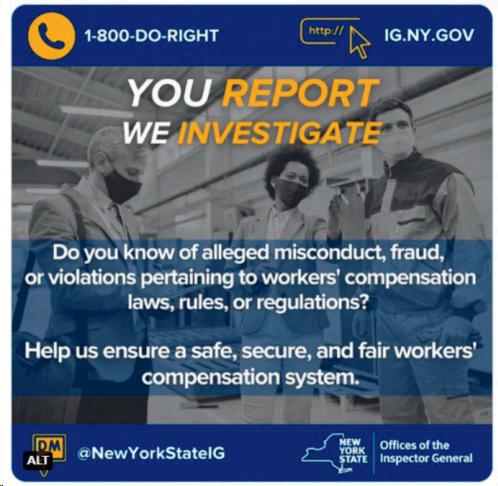

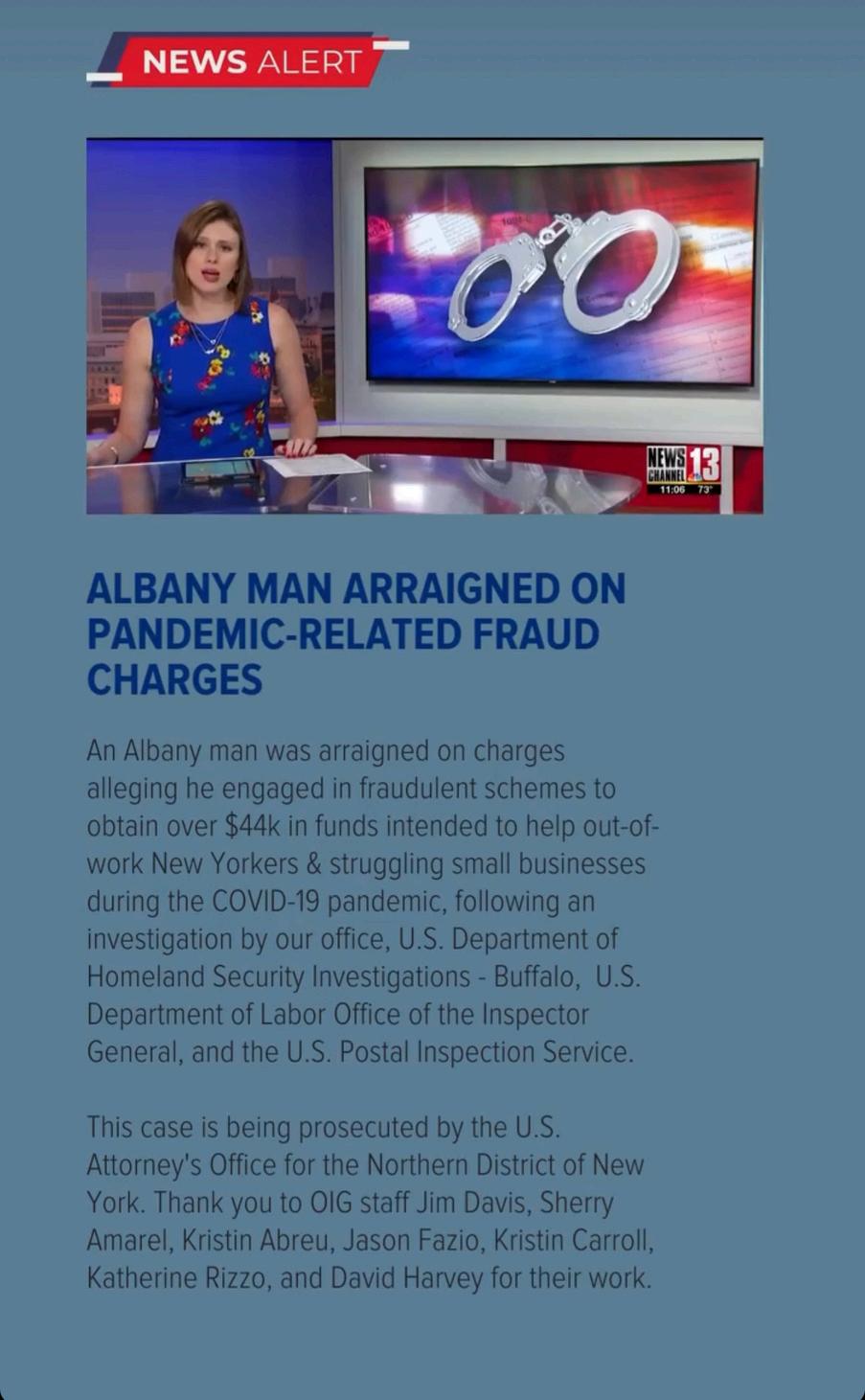

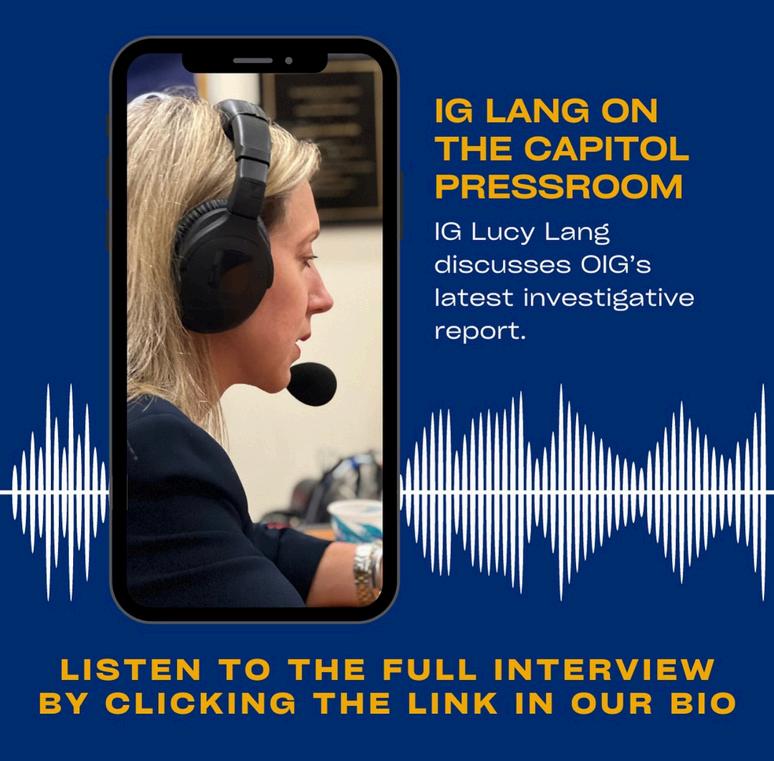
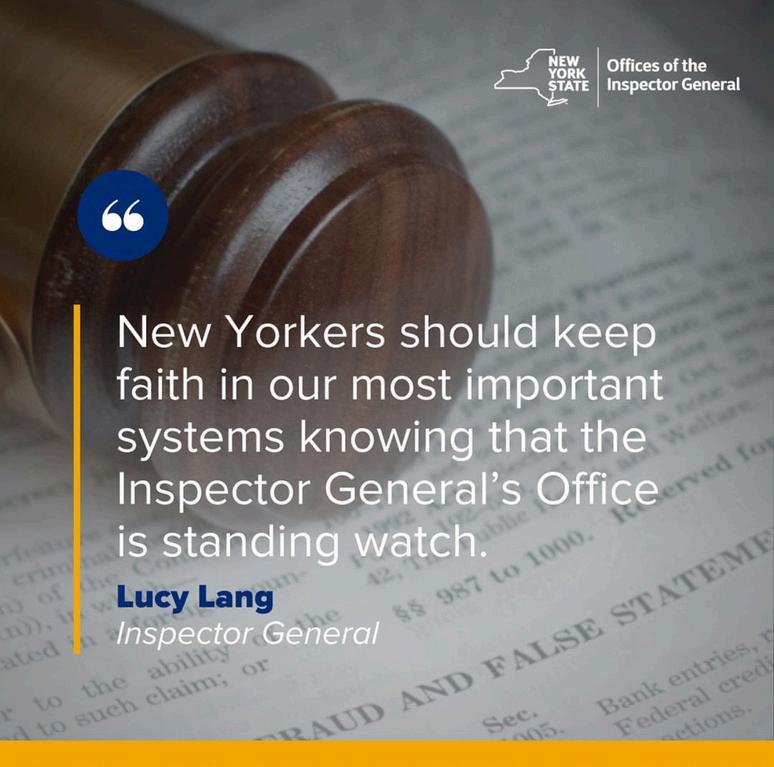

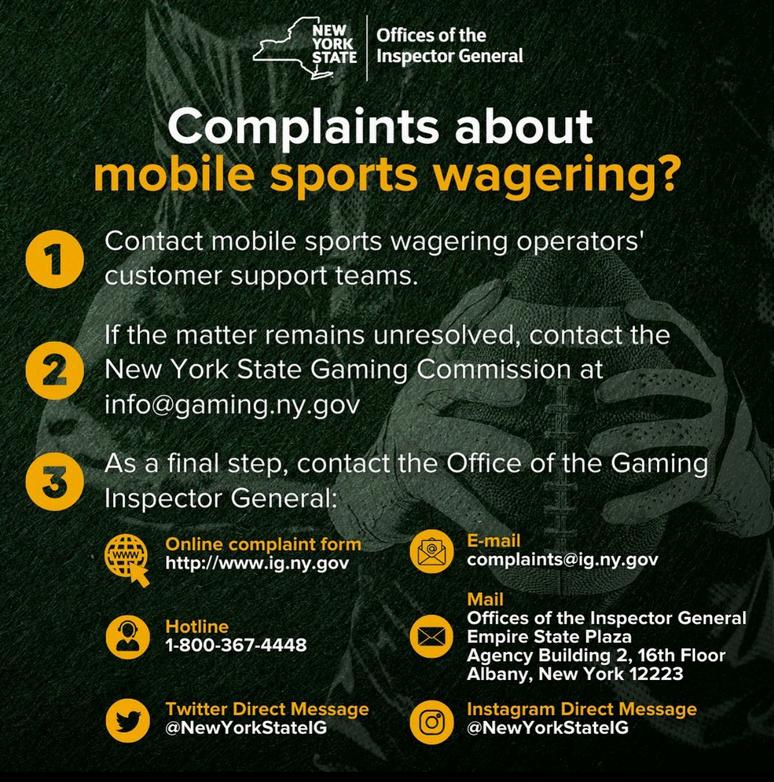
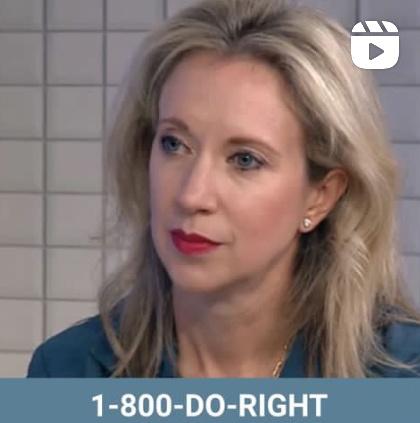











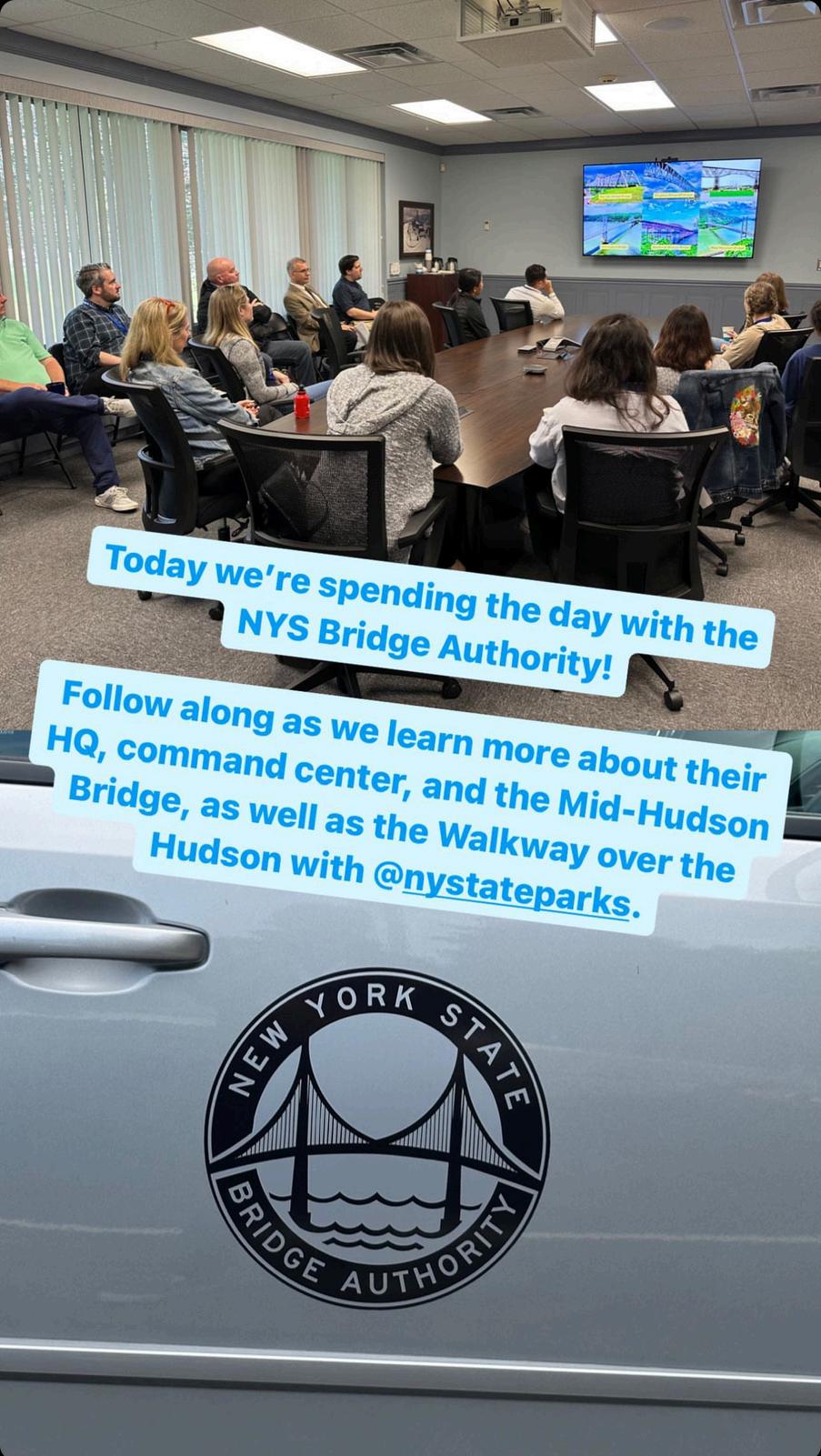






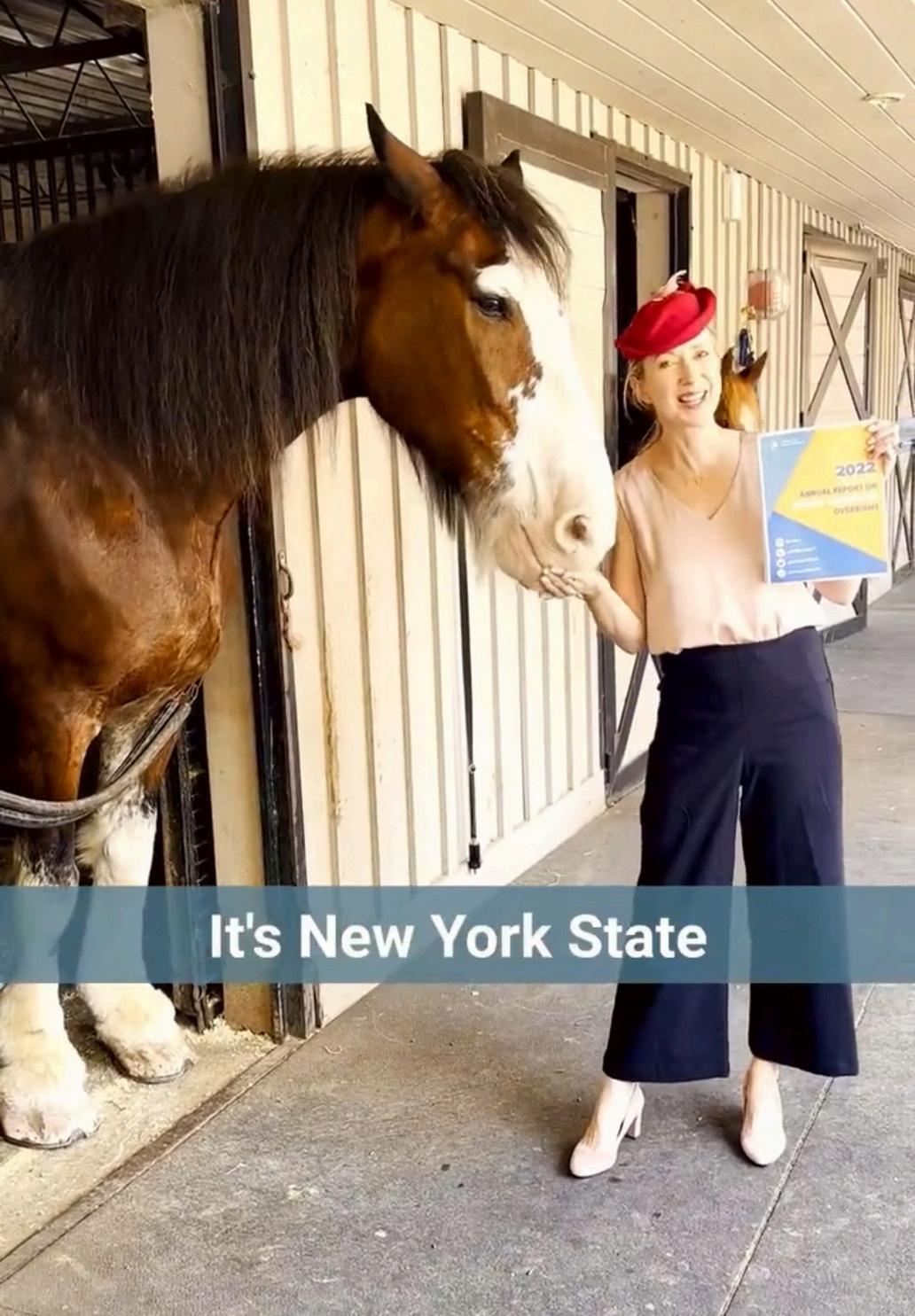

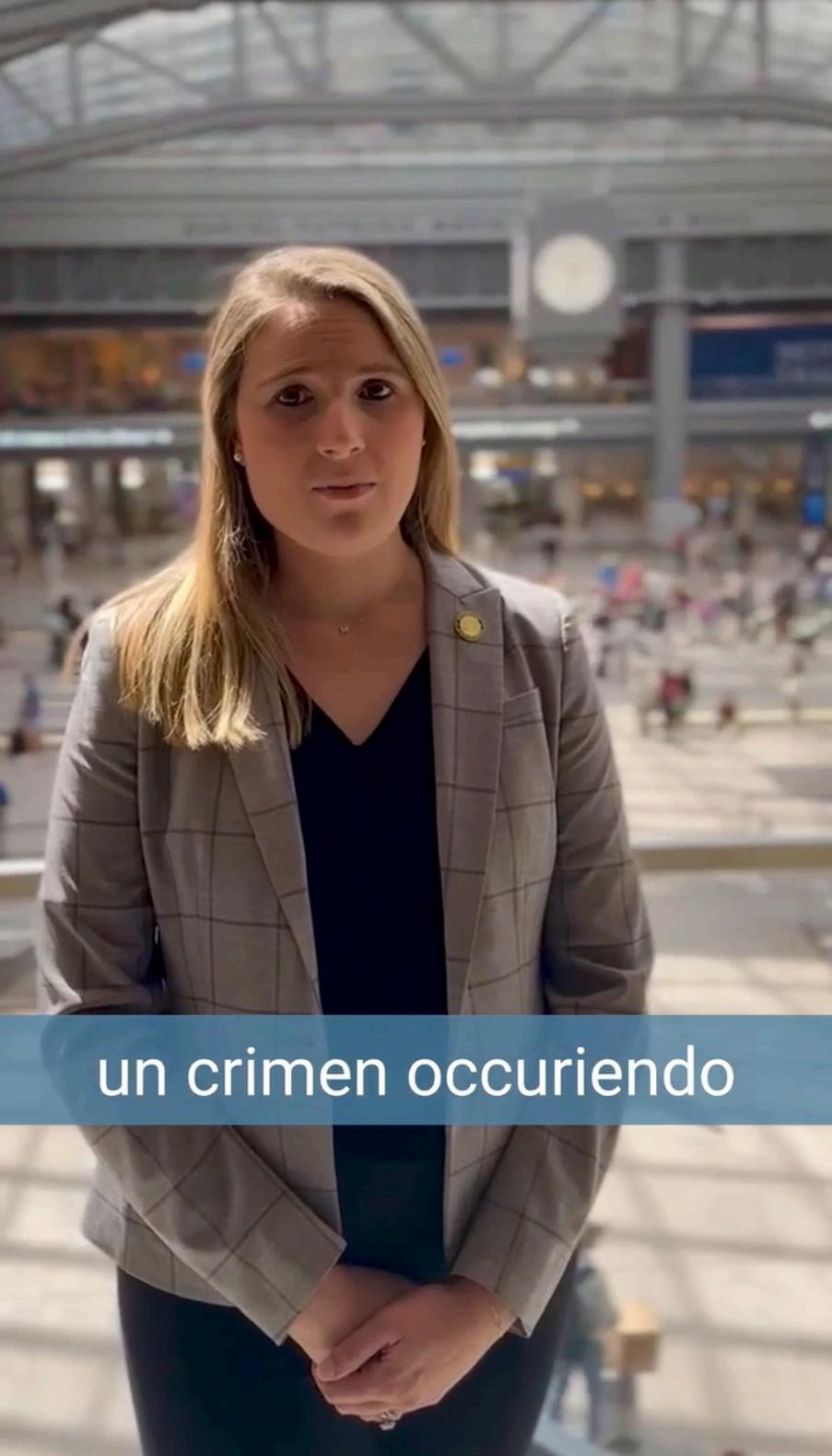






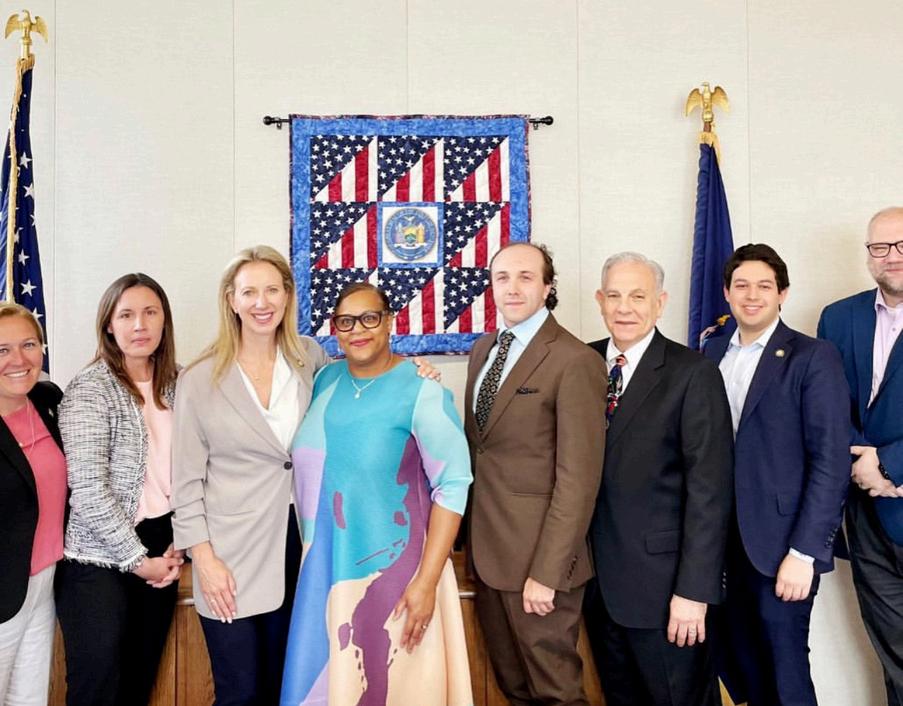

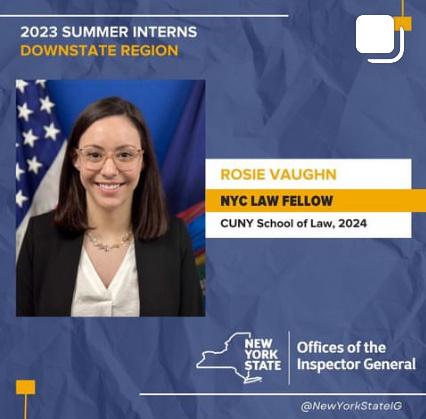
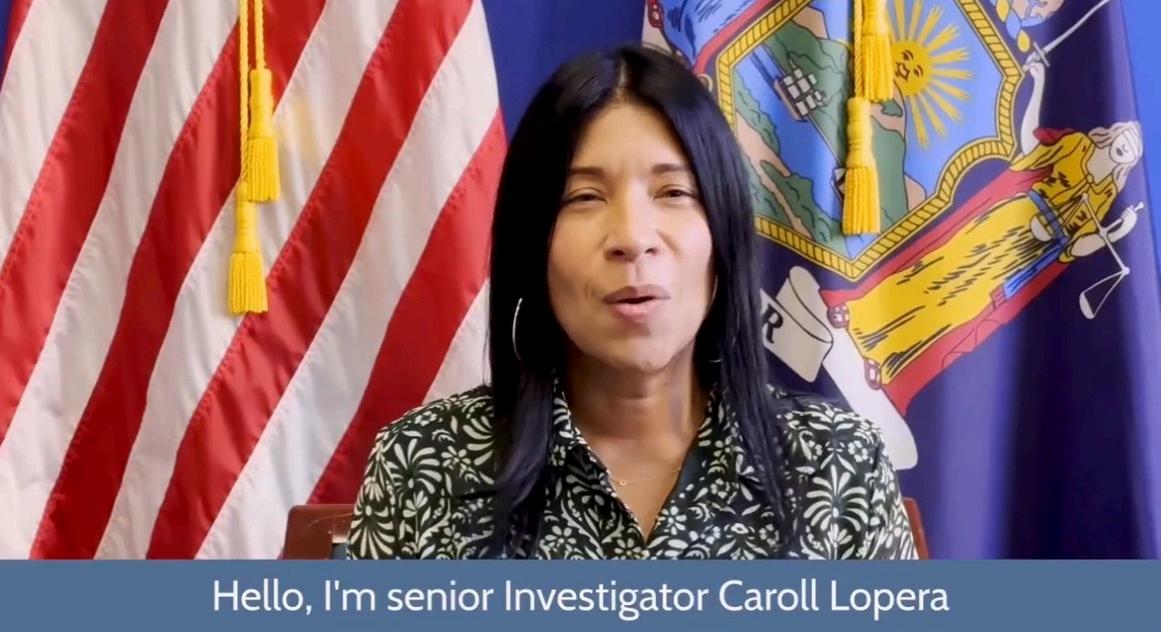

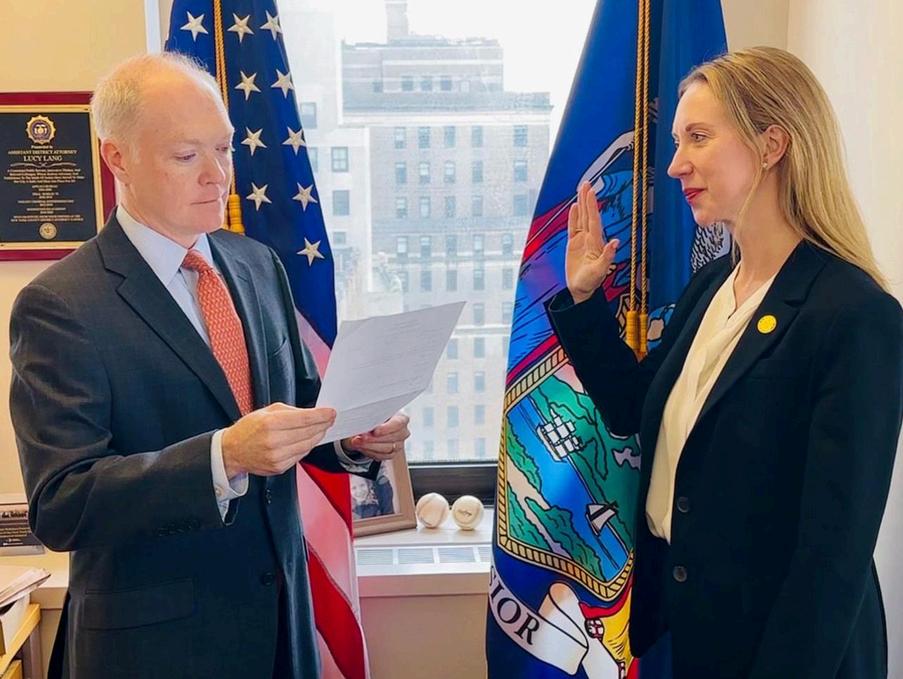

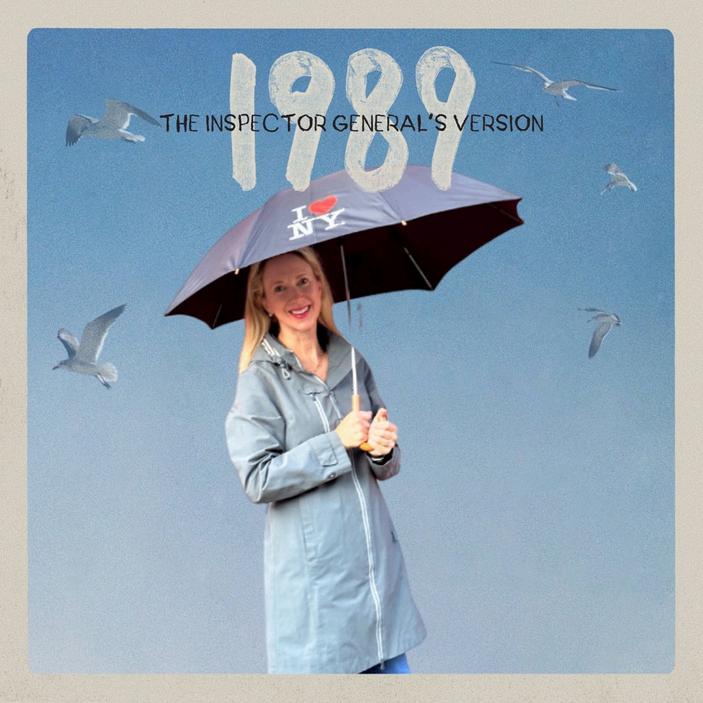



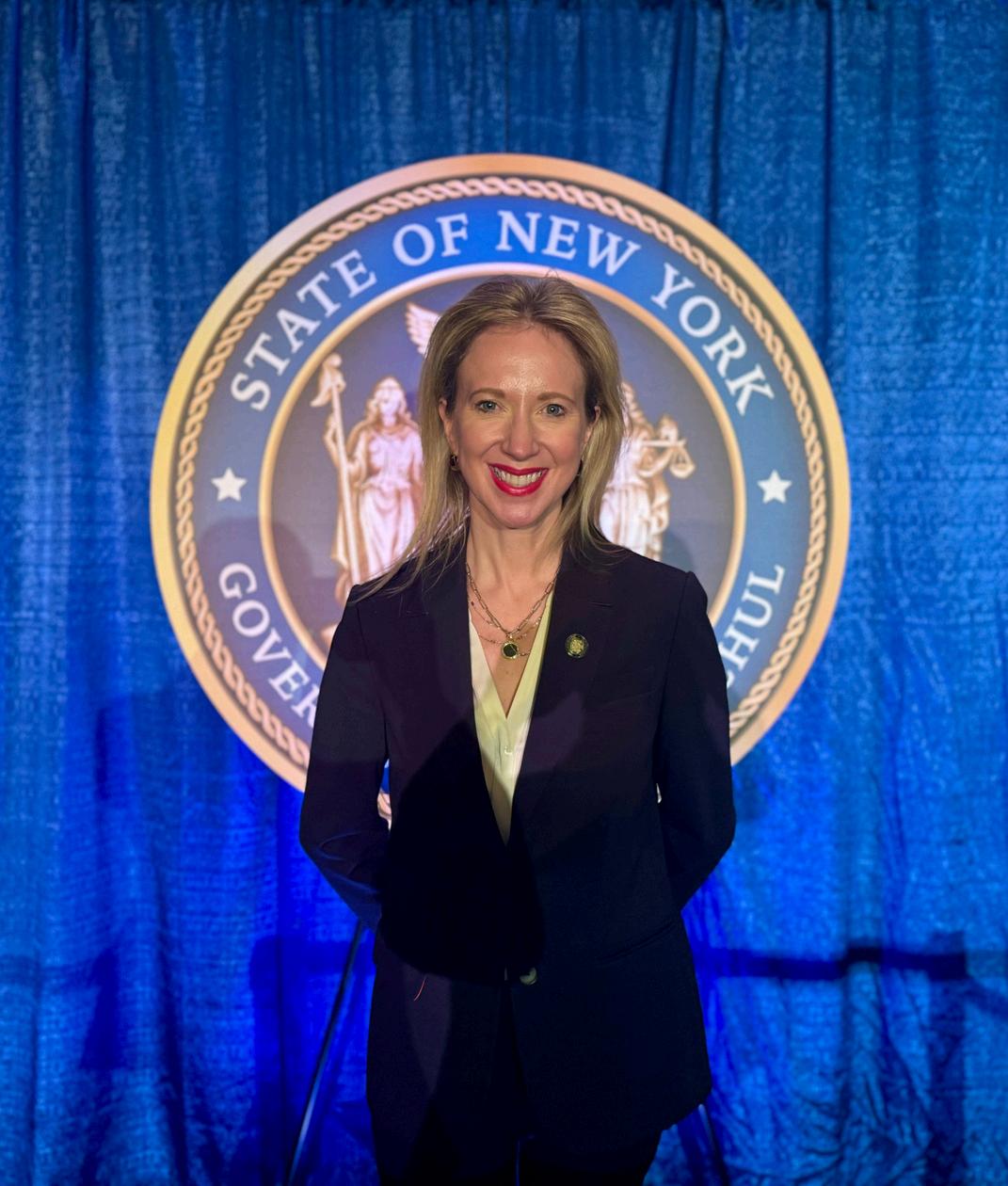
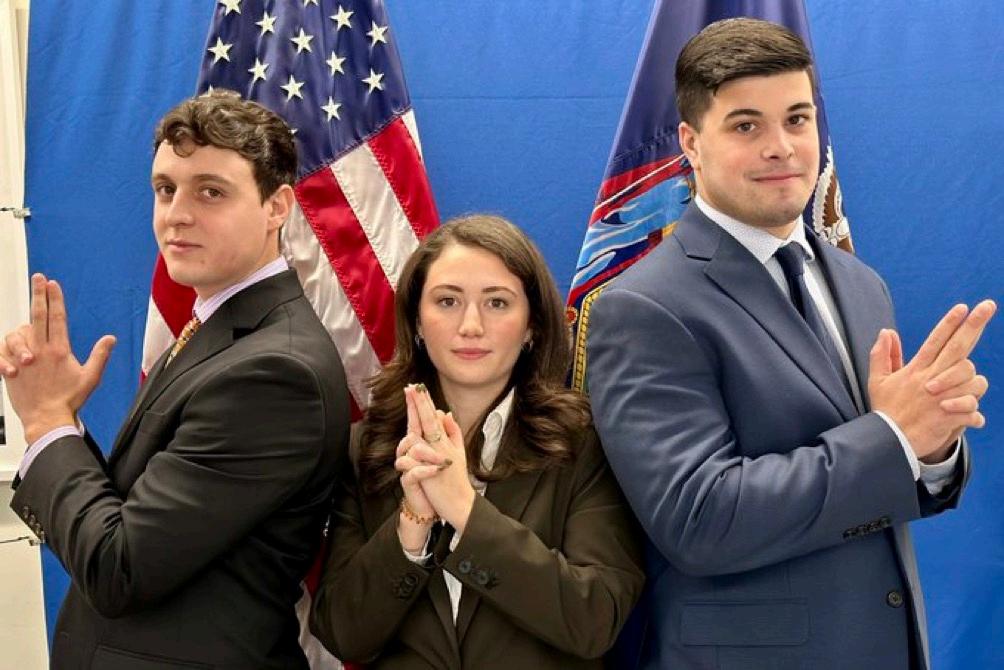


Per Executive Law Article 4-A, executive agency employees have a legal responsibility to report fraud, corruption, criminal activity, and abuse to the Inspector General. To enhance understanding and compliance with this obligation, Inspector General Lang expanded the Office’s efforts to engage with partner agencies & the public by appointing Director of External Affairs Jack Wild.
As a result of these efforts, OIG increased its coordination with local, state, and federal law enforcement, grew its communications and press through the creation of social media accounts, and engaged successfully with the public through printed

Jack Wild Director of External Affairs
The Offices of the Inspector General have had long-standing partnerships with many law enforcement agencies across the state, including district attorneys, police departments, the New York State Police, the Federal Bureau of Investigation, and more. OIG’s External Affairs and Public Outreach division has focused on building new relationships and strengthening existing ones with state agencies, law enforcement, and prosecutorial partners. This work includes communicating OIG’s jurisdiction, how our office can be an important resource for tackling fraud and criminal activity, forming strategic partnerships concerning areas of shared interest, and participating in state and nationwide initiatives
Key meetings, new partnerships, and events over the past year include: attendance at public events
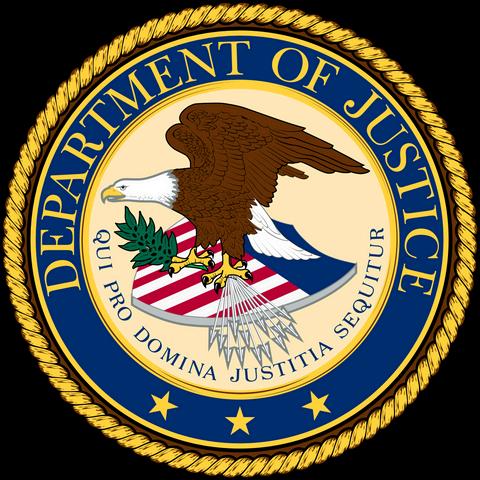

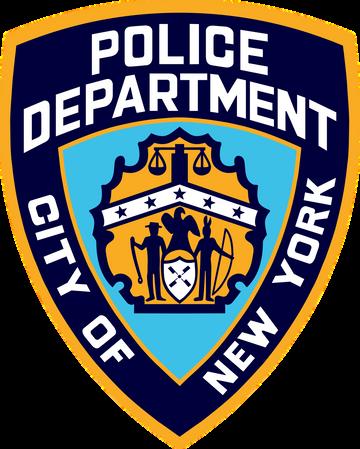


printed materials and atte
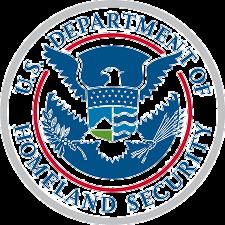

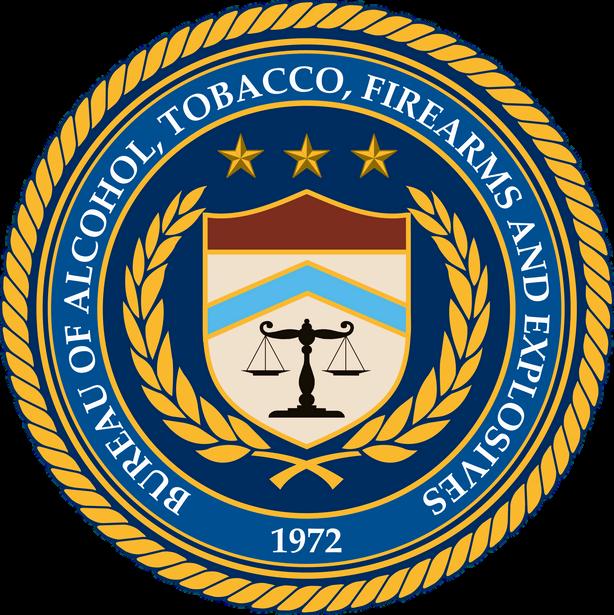







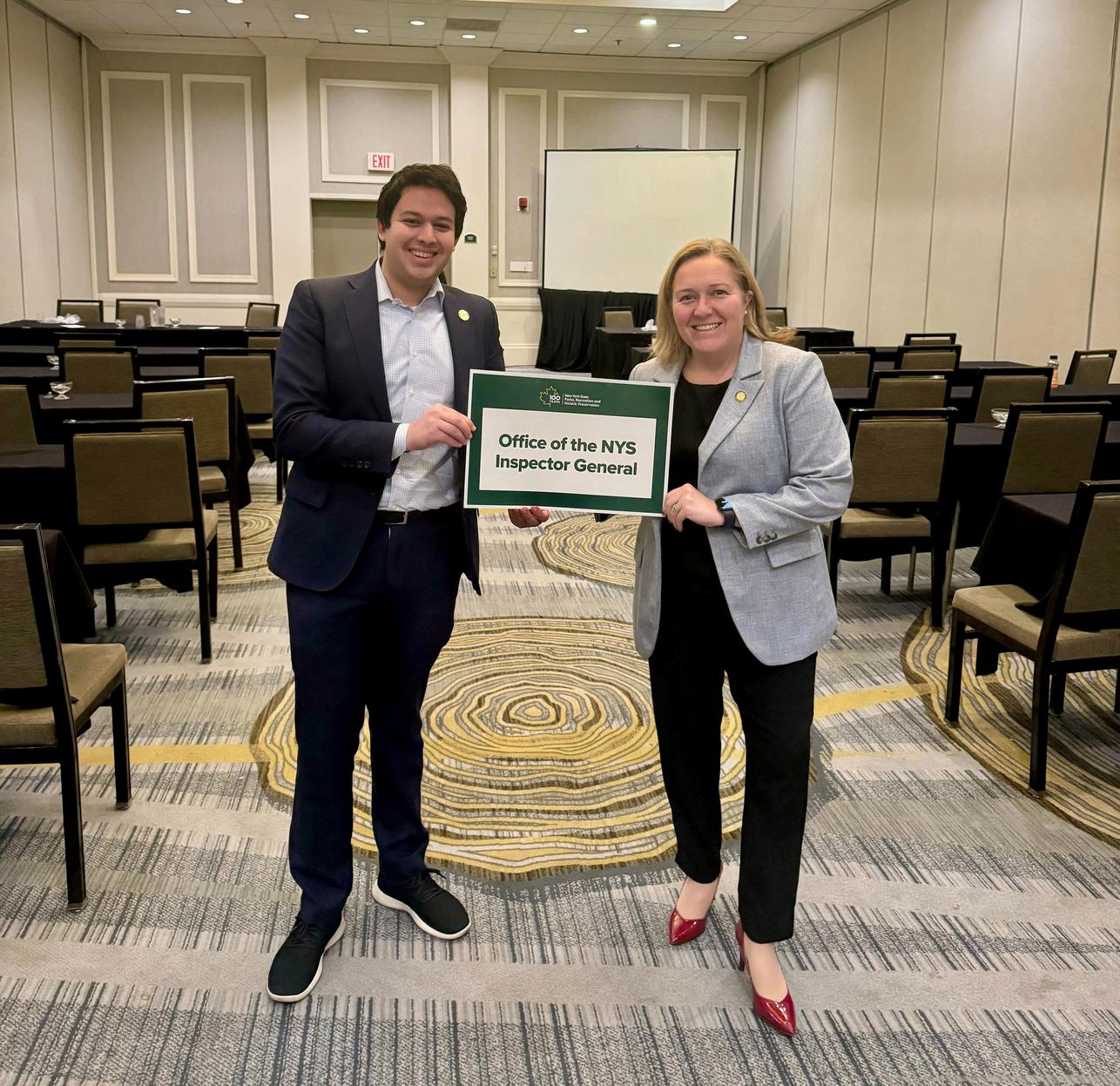
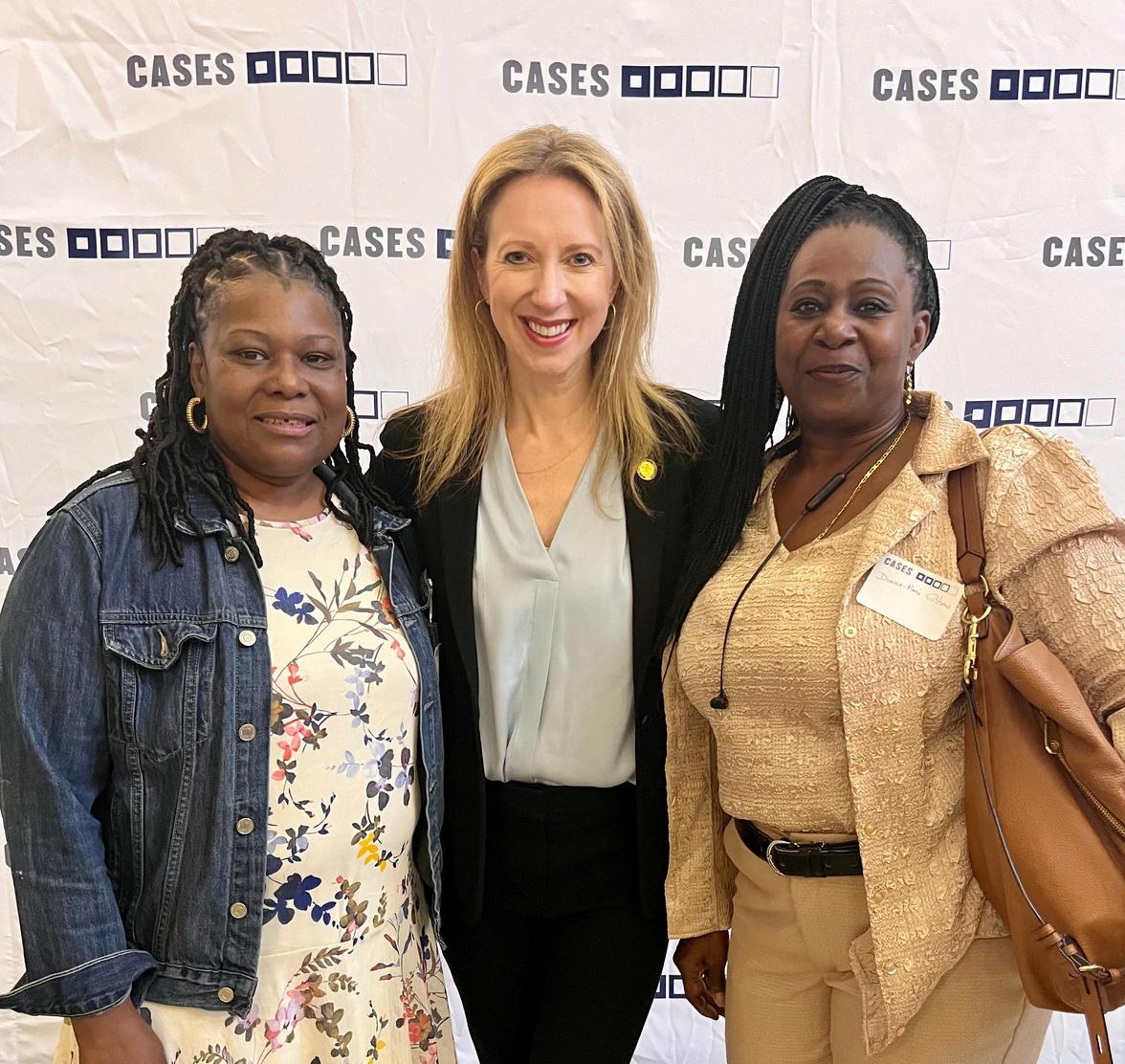
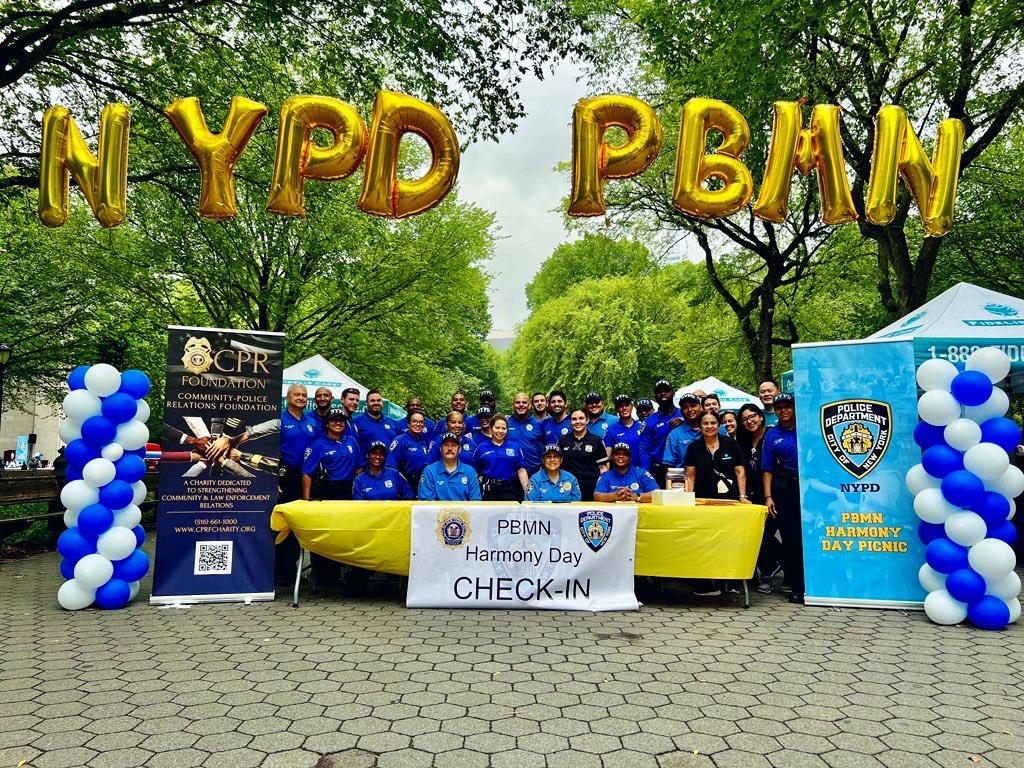
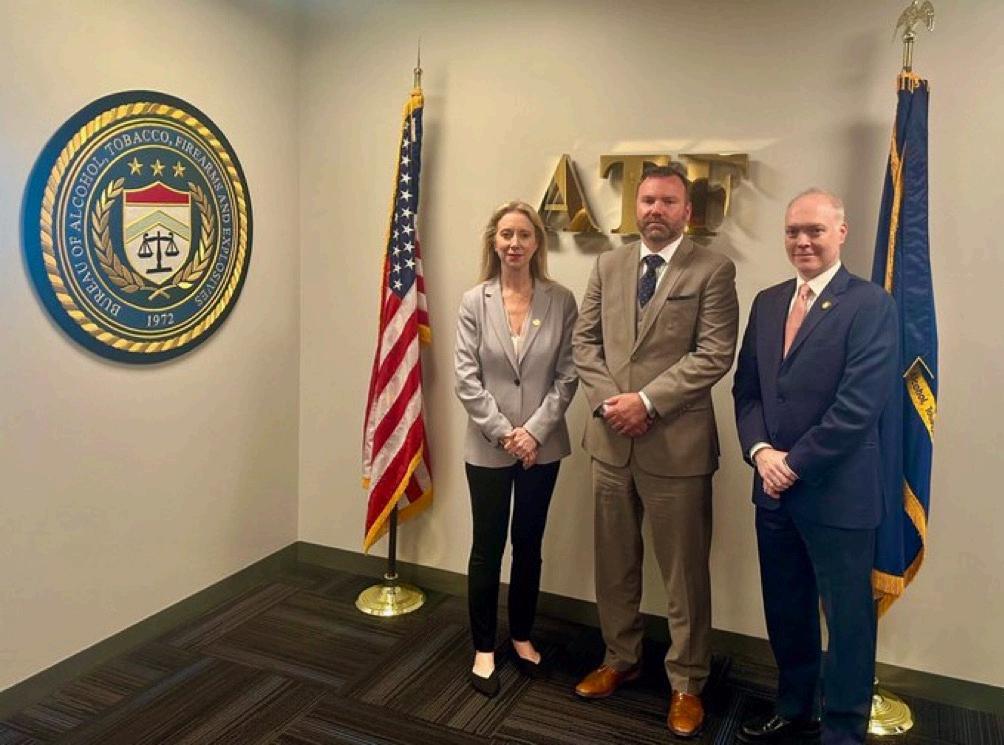
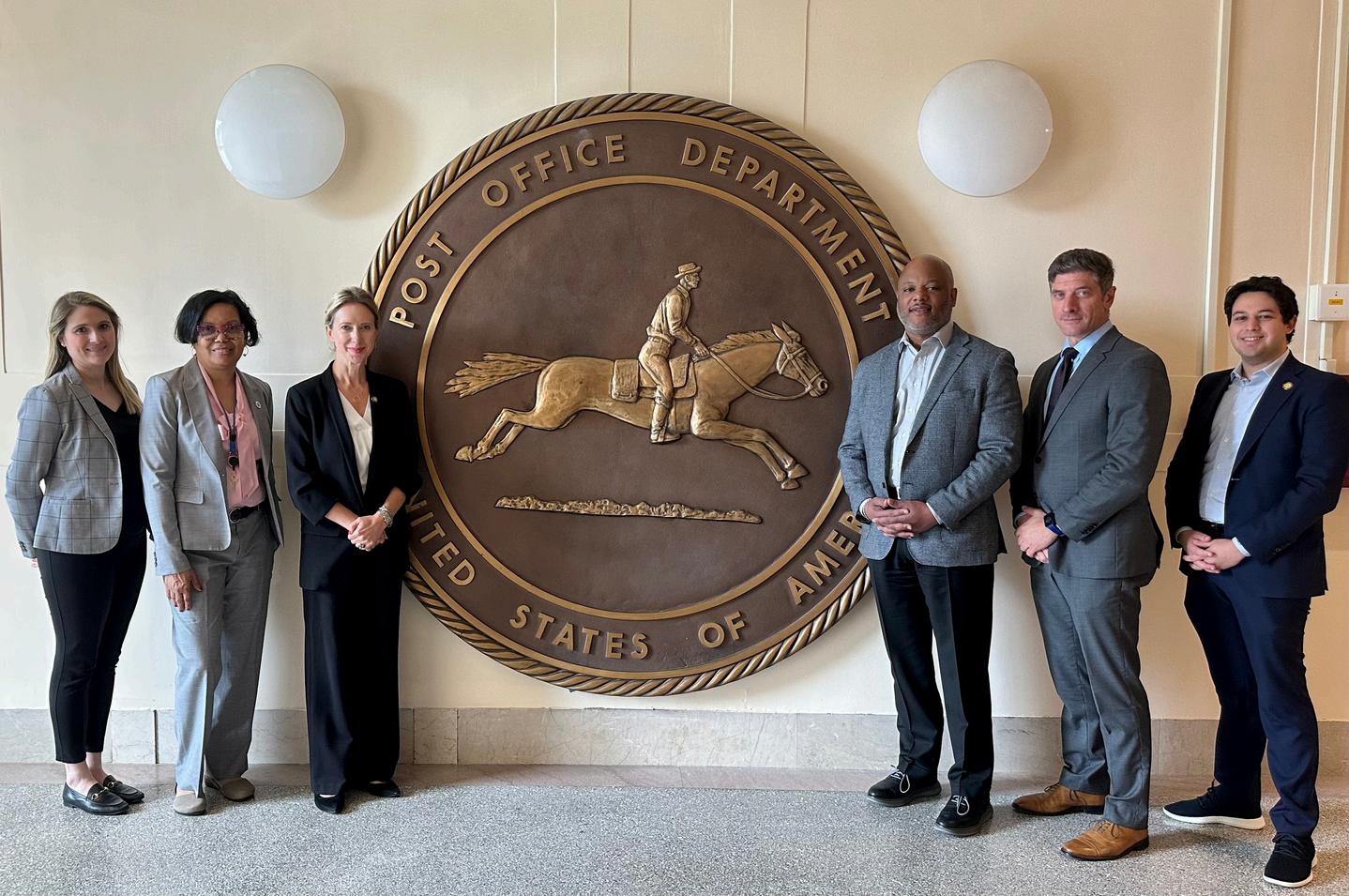


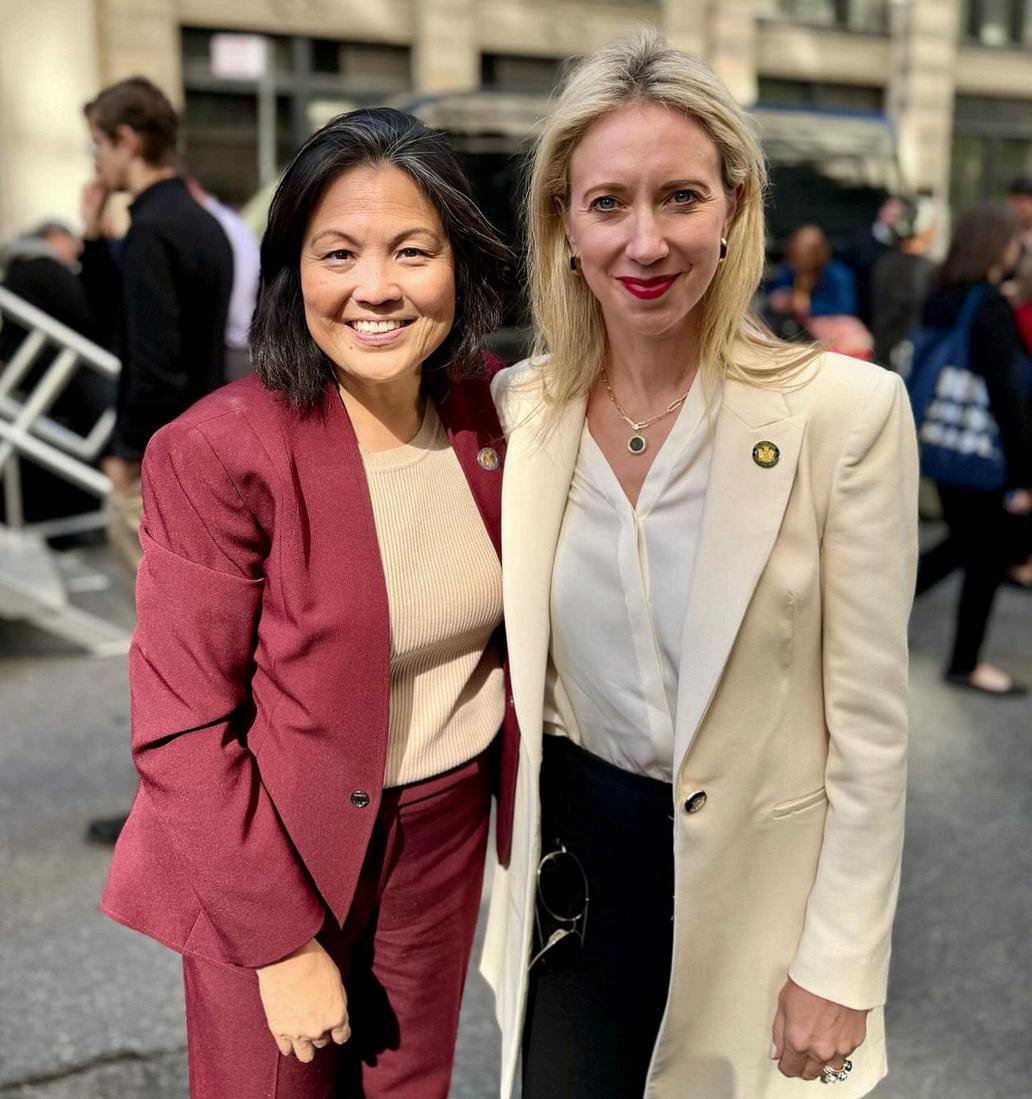

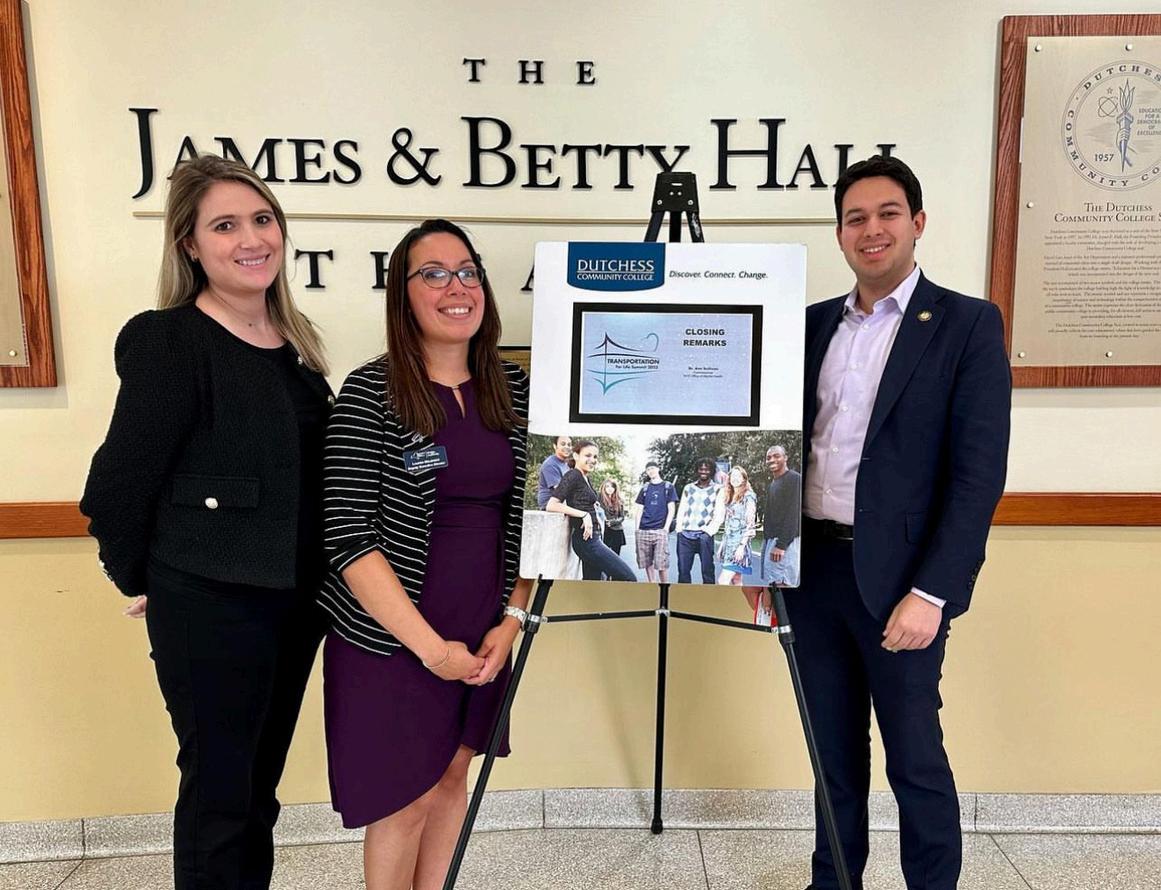
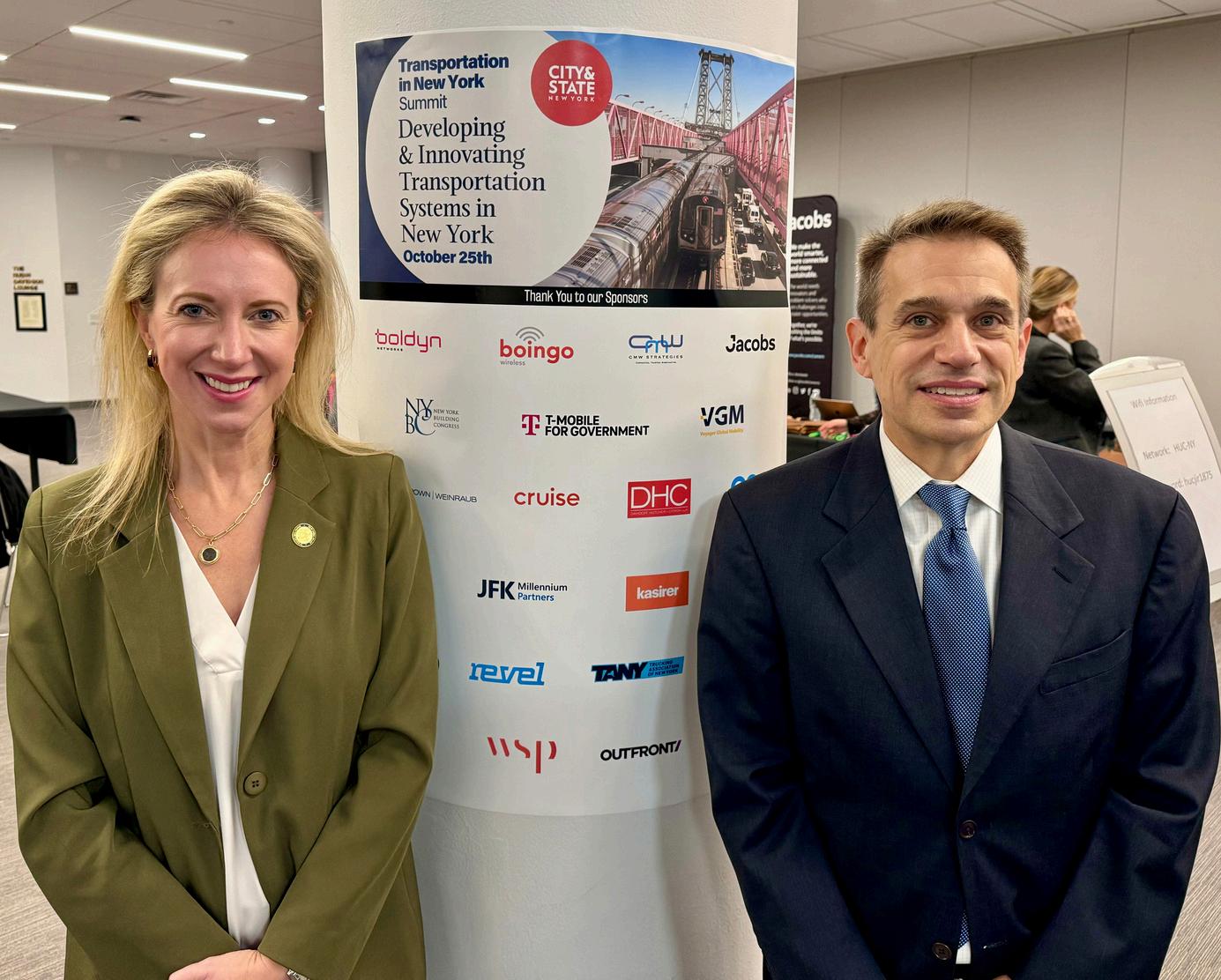




Since 2018, the Offices of the Inspector General has participated in a working group led by the Department of Justice’s Antitrust Division. The Antitrust Working Group is comprised of federal, state, and local inspectors general offices working collaboratively to address diverse antitrust and procurement issues. The working group meets on a quarterly basis. This cooperative effort aims to ensure fair competition, prevent monopolistic practices, and uphold integrity in government contracts. OIG has actively worked on cases stemming from this collaborative group, contributing to the pursuit of a transparent and competitive marketplace.

In 2023, the Offices of the New York State Inspector General joined the Construction Fraud Task Force, a task force coordinated by the New York County District Attorney’s Office, which identifies, investigates, and prosecutes corruption and fraud in the construction industry. Launched in 2015, the first-of-its-kind investigative partnership brings together New York City, New York State, and federal agency partners to investigate criminal health and safety lapses in the construction industry, including worksite fatalities, safety hazards, and issues of construction corruption and fraud in the New York City area.
Since 2023, Offices of the New York State Inspector General Investigative Counsel Jonathan Schultz has served as a Fraud Prevention and Financial Controls Senior Advisor for the United States Department of Agriculture’s (USDA) Discrimination Financial Assistance Program (DFAP) DFAP is a $2 2 billion program established by the Inflation Reduction Act, which provides financial assistance to producers who experienced discrimination in the USDA’s Farm Lending Programs. In this role, Schultz’s work contributes to developing fraud controls, audit protocols, conducting operational assessments, and leading the USDA team discussion on fraud prevention and financial controls during weekly status update meetings.

To increase interagency collaboration and to learn more about New York State’s infrastructure, OIG partnered with the New York State Bridge Authority to tour their operations center and all six bridge structures: Bear Mountain, Newburgh-Beacon, MidHudson, Kingston-Rhinecliff, Rip Van Winkle, and the Walkway Over the Hudson
These visits throughout the summer of 2023 brought together senior staff and interns from both agencies and created a strong partnership between the two Thank you to the Bridge Authority for sharing their rich history and for their hospitality!

The External Affairs and Public Outreach Division is responsible for seeking out and coordinating opportunities for staff to engage with members of the public about our work. This expanded outreach directly aligns with the Inspector General’s transparency plan and the Division’s goal to increase the public’s knowledge about our mission, jurisdiction, and investigative outcomes.
At outreach events, OIG staff distribute materials including informational fliers, palm cards, pens, and other items, while connecting with community members about our work.
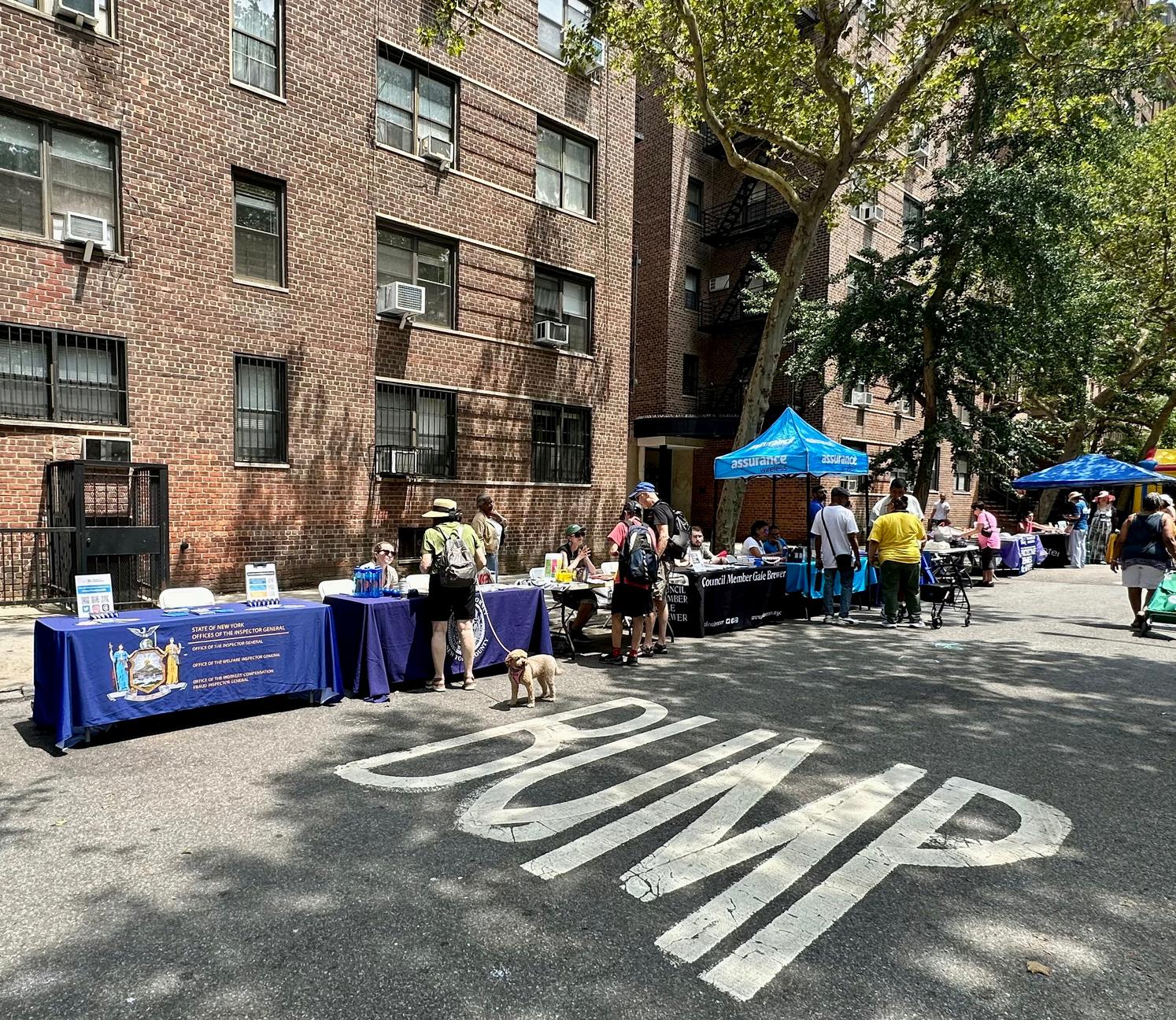
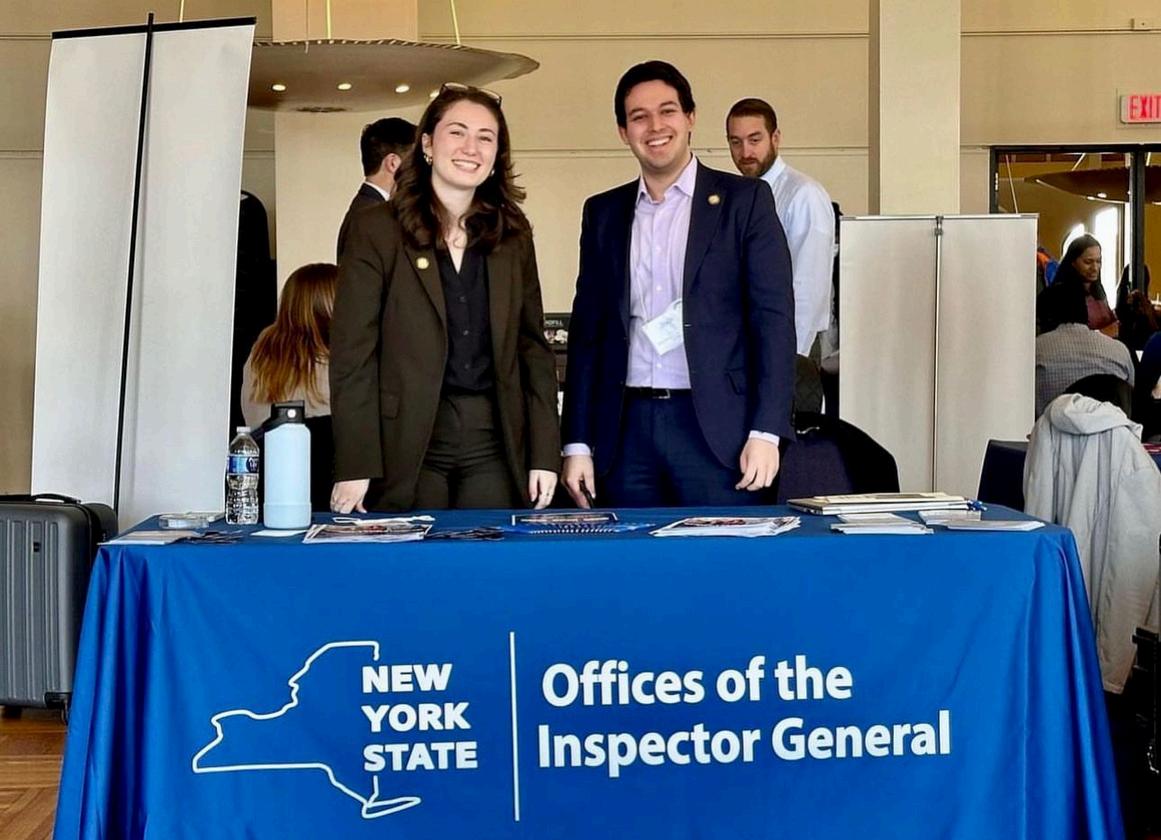
O O U U T T R R E E A A C C H H









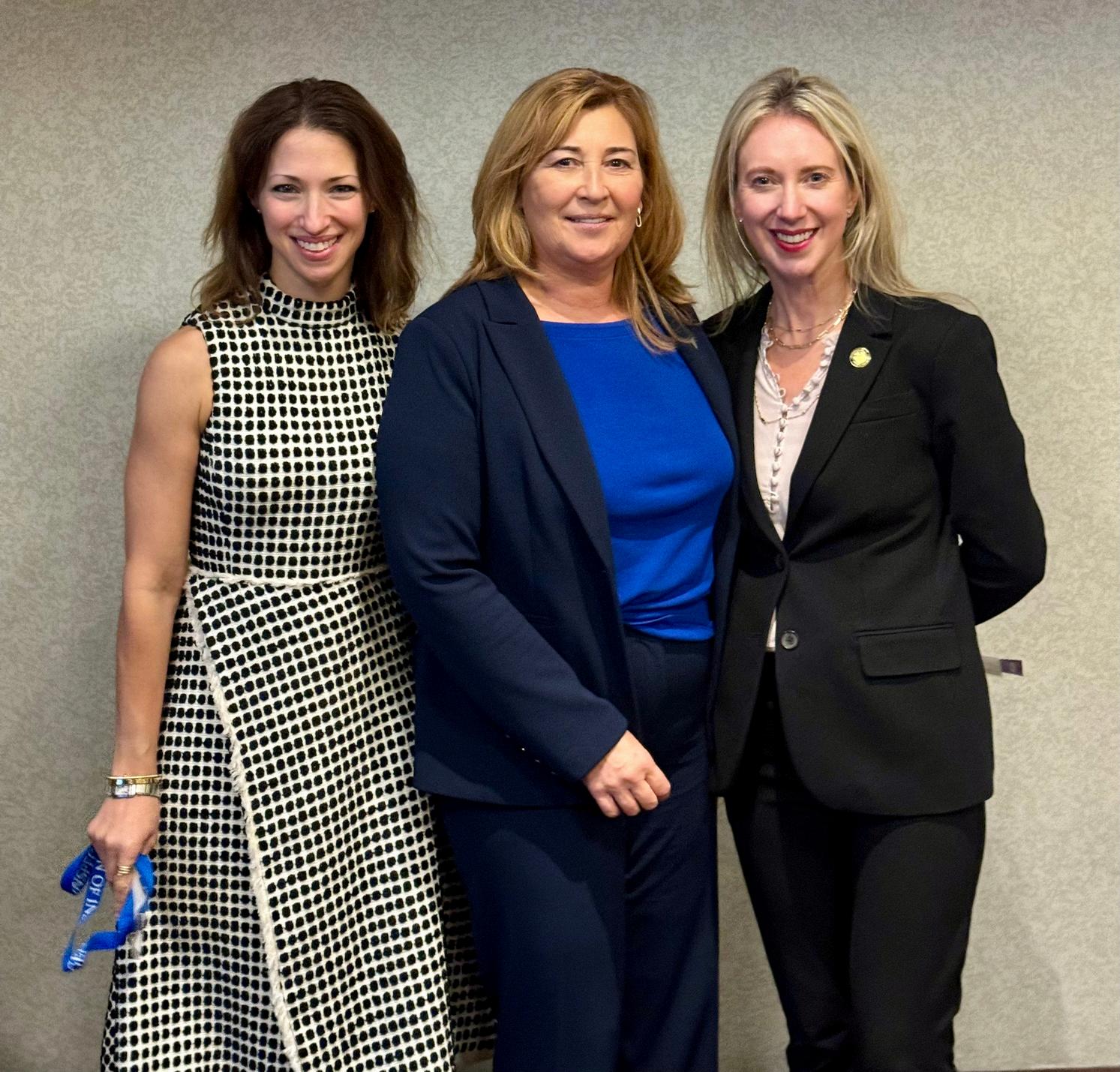
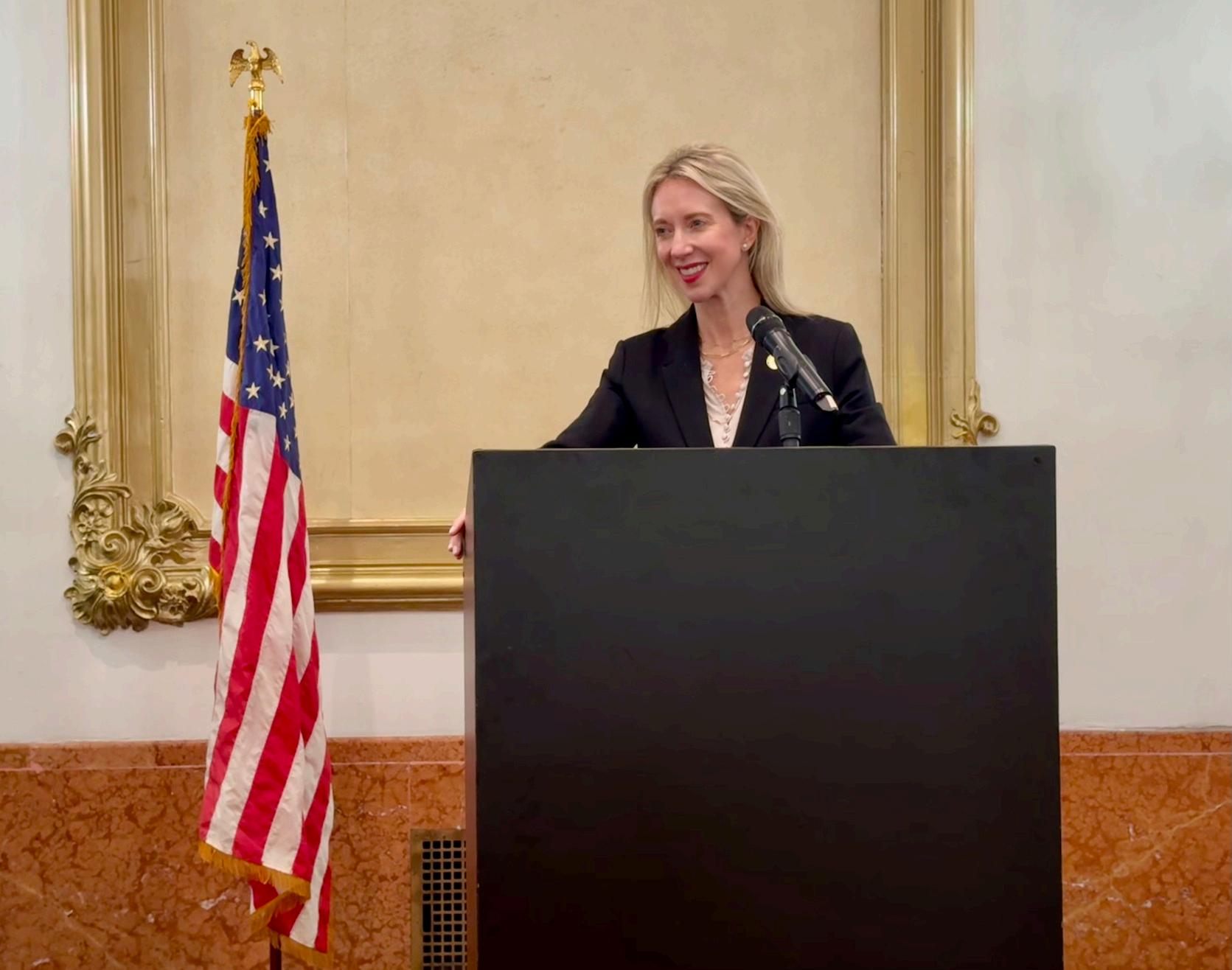
In October 2023, OIG co-hosted the Association of Inspectors General 2023 Annual Training Conference in New York City, partnering with the NYS Department of Corrections and Community Supervision Office of Special Investigations, Metropolitan Transportation Authority OIG, and the NYC Department of Investigation This was the Association’s mostattended conference in its history, with 500 colleagues in oversight joining us from 39 states, 3 countries, and 2 territories. During the conference, IG Lang delivered the introductory address and spoke on a panel with City of Chicago Inspector General Deborah Witzburg and City of Montréal Inspector General Brigitte Bishop about the importance of communications and how NYS-OIG is a leader in the modernization of these efforts.
OIG staff members were instrumental in the year-long planning process, serving on Executive Leadership as well as the Public Affairs and Programming committees.

Since Inspector General Lucy Lang’s appointment, OIG has reimagined its approach to press This strategy simultaneously launches OIG into a new era of transparency while remaining steadfast in our commitment to the confidentiality that a thorough and independent investigative process requires. At its core, OIG’s media efforts are driven by a goal to elevate the hard work of its investigators, auditors, and attorneys. To achieve this goal, OIG’s Public Information Officers (PIOs) have proactively built relationships with members of the media, including journalists, producers, and editors Specifically, this proactive outreach has involved ensuring that the press understands OIG’s jurisdiction and responsibilities.
To date, IG Lang has been interviewed approximately 50 times across all major mediums, including print, television, radio, and web The Inspector General also wrote essays and opinion pieces in an effort to elevate and draw attention to areas of OIG’s work
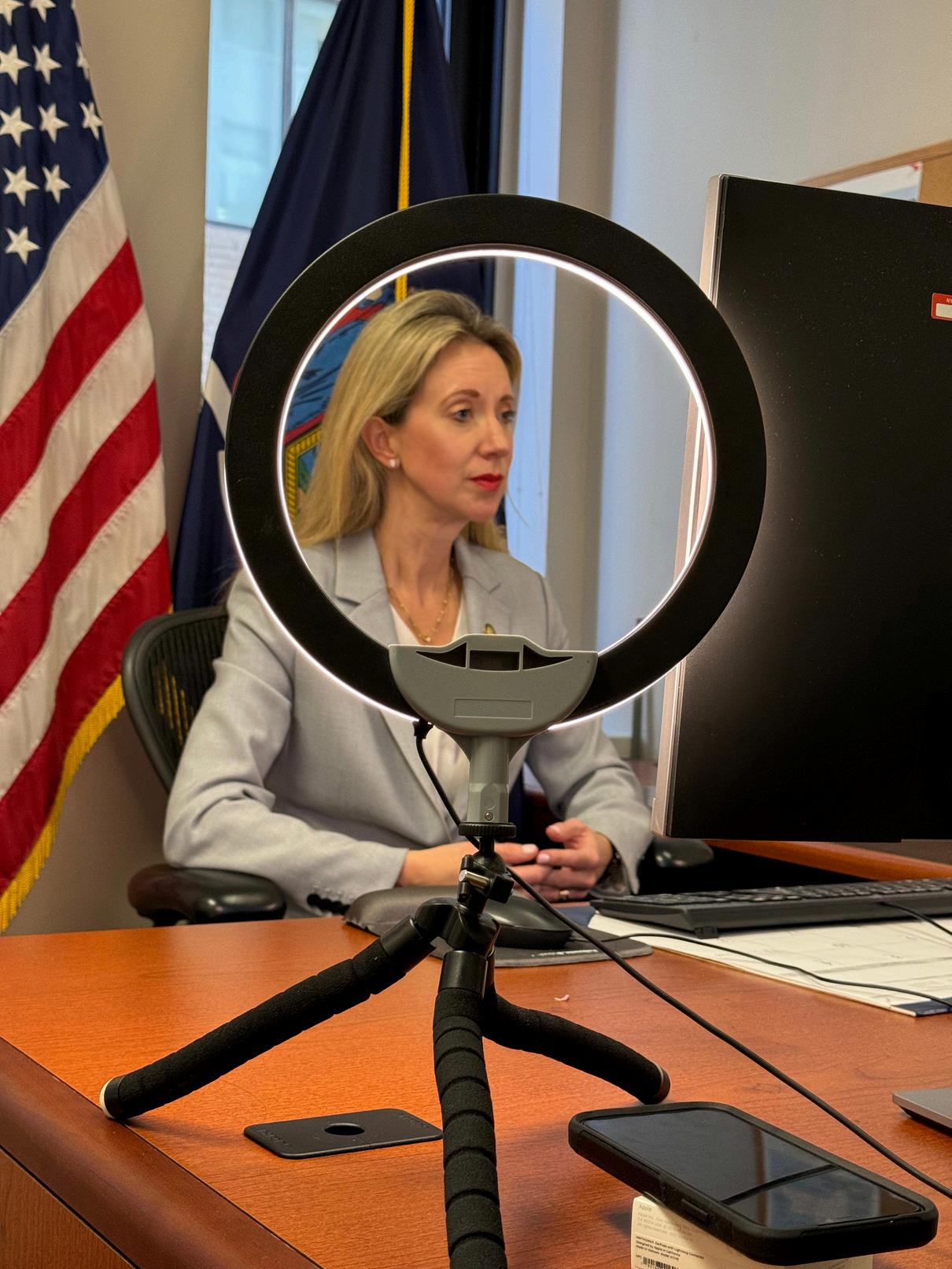


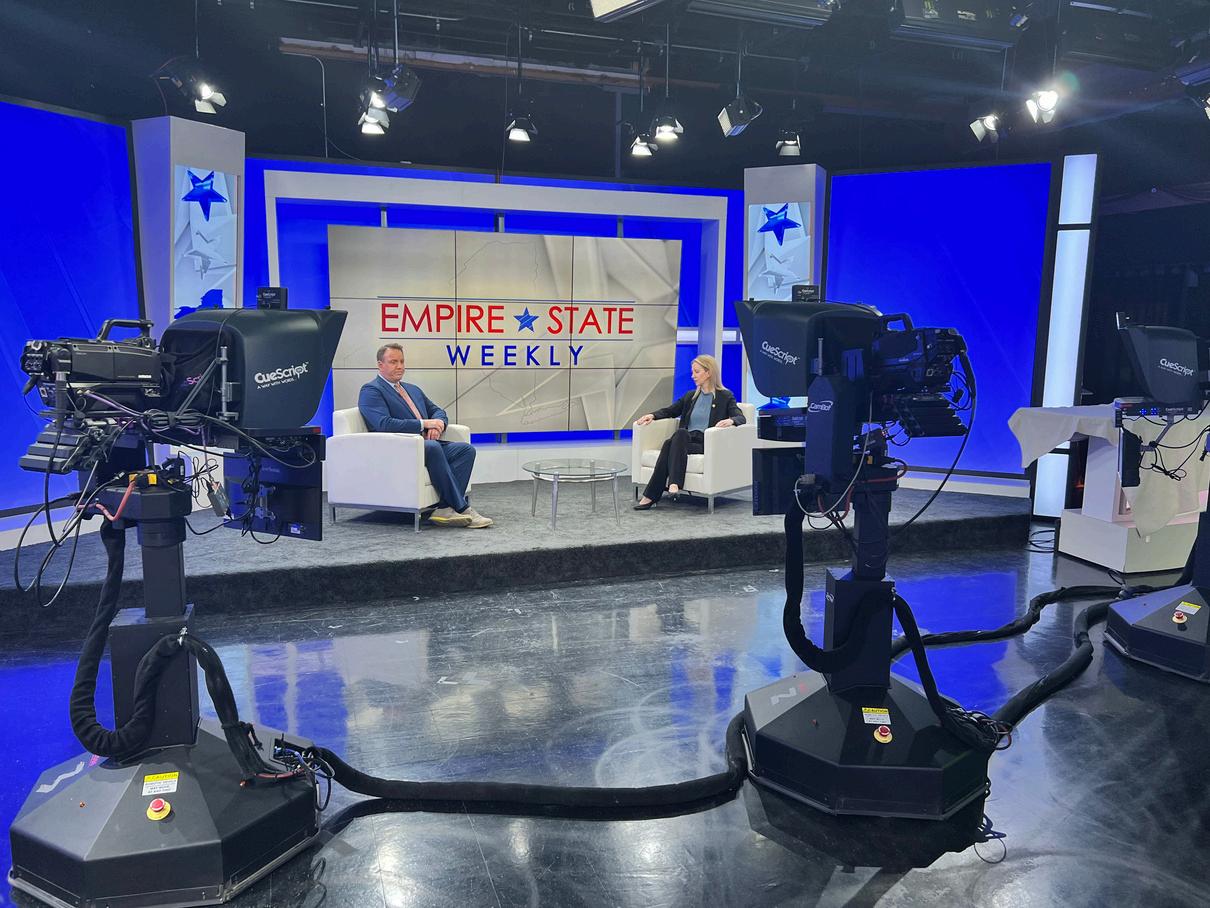
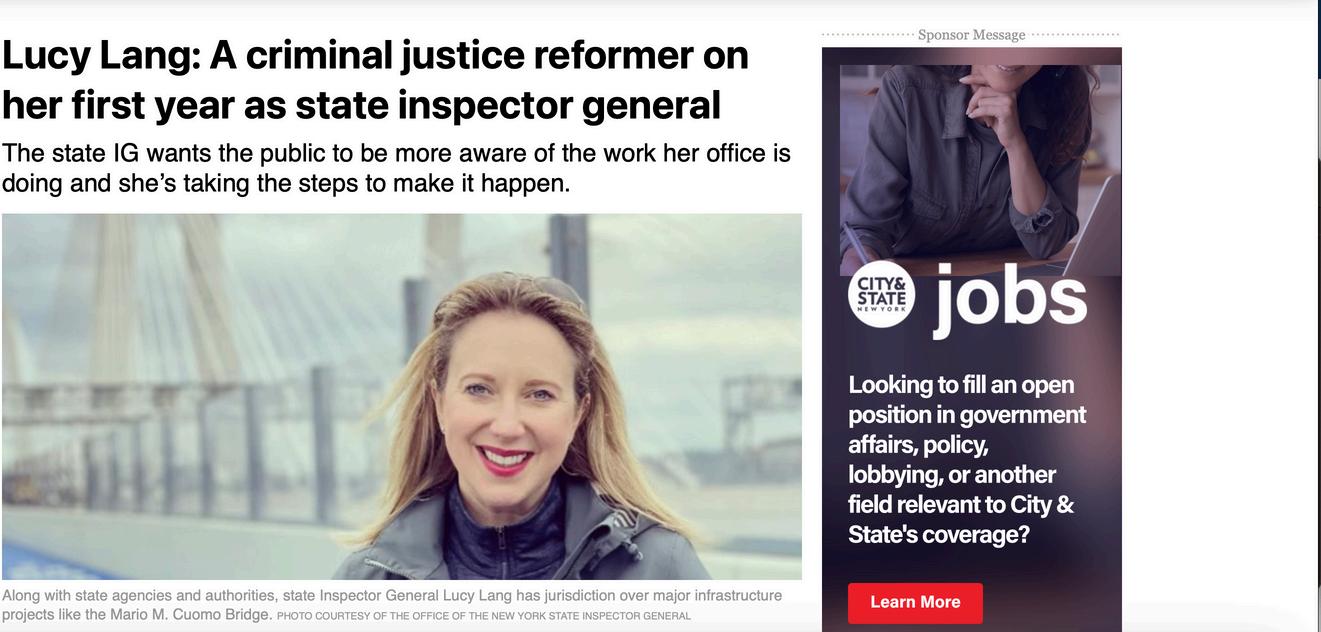



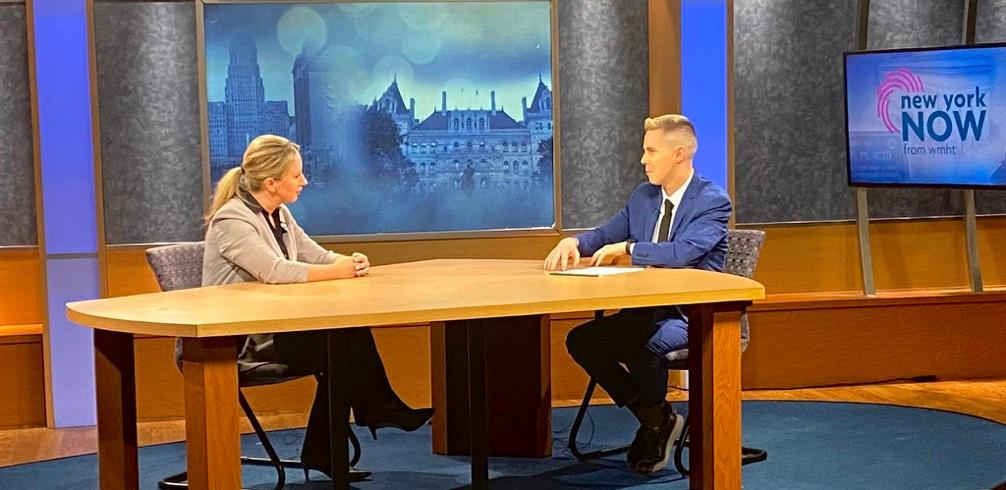



Over the past two years, OIG developed comprehensive materials that communicate the Office’s work and jurisdiction and inform members of the public of how they can report fraud, misconduct, and criminal activity in state government

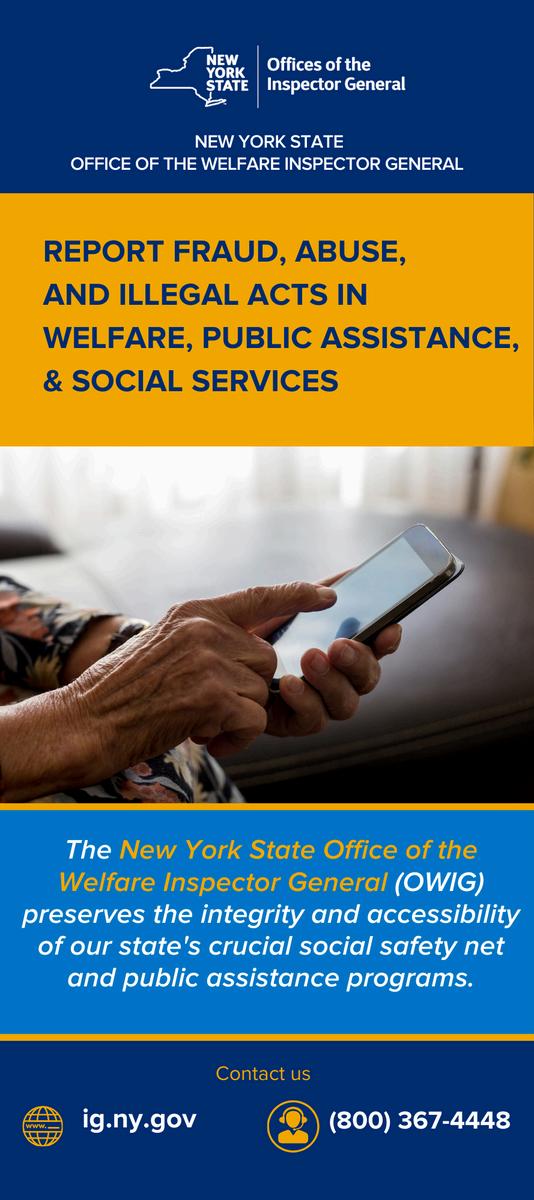





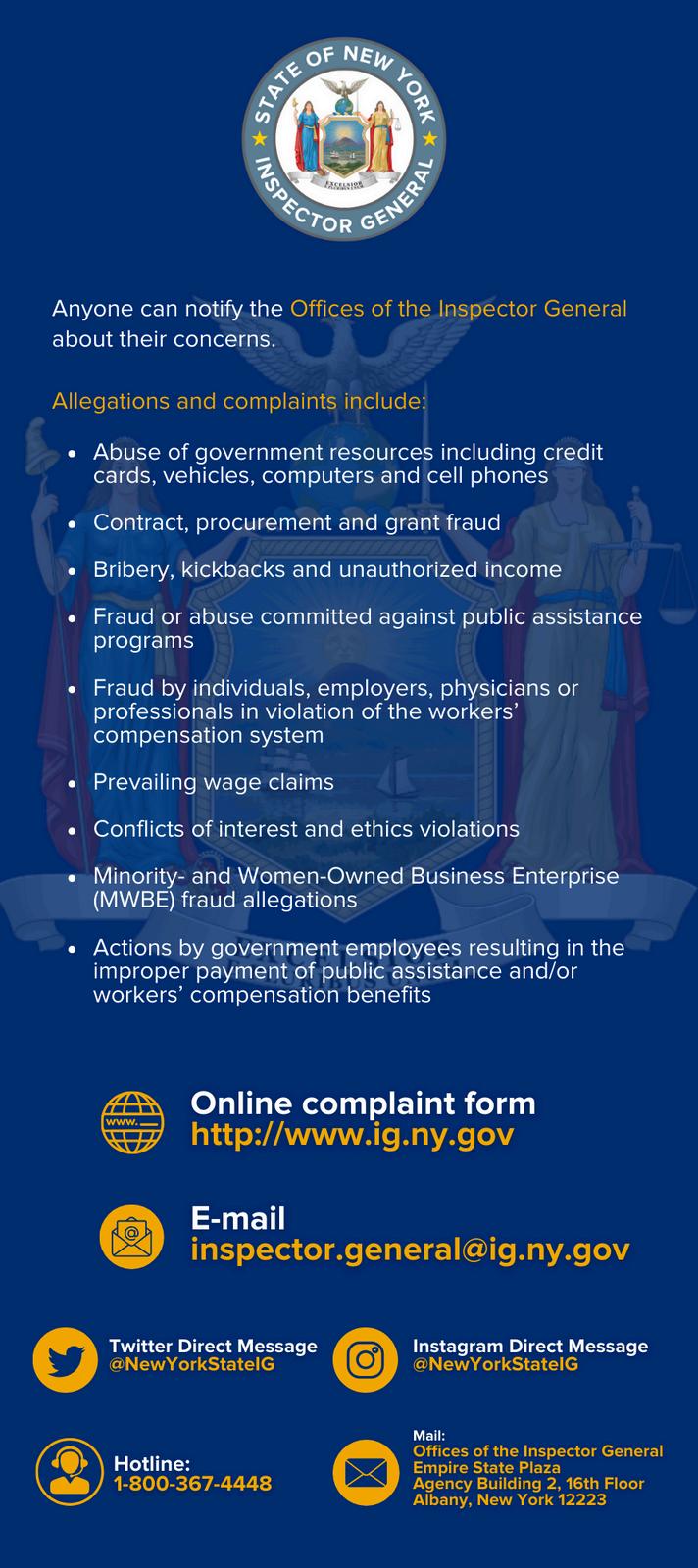

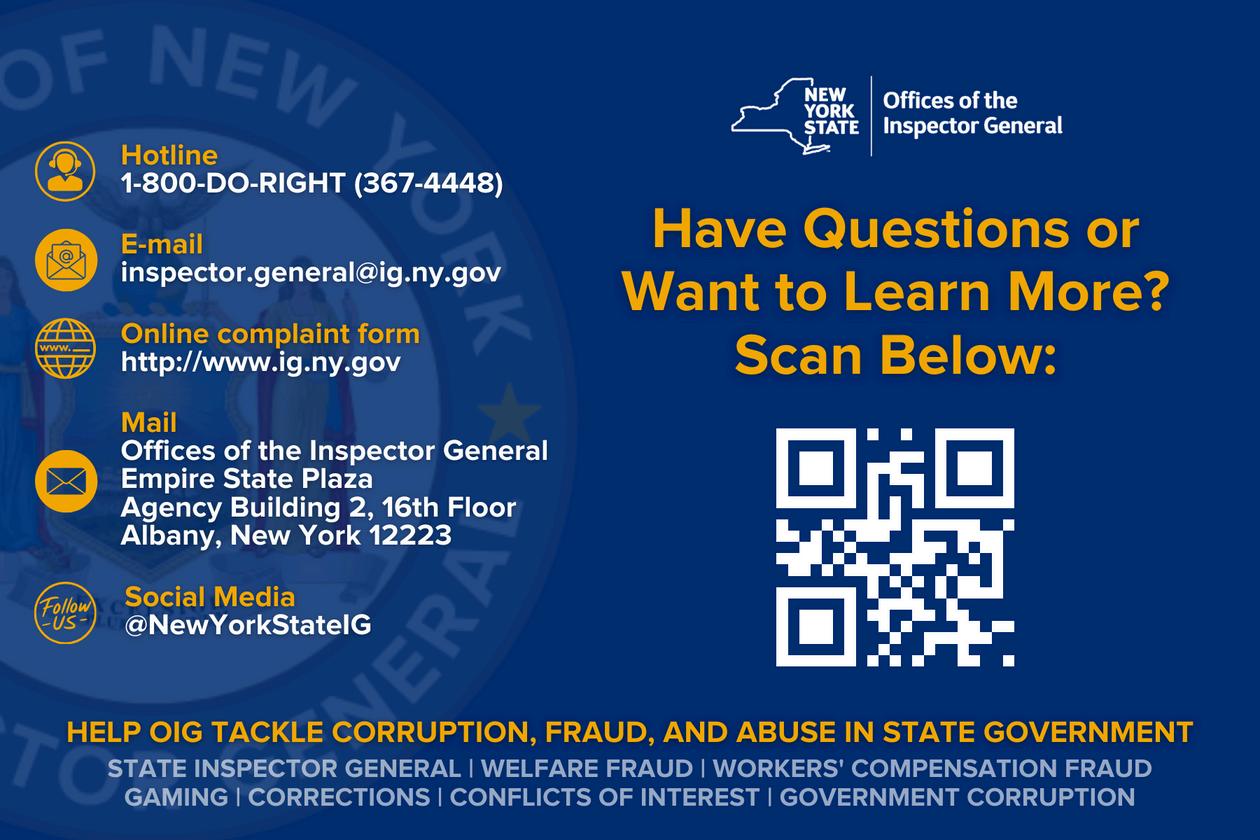

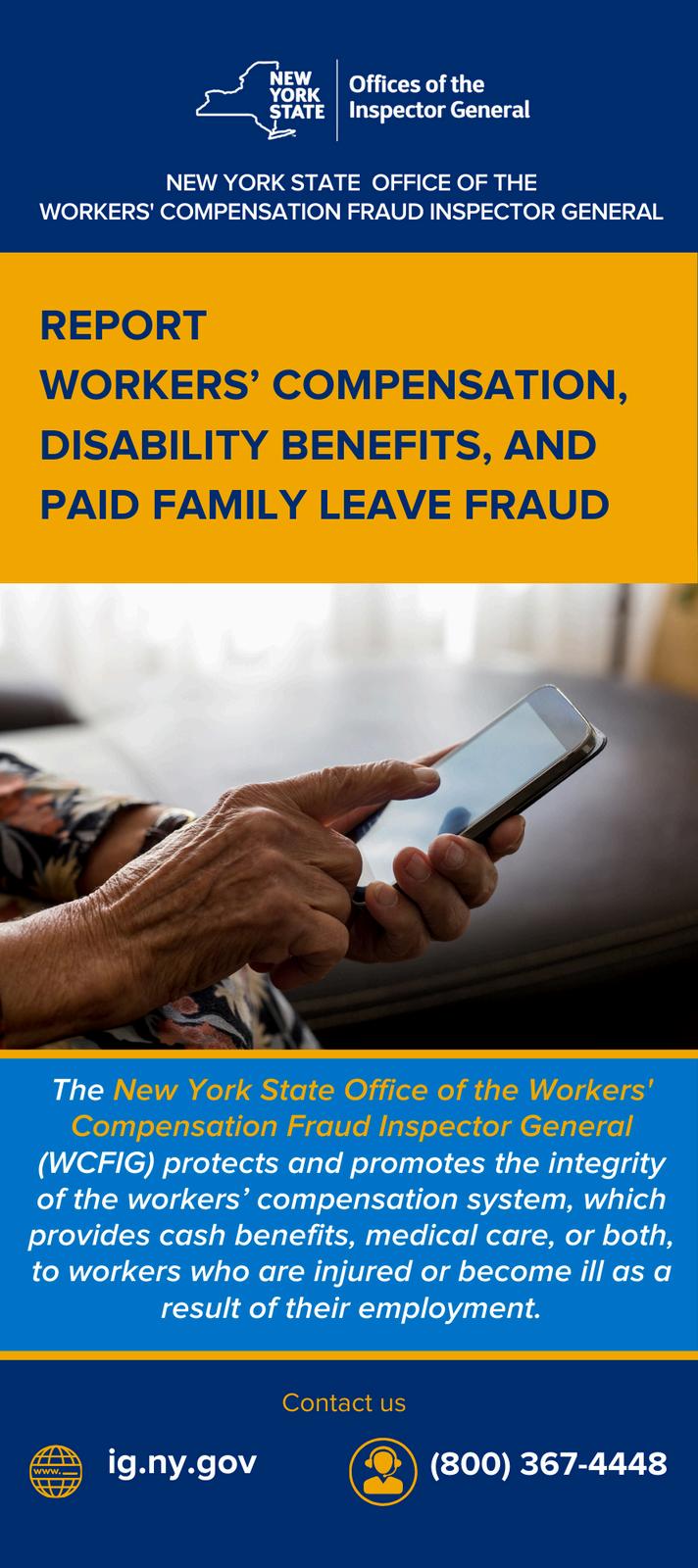



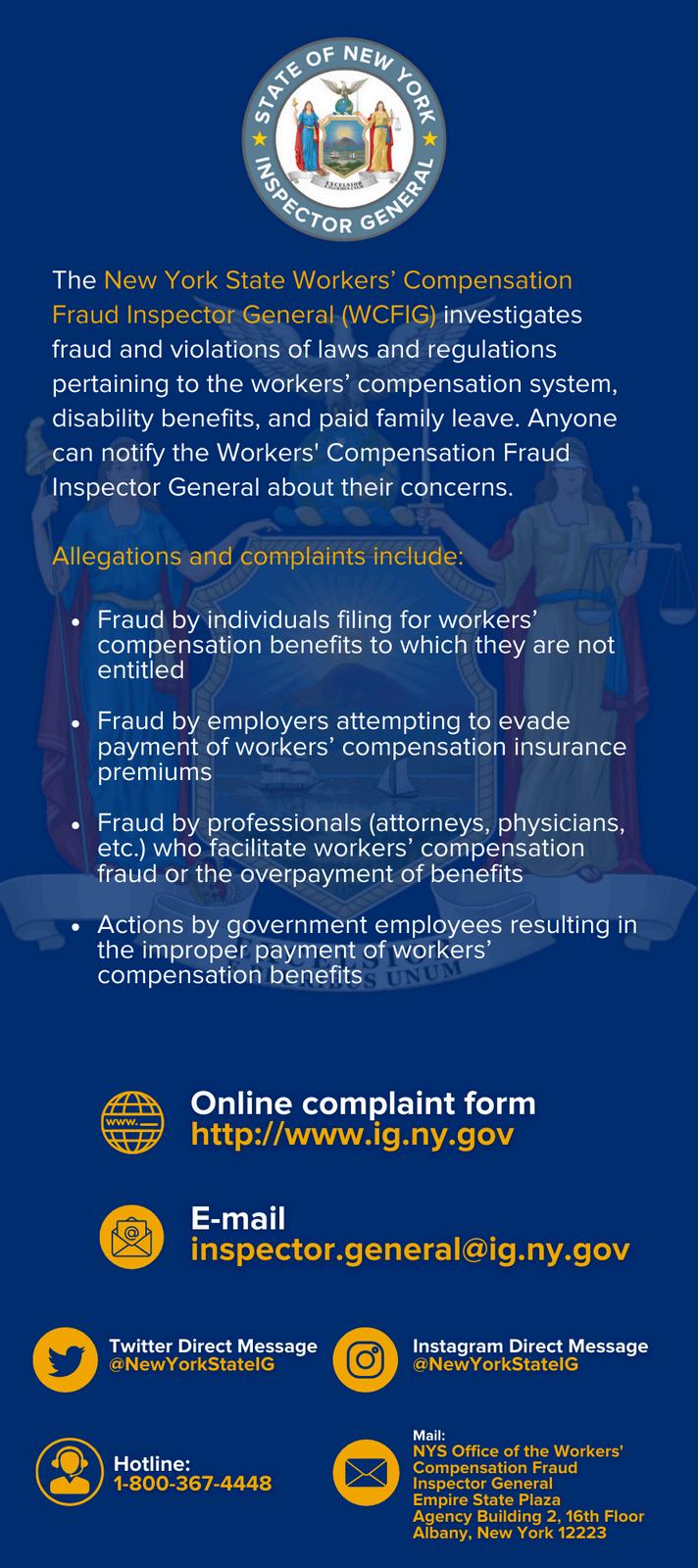
Inspector General Lang created new Attorney-inCharge positions focused on high priority areas for the agency These new positions, Attorneyin-Charge for Department of Corrections and Community Supervision (DOCCS) Matters and Attorney-in-Charge for Special Investigations, are additions to the existing Attorney-in-Charge portfolio which included the Attorney-in-Charge for Workers’ Compensation Fraud and Attorney in-Charge for Welfare Fraud. The four Attorneys in-Charge carry their own caseload and repor directly to the Chief Deputy Inspector General They also assist in the supervision o investigations and focus on identifying concerning trends within their subject areas.


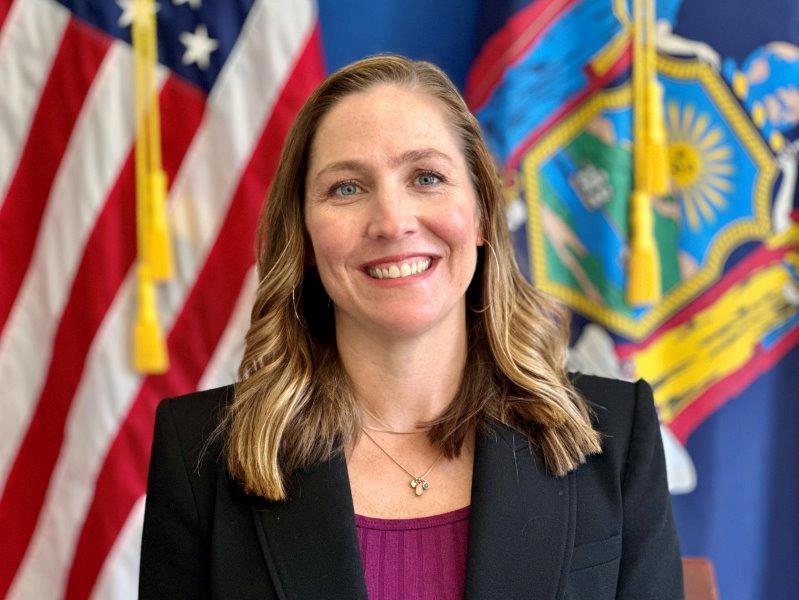

As part of Inspector General Lang’s commitment to effectively and efficiently allocate Office resources based on public need, and noting the volume of complaints reported to the Office in and around Long Island, OIG created a full regional office located in Suffolk County, Long Island

Jean Carsey Deputy Inspector General Long Island Regional Office

To support this regional office and its mission, Inspector General Lang appointed veteran OIG Senior Investigative Counsel Jean Carsey to lead the office as Deputy Inspector General and tasked her with building out the office and its staff. Currently, the Long Island Office consists of two investigative counsels, four investigators, one auditor, and dedicated administrative staff. Plans to continue to grow this to better accommodate the volume of cases that come into the Long Island region are ongoing
OIG sponsored six team members as they participated in Peace Officer Training School
This intensive training, led by the New York State Division of Criminal Justice Services (DCJS), includes courses on ethics and the law enforcement profession, constitutional law, penal law, criminal procedure law, court testimony, investigations, the techniques and mechanics of an arrest, and conflict resolution Trainees are also required to undergo several rigorous physical fitness examinations. OIG congratulates our newest Peace Officers:
Kaitlyn Gibbons Graduate of Mohawk Valley Police Academy
Danielle Krueger Graduate of Zone 5 Law Enforcement Academy
Mark LaMonte Graduate of Erie County Sheriff’s Office Peace Office Academy
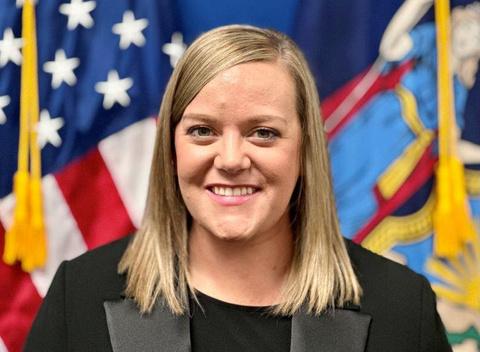
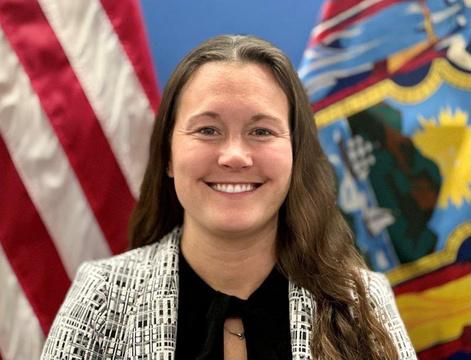





Joel Mercer Graduate of Syracuse University Peace Office Academy
Anthony Provenzano Graduate of Zone 5 Law Enforcement Academy
Christopher Martello Graduate of Erie County Sheriff’s Office Peace Office Academy


In 2023, Inspector General Lang created the Offices of the Inspector General Training Unit. Housed in the Chief Counsel’s Office, the Training Unit is comprised of the newly appointed Director of Training Katie Q. McCu r Training Karen Wolfe
The goal of OIG’s Training Unit is twofold: first, to conduct external training for State agencies and organizations related to OIG’s authority and second, to provide internal training for OIG personnel. The exte training courses reinforce State employe obligation to report fraud, conflicts interest, criminal activity, and abuse while internal training courses enha investigative tools and techniques availa to OIG.
Located on OIG’s internal train homepage, the Training Unit provi resources to OIG training calendar, tra modules with interna materials Aside fro opportunities, the Tra with subject matte valuable information including Complaint Compensation, Welf State Government, E History of OIG, and C

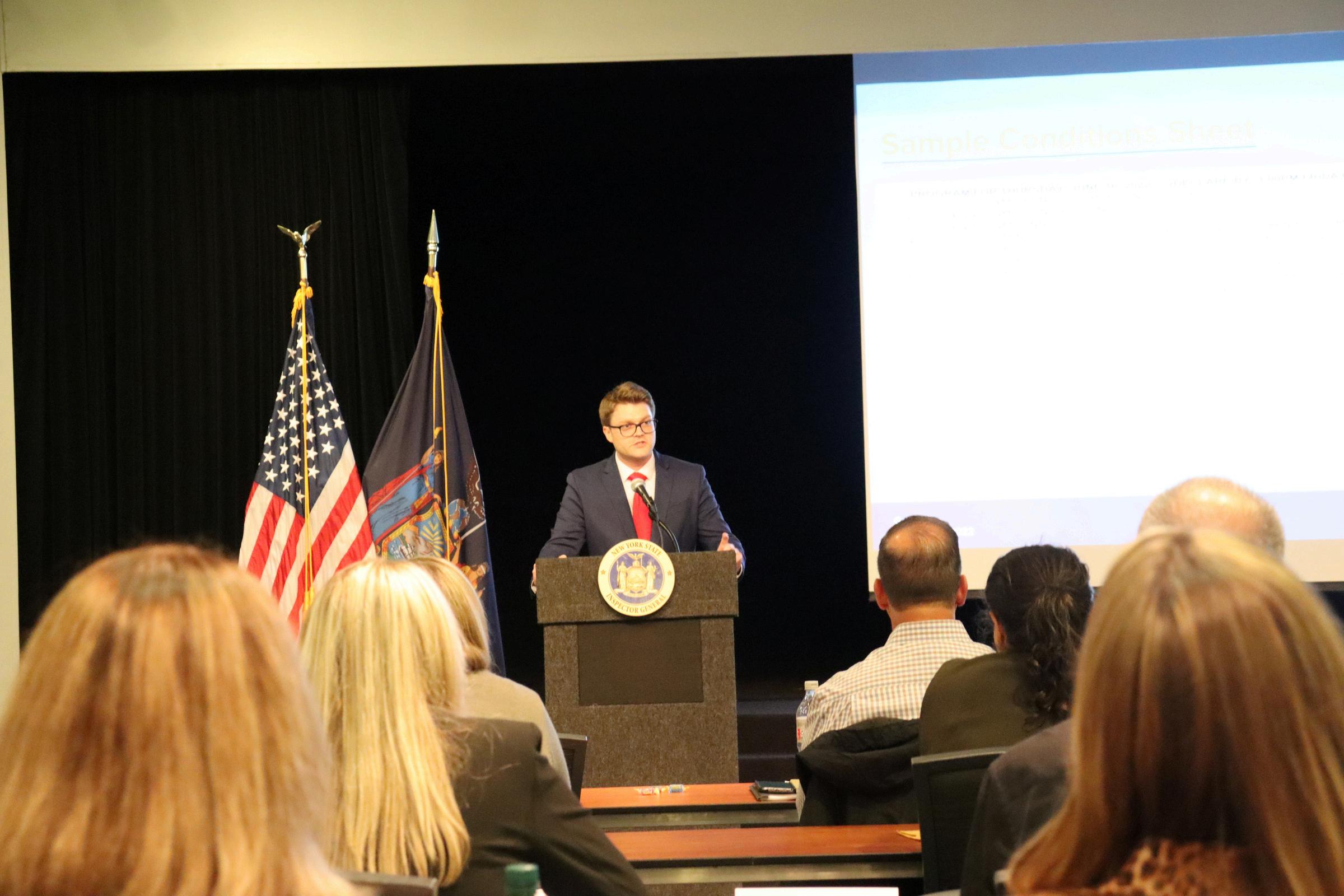


In 2023, Inspector General Lang formalized the Offices of the Inspector General Statewide Summer Internship Program, a robust, statewide summer program open to high school, college, and law students around New York state. The program took two forms, “Summer Law Fellowships” for students entering their 2L or 3L year in law school and “Summer Internships” for high school, college, and graduate students hosted in a variety of different OIG units
Led by Deputy Chief of Staff Cate Jaile, the Summer 2023 Program ran for eight weeks and included a schedule of statewide programming for all OIG interns consisting of speakers, trainings, field trips, and social events. Some examples of scheduled events included weekly “Lunch and Learn” lectures, career panels, interview/public speaking exercises, visits to courthouses, partner agencies, museums, and other educational and social outings.
The Summer 2023 Program accepted 17 interns from a pool of hundreds of qualified applicants. Once accepted, the interns were placed in one of six OIG offices located across the state. Interns worked alongside seasoned attorneys, investigators, and auditors from June 5, 2023 through July 28, 2023. We are looking forward to our 2024 program set to begin in June!
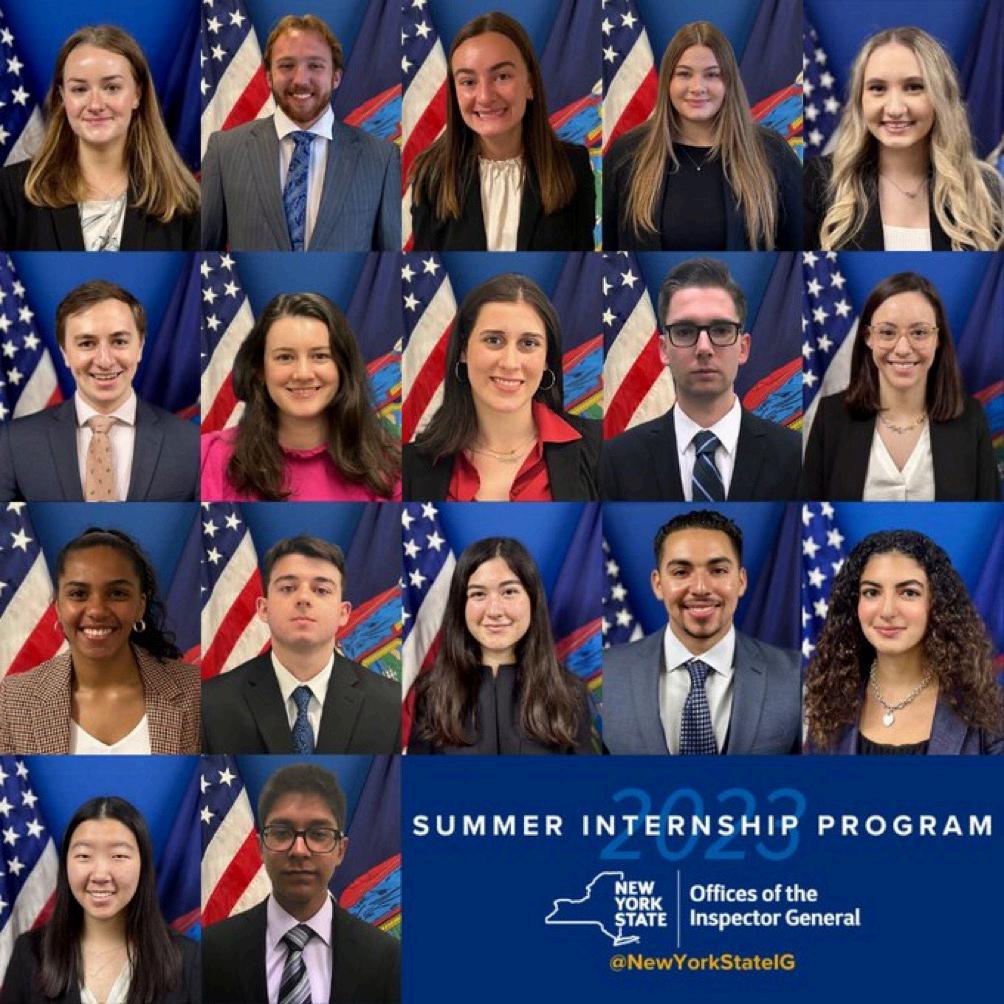

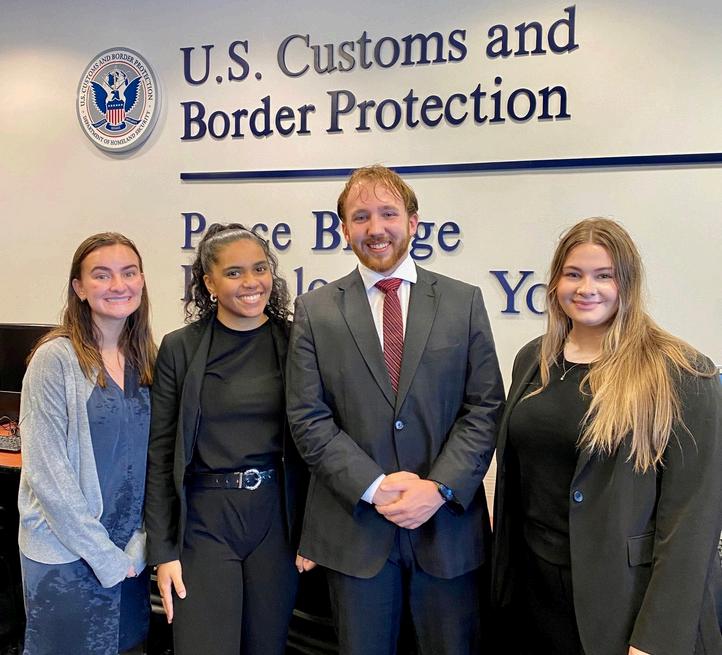





Suffern Office’s Annual Thanksgiving Food Drive

Buffalo & NYC Offices’ Annual Holiday Toy Drives

Albany Office Participating in the 2022 CDPHP Workforce Team Challenge Charity Run

Buffalo and Suffern Offices’ Annual Hygiene Supplies and Food Drives

Annual Thanksgiving Prep the Bowery Mission

Albany Office Participating in the 2023 CDPHP Workforce Team Challenge Charity Run


The Offices of the Inspector General (“OIG”) are comprised of three offices, derived from three appointments held by Inspector General Lang:
of the
Additionally, as of June 2021, the duties and responsibilities of the former Office of the Gaming Inspector General were transferred to and encompassed by NYSIG. In this section, take a glimpse at the work, the facts, and the figures for “all sides of the house” during Inspector General Lang’s “first two years.”
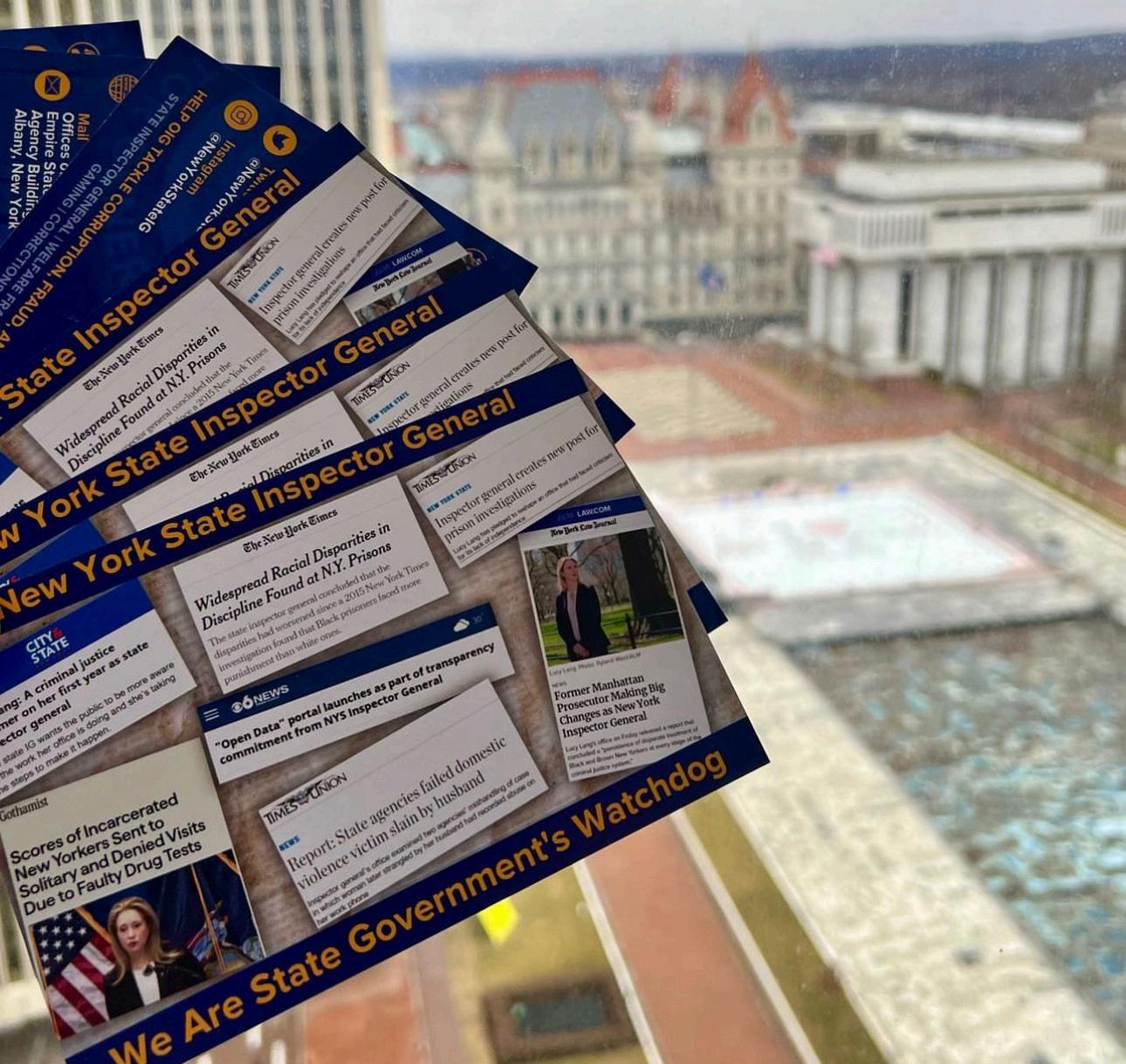
*“NonJur” complaints refer to allegations of wrongdoing over which OIG does not have jurisdiction. In such instances, best efforts are made to either refer the complaint to the proper oversight or law enforcement entity or to provide the complainant with information as to how they can do so.



THE FIRST TWO YEARS COMBINED
Established by New York State Executive Law Article 4-A, the Office of the New York State Inspector General (NYSIG) has jurisdiction over all executive branch agencies, departments, divisions, officers, boards and commissions, and over most public authorities and public benefit corporations. NYSIG’s functions and responsibilities include receiving and investigating complaints concerning allegations of corruption, fraud, criminal activity, conflicts of interest, or abuse in any entity under its jurisdiction. It also makes recommendations to State agencies regarding their policies, programs, and procedures that will bring positive and permanent reform to the State and how its agencies function
In addition to its statutorily mandated duties, NYSIG undertakes responsibilities such as direct monitoring and investigative activities involving several of the State's most prominent infrastructure projects including the Governor Mario M Cuomo Bridge, the Jacob Javits Convention Center expansion, and the Moynihan Train Hall. NYSIG also provides procurement and contract management monitoring and investigates allegations of fraud and abuse in these processes.

4,482
Two downstate men pled guilty to federal charges for a scheme to distribute fake driver’s licenses, Social Security cards, and OSHA safety cards NYSIG investigated as part of its oversight and monitoring of the Jacob Javits Center Expansion Project Both men agreed to forfeit a combined $400,000 and pay over $10,000 in restitution.
A downstate man was sentenced to 5-years probation on Insurance Fraud charges after operating a multi-milliondollar construction labor supply business and misrepresenting its size and the dangerousness of the work being performed He was ordered to pay $500,000 in restitution to the NYS Insurance Fund.
Two upstate men were sentenced on federal charges for separate, yet nearly identical unemployment fraud schemes Both men were sentenced to terms of imprisonment and ordered to pay a combined amount of over $350,000 in restitution to New York State.
Three employees were sentenced for their roles in a scheme resulting in the theft of a combined over $480,000 from two nonprofits funded by New York State. Two employees pled to misdemeanor offenses while the third pled to five felony offenses A total $480,000 in restitution was paid back to the nonprofits.

A licensed chiropractor in Long Island was sentenced in federal court to a year and a day in prison after an IG investigation revealed he had billed a private insurance company over $1 million for acupuncture services that were never performed He was ordered to pay nearly $1 million in restitution and to forfeit over $180,000
An upstate man was sentenced on felony charges to 2-6 years in prison after an IG investigation revealed a multi-milliondollar fraud against a NYS employee health insurance plan. He was ordered to pay nearly $400,000 in restitution and was stripped of his medical license.
A New York State Liquor Authority (SLA) Investigator was sentenced to a oneyear conditional discharge after an IG investigation revealed that he warned a local bar that SLA would be conducting a random visit to the location on a specific date The Investigator was ordered to pay a fine and resigned from his position at the SLA
A NYS Parks employee was sentenced on misdemeanor charges after an IG investigation revealed he submitted 148 inaccurate timesheets reflecting he was working when he was in fact giving guided tours in Canada As part of his sentence he was ordered to pay approximately $8,500 in restitution.

The Office of the Workers’ Compensation Fraud Inspector General (WCFIG), as established by § 136 of the New York State Workers' Compensation Law, is responsible for investigating violations of the laws and regulations pertaining to the operation of the workers' compensation system. WCFIG's investigations include the analysis of materials such as claim files and medical records, as well as the taking of testimony from employers, attorneys, employees, health care providers, and insurance carriers. These investigations result in prosecutions throughout the State as well as the recovery of payments derived from fraudulent activities. The Workers' Compensation Fraud Inspector General's efforts to identify, investigate, and prevent workers' compensation fraud focus on reducing costs to the workers' compensation system.
Additionally, the Workers’ Compensation Fraud Inspector General provides investigatory oversight of the State's Paid Family Leave program. Signed into law in 2016 by Governor Andrew M. Cuomo, the New York State Paid Family Leave program is the most comprehensive family leave program in the nation. The New York State Paid Family Leave program provides New Yorkers with job-protected paid leave to care for newborn children and loved ones with serious health conditions or to help families of active-duty military personnel.
A downstate man pled guilty in Supreme Court to misdemeanor charges after an IG investigation revealed that he falsified positive COVID-19 results over 5 consecutive months in 2020 and obtained over $1,500 in workers’ compensation benefits The man was sentenced to a one-year conditional discharge and ordered to pay restitution.
A former Dutchess County doctor was sentenced to 111 months in prison on federal charges after a WCFIG investigation revealed he stole the identity of a licensed surgeon to review workers comp claims and defraud medical record review companies of $875,000.
An Orleans County woman pled guilty to misdemeanor charges after a WCFIG investigation uncovered she obtained over $80,000 in indemnity benefits between September 2018 and January 2022 after falsely reporting that she was not working when she was working as a personal care aide. She was ordered to pay $40,000 in restitution
A Long Island man and his company pled guilty to felony charges after a WCFIG investigation uncovered he underreported the company’s payroll and misclassified the work completed by employees to avoid higher insurance premiums As part of his plea, the man and his company were ordered to pay $300,000 in restitution.

An Essex County woman pled guilty to felony charges after a WCFIG investigation revealed she submitted 28 forged doctors’ notes in order to obtain Sick Leave benefits from her employer, the DOCCS She was sentenced to 5-years probation and ordered to pay over $4,500 in restitution
A UAlbany Contractor was sentenced to 3-years probation after pleading guilty to Att Failure to Secure Compensation Insurance, an E Felony This was his second conviction for failing to secure lawfully required workers’ compensation insurance for his employees As part of his plea, he was ordered to pay $9,000 in restitution.
A former Niagara County bus driver was sentenced to 5years probation on felony charges after a WCFIG investigation revealed that she misrepresented her disability and worked while collecting workers’ compensation benefits As part of her plea, the woman was ordered to pay over $30,000 in restitution to her employer
A Licensed Practical Nurse (LPN) pled guilty to Grand Larceny in the 4th degree, a felony, after a WCFIG investigation uncovered she was working as a home health aide while collecting workers’ compensation benefits for over 2 years She was sentenced to a 3year conditional discharge and ordered to pay over $24,000 in restitution

The New York State Office of the Welfare Inspector General (OWIG), as established by §74 of the New York State Executive Law, is tasked with maintaining the integrity of New York State's public assistance programs. Specifically, the Welfare Inspector General is responsible for conducting investigations of fraud, abuse, or illegal acts perpetrated within local social services districts and by beneficiaries of public assistance services. Additionally, the Welfare Inspector General is charged with recommending policies relating to the prevention and detection of fraud and abuse and monitoring the implementation of those recommendations.
In addition to its extensive fraud investigations, OWIG is equally dedicated to fraud prevention OWIG's early detection efforts help curtail the payment of unearned benefits which yield significant savings to New York State OWIG also conducts proactive initiatives aimed at the early detection and prevention of fraud and partners with federal, state, local law enforcement, and local social services districts to investigate and prosecute fraudulent schemes.
An Erie County woman was sentenced on misdemeanor charges after an OWIG investigation revealed that she concealed her income to the Erie County Department of Social Services to wrongfully obtain SNAP* benefits She was sentenced to a 1-year conditional discharge and ordered to pay more than $7,000 in restitution
A Monroe County woman was sentenced on misdemeanor charges after an OWIG investigation revealed she concealed her martial status, household composition, and income to obtain SNAP* benefits She was sentenced to 3-years probation, 200 hours of community service and ordered to pay over $31,000 in restitution
A Schenectady man was sentenced on felony charges after an OWIG investigation revealed he stole the identity of another person and applied for unemployment insurance benefits to which he was not entitled. He was sentenced to 6-months in prison, 5years of supervised release, and ordered to pay $26,000 in restitution.
An upstate woman was sentenced on misdemeanor charges after an OWIG investigation revealed she stole personal identifying information and used it to apply for over $52,000 in unemployment benefits She was sentenced to 25 hours of community service, forfeited $10,000, and agreed to a civil judgment of $23,000
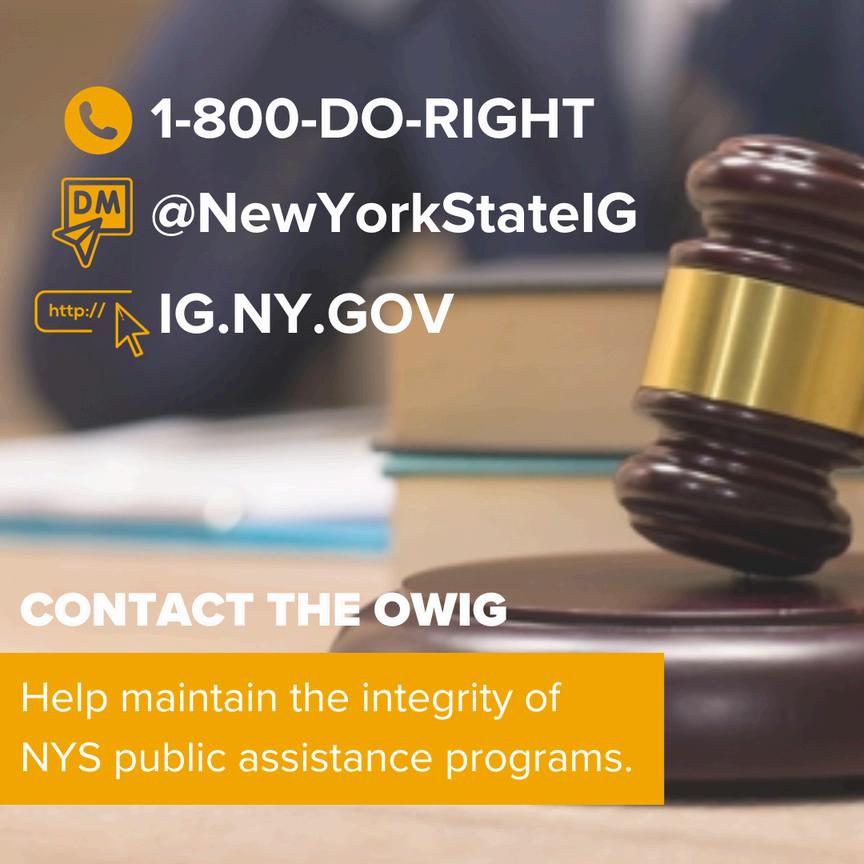
Two men were sentenced for their roles in a vast scheme that used the identities of at least 19 public assistance recipients to steal over $700,000 in unemployment insurance benefits. The men were sentenced to 3-years supervised release and ordered to pay a combined $400,000 in restitution
An upstate woman was sentenced on felony charges after an OWIG investigation revealed she conspired with a family member to steal the personal identifying information of three people in order to apply for over $40,000 in fraudulent unemployment benefits As part of her plea, she was ordered to pay $40,000 in restitution
An Albany man was sentenced on federal charges after an OWIG investigation revealed he submitted a false UI application to obtain benefits He also fraudulently obtained a PPP* and Small Business loan to which he was not entitled. He was sentenced to 5-years probation and ordered to pay $44,000 in restitution
An Erie County man was sentenced on misdemeanor charges after an OWIG investigation revealed he stole $5,000 from NYS by applying for SNAP* benefits in the names of his two children, despite not having custody of the children or contact with them as a result of active orders of protection He was ordered to pay full restitution.
*Supplemental Nutrition Assistance Program (SNAP) provides food benefits to low-income families to supplement their grocery budget.
*Paycheck Protection Program (PPP) Loans provided small businesses with the resources necessary to maintain payroll, hire back employees, and cover applicable overhead during the COVID-19 pandemic.
Since the Gaming Inspector General was brought under the umbrella of the Offices of the New York State Inspector General in June of 2021, OIG embraced the duty to ensure that all lawful gaming in the State operates with the highest level of integrity
The New York State Gaming Commission (Commission) regulates and provides oversight for New York’s gaming industries In order to ensure the absence of any self-dealing, conflict, or other fraud in the Commission's execution of its responsibilities, the New York State Inspector General has specific statutory authority to receive and investigate complaints from any source regarding allegations of corruption, fraud, criminal activity, conflicts of interest, or abuse in the Commission and to undertake proactive initiatives aimed at preventing, eliminating, and/or detecting such concerns

On January 8, 2022, New York's gaming horizon was significantly broadened by the legalization of mobile sports wagering, resulting in higher than anticipated tax revenues for the State. At the conclusion of New York's first full year of legalized mobile sports wagering, the total handle (amount wagered by bettors) generated was in excess of $16.5 billion In fact, New York recorded eight of the ten highest monthly handles generated nationally in the history of mobile sports wagering Notably, the addition of mobile sports wagering led to an uptick in complaints received by OIG, as reflected below.

Complaints Received increase from 2021 1150% 50%
307 307
Complaints Received 21% 21% increase from 2022
371 371

As gaming expands across New York State and virtually, I am committed to protecting participating New Yorkers from unfair practices, and to ensuring healthy competition is matched with robust oversight that emphasizes transparency, integrity, and equity Thanks to Deputy Inspector General for Gaming Lisa Lee, OIG staff have taken part in dozens of gaming-focused trainings and we have strengthened our oversight abilities by continuing the process of fully integrating the former Office of the Gaming Inspector General into the Offices of the Inspector General.
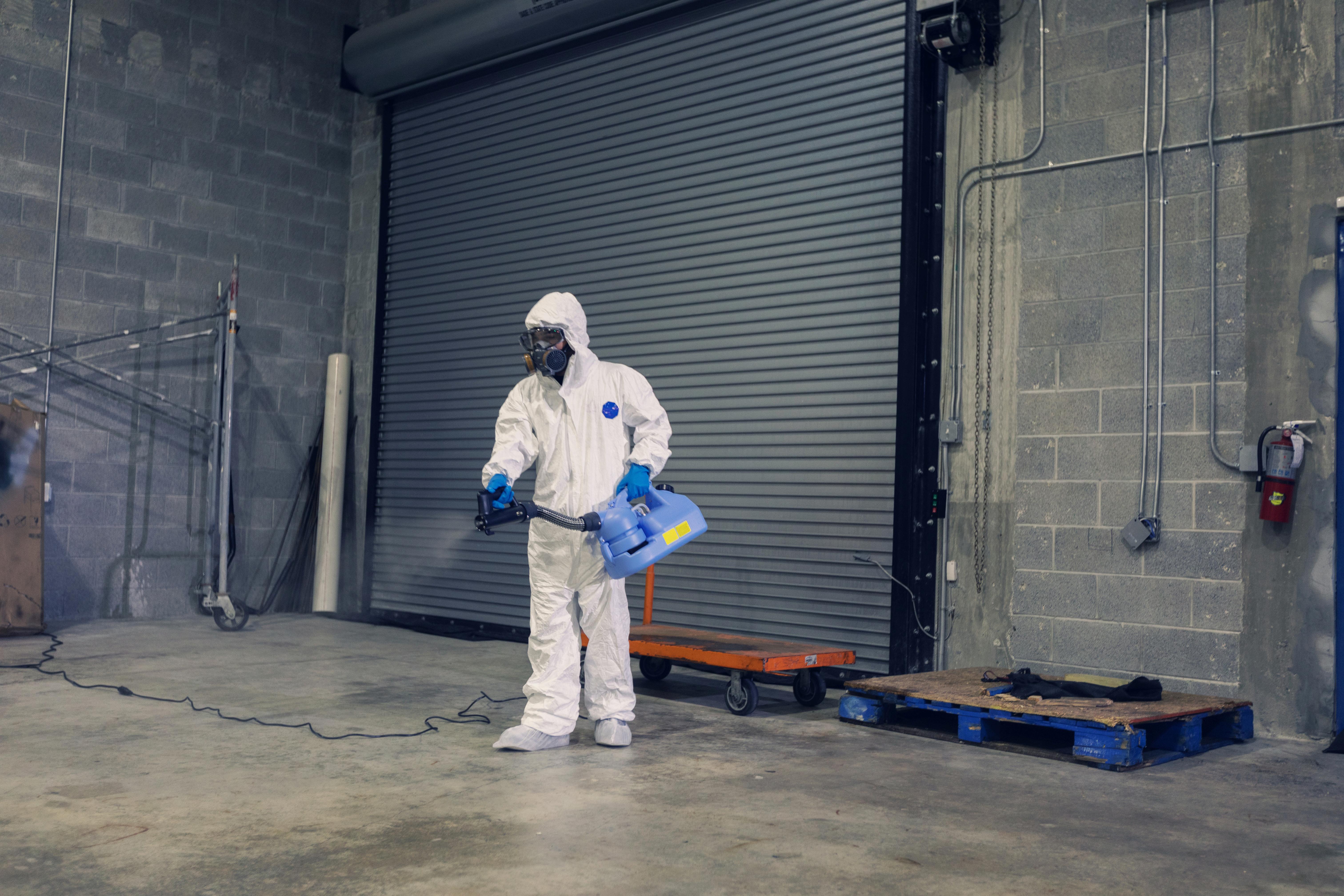
The year 2020 was a scary and uncertain time for New York and the world. As the death toll mounted and what was known and unknown about the coronavirus remained a moving target, governments everywhere hastened to protect the people they served as best they could. New York State and its agencies were no different, and the Offices of the New York State Inspector General answered the call
Throughout 2020 and 2021, OIG deployed staff to warehouses and facilities across New York State to monitor the response, identify and correct logistics problems, and ensure that taxpayer-funded assets were being appropriately used and tracked. The scale of this oversight mission required OIG to become a 24/7 operation which included the real-time monitoring of critical assets such as the deployment of lifesaving ventilators and PPE, the procurement and storage of materials, and the tracking of purchased, donated, and loaned assets
With the introduction of COVID vaccines, and New York’s corresponding vaccine mandate for all state employees, the Office quickly shifted its priorities to investigating vaccine fraud around the state. Investigations included instances of the creation and sale of forged vaccine cards and the submission of false vaccine data into state databases





In August 2019, I was informed test--I had never used this subst following the rules, working to co that away from me.Because of t September 2020 and I missed ou General Lang’s office for figuri happening again like it did to me their debt to society It is unfai testin
Julie, Shock Incarceration
In January 2022, IG Lang issued York State were subjected to inte sentences, delayed parole hearin based upon a highly flawed drug Department of Corrections and C August of 2019.
The IG’s investigation found that t during that eight-month period, presence of the opioid bupreno alternative tests as was require Microgenics Corporation. It was investigate the reason for a implementation of the new tests scientific evidence that many of revealed that representatives fro people who attempted to challen false or misleading information ab
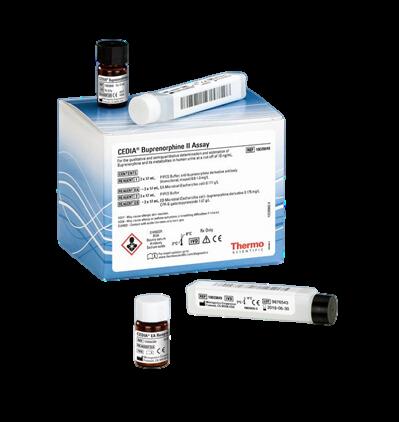
Between September 11, 2019 and October 22, 2019, DOCCS reviewed and reversed the punishments of those found guilty of violations based on buprenorphine tests, including the release of 140 people from internal confinement. Then, a little less than two months later, after receiving preliminary results of OIG’s investigation, DOCCS ceased imposing penalties based on any positive drug tests results using Microgenics systems without first confirming those results using an outside laboratory
Ultimately, DOCCS expunged over 2,500 disciplinary reports, reinstated myriad lost privileges, terminated its contract with Microgenics, contracted with a new drug testing vendor, and revised its Urinalysis Testing Policy to require that “all initial positive test results will be sent to the outside laboratory for confirmation testing.” Additionally, DOCCS eliminated the use of solitary confinement as a possible sanction for positive drug tests.
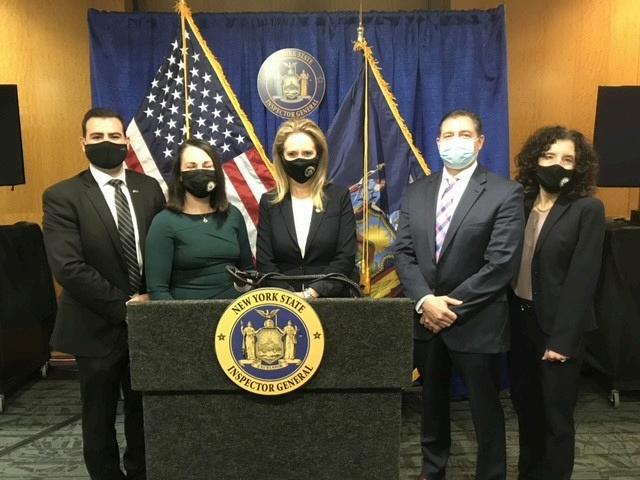

In announcing the findings of this investigation, which included interviews of more than 40 witnesses, including DOCCS staff, incarcerated people, toxicologists, and Microgenics representatives; the examination of tens of thousands of documents, including drug tests, disciplinary records, DOCCS emails, contracts, policies, and manufacturer specifications; and the review of dozens of hours of recorded disciplinary hearings, another IG Lang was joined by Karen Murtagh, Executive Director of Prisoners’ Legal Services of New York, and Bianca Tylek, founder and Executive Director of Worth Rises, who expressed their gratitude for the work of OIG in bringing this situation to light
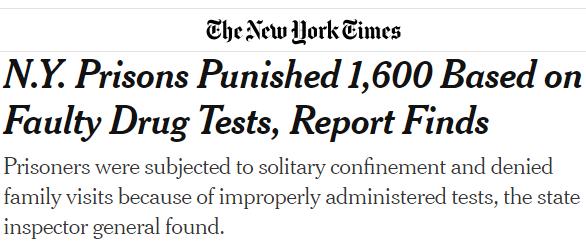
the Upstate Region
Sherry Amarel Chief of Investigations for
Jim Davis Deputy Inspector General of the
Upstate Region
George Frany Attorney-in-Charge for DOCCS Matters
Carmen Frangella Deputy Chief of Investigations for the Upstate Region
Dennis Graves Director of Audit for the Upstate Region
In April 2022, the Inspector General issued a report detailing how the Office of Information Technology Services (ITS) and the Office of General Services (OGS) failed to comply with their own domestic violence policies in a manner that was responsive to the needs of a victimized employee and promoted workplace safety. Within hours of the release of the report, Governor Hochul issued an Executive Order, enshrining many of its recommendations into law, including requiring every state agency to have a liaison to the Office for the Prevention of Domestic Violence (OPDV) and mandating annual training for relevant staff.
The incident underlying the report originated in August 2019 when a then OGS employee filed a complaint with his agency alleging that his wife, then an ITS employee, was misusing her Stateissued cell phone. At the time, the OGS employee was the subject of his own internal disciplinary action, and his termination was being sought by his agency.
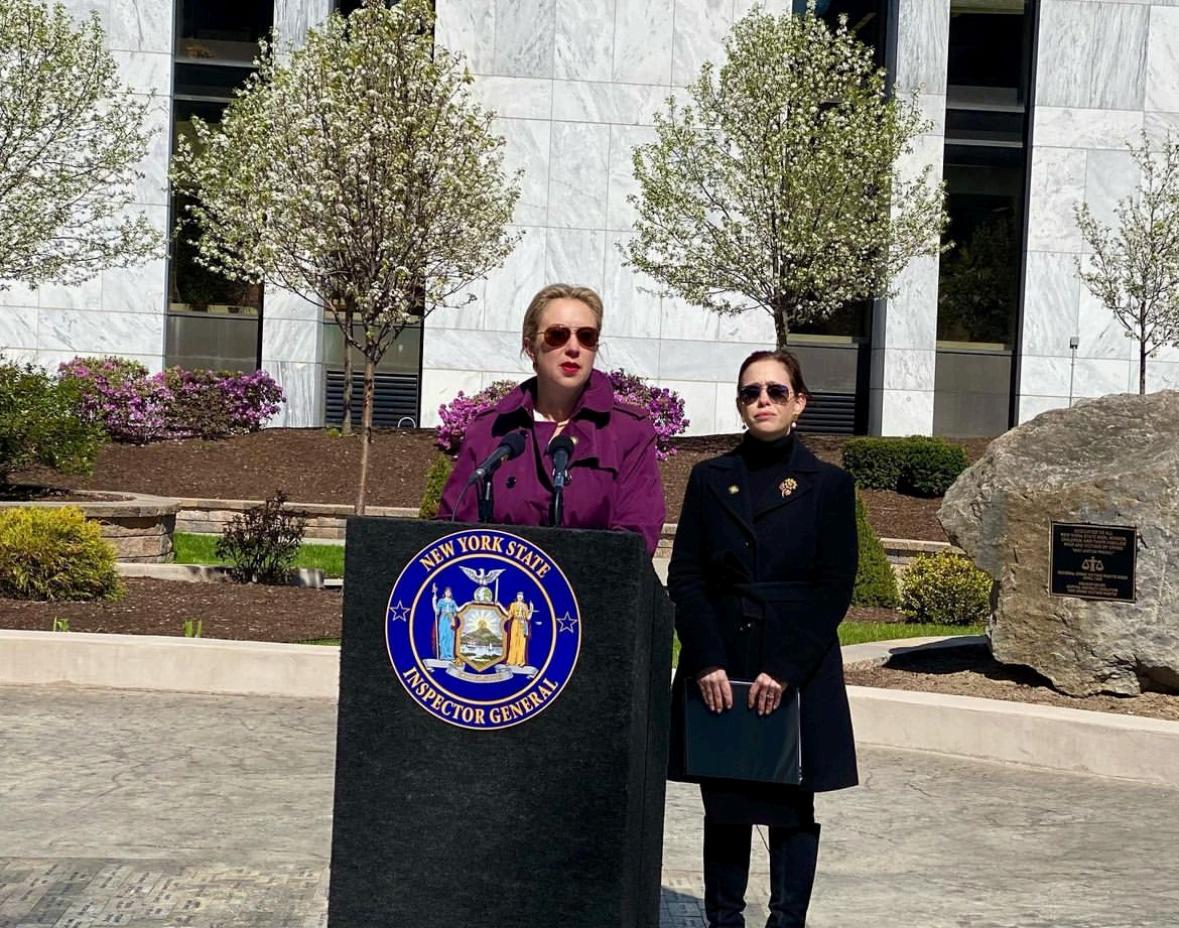
When ITS commenced its investigation of the wife, she disclosed to certain senior ITS employees that she was the victim of domestic violence by her husband and was using her State-issued cell phone to document his behavior and abuse because he was monitoring her personal cell phone. She characterized the abuse as physical, verbal, and mental and specifically noted that she needed material on the phone – voice recordings, voicemail messages and pictures – to support her request for an order of protection


The Inspector General’s investigation revealed that despite ITS’ near immediate awareness that the wife had reported that she was a victim of domestic violence and requested to obtain the recordings, messages, and images from her phone, senior employees in the Labor Relations and Legal Departments refused her request Rather they reiterated a need for greater details about the materials being sought and suggested that the employee have an attorney subpoena them. Instead, rather than consult with the employee to

develop and implement an individualized workplace safety plan and take steps to ensure the staff knew how to provide a safe environment for her, as required by its own domestic violence policies, the agency proceeded with a disciplinary action against her, resulting in a counseling memo Almost a year later, in September 2020, the husband, who was by then no longer employed by OGS, killed his wife in their home before taking his own life.
Ultimately, the report concluded that ITS’ failure to comply with its domestic violence policy was the result of a lack of agency awareness as well as a gap in staff’s understanding of the sensitivities inherent in domestic violence situations Glaringly, the investigation revealed that senior ITS employees had little, if any, knowledge about their domestic violence policy, resources available to assist victims, or even the identity of their OPDV liaison, despite working with the person serving as the liaison on a regular basis. Additionally, when the liaison went on an extended leave in February 2020, ITS was effectively without a domestic liaison for in excess of six months.
A little over three months after the issuance of this report, on the 174th anniversary of the first Women’s Rights Convention, Inspector General Lang hosted a panel discussion in Seneca Falls where she announced the results of a survey showing that over 96% of covered agencies had already complied with mandates of Governor Hochul’s Domestic Violence Executive Order.
Sherry Amarel
Chief
of Investigations for the Upstate Region
Ilene Gates Senior Investigator
Gary Waters
Deputy Chief
of Investigations for the Upstate Region
Jonathan Masters
Director of Investigative Writing
Ryan Hayward
Chief of Staff
Jessica Silver Deputy Inspector General for the NYC Region
John Tuppen Investigative Counsel
In August of 2022, the IG put out a report detailing deficiencies in the New York State Police’s (“NYSP”) handling of a disciplinary matter involving a NYSP Trooper assigned to the Protective Services Unit (PSU), the unit responsible for protecting the governor and his family, who was dating the then-Governor’s daughter The report revealed inadequacies in NYSP documentation and procedures, recommended the formalizing of regulations to prohibit relationships between PSU members and protectees, and advised the State Police to formally implement several outstanding recommendations from an unrelated August 2020 IG report related to the State Police Drug Enforcement Task Force.

The instant investigation revealed that on May 22, 2020, a day after the then-Governor’s daughter informed her father of the relationship, the trooper in question got two calls from one of his supervisors in the PSU ordering him to report immediately to a State Police satellite office in Albany and then subsequently ordering him to report to State Police Division Headquarters. There, he was interviewed by the commanding officer of PSU and a veteran investigator from the State Police’s Professional Standards Bureau (PSB). Following this interview, in which the trooper acknowledged the approximately twomonth-long relationship, a decision was made by the then-first deputy superintendent of the State Police, who bore ultimate responsibility for internal discipline, that while the trooper would not face formal disciplinary proceedings, he could no longer serve on the governor’s protective detail and would need to put in for a transfer. At the same time, however, the first deputy superintendent decided that one of the trooper’s supervisors, who also sat for a compelled interview and admitted being aware of the relationship between the trooper and the governor’s daughter but doing nothing, should be subject to discipline for that conduct. Within days, the trooper applied for a transfer to a Troop located more than two-and-a-half hours from Albany and his home. His supervisor, whom he had told about the relationship several weeks earlier, elected to retire.
In the nearly eighteen months that followed, no personnel complaint number was assigned to the matter, the audio files of the two compelled statements were not properly maintained, reports documenting the investigative steps taken in response to the complaint were not completed, nothing was entered into the PSB record management system, and the IG was not notified. In fact, the details of this matter would not have come to light but for a request by the Police Benevolent Association of the New York State Troopers (NYSP Troopers PBA) on behalf of the trooper for a copy of his compelled statement, as he was entitled under the terms of the collective bargaining agreement When informed by the State Police that neither a record nor recording could be found, a grievance was filed, and the IG commenced an investigation While the audio recording of the statement was located the next day in the State Police email account of one of the interviewers and provided to the trooper and the IG, the myriad procedural flaws in the investigation became apparent.
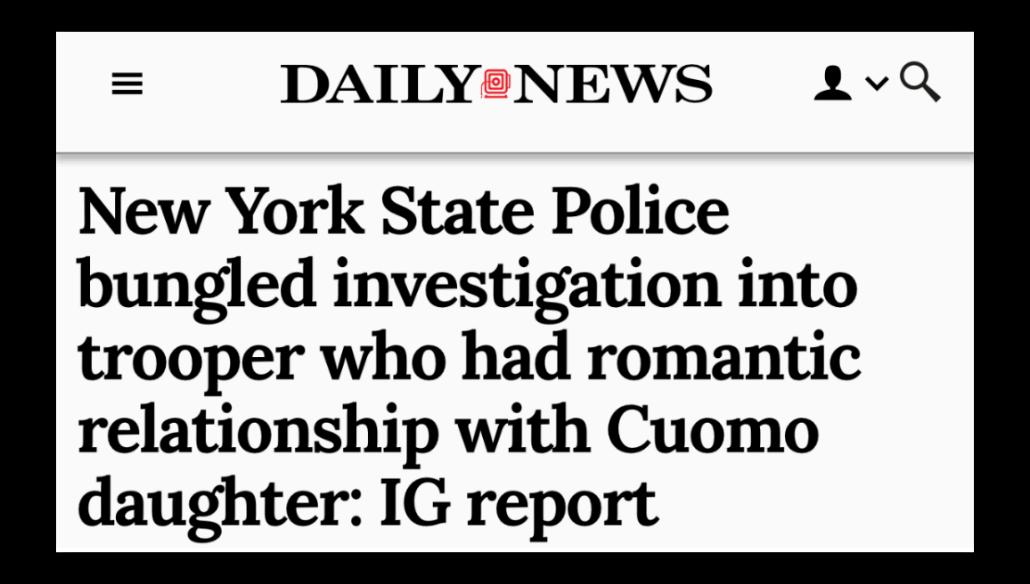
While the circumstances of the compelled statements taken from the trooper and his supervisor proved fair the expedited timing was justified by the circumstances, the questions appropriate and narrowly tailored, and legal representation in the form of the deputy general counsel to the NYS Troopers PBA was coordinated on their behalf the State Police otherwise did not follow its own procedures, or Executive Law 4-A, in conducting the investigation. These failings prevented a full and fair review of the investigation, which, while problematic in any circumstance, is of even graver concern here, where the facts call into serious question the decision not to formally discipline the trooper for his conduct, particularly when a simultaneous decision was made to discipline his supervisor for failing to take action upon learning of that same conduct.
Jim Davis
Deputy inspector General for the Upstate Region
Carmen Frangella
Deputy Chief of Investigations for the Upstate Region
Jessica Haaz
Attorney-in-Charge of Special Investigations
Jonathan Masters Director of Investigative Writing
Lynn Tabbott Chief Deputy Inspector General
In October 2022, the IG issued a review of the Department of Transportation’s (DOT) and Department of Motor Vehicles’ (DMV) compliance with the limousine safety laws enacted in 2020 in response to the October 2018 Schoharie County limousine tragedy and made a additional recommendations to enhance limousine safety in New York State.
On October 6, 2018, a stretch limousine suffered brake failure while traveling downhill on New York State Route 30 in the Town of Schoharie, New York Without the ability to slow or stop, the limousine accelerated to over 100 mph, crossed through a T-intersection at the bottom of the hill into a parking lot, and struck a parked vehicle before barreling into a ravine where it came to rest after colliding with the embankment and several trees. Devastatingly, the crash killed all 17 passengers, the driver, and two pedestrians who had been standing near the parked vehicle At the time of the incident, the limousine, which was owned by Prestige Limousine and Chauffeur Service, was operating without legal authority and had numerous documented and unresolved safety issues, including various violations related to its brakes.
There were multiple investigations into the tragedy, including one conducted by the National Transportation Safety Board (NTSB), an independent federal agency with expertise in transportation safety matters. The NTSB, which issued a comprehensive report detailing its findings in September 2020, attributed the probable cause of the crash to Prestige’s “egregious disregard for safety” in operating the limousine for a passenger charter despite known mechanical defects. The NTSB also cited the NYS DMV’s vehicle registration process and NYS DOT’s ineffective oversight of the limousine as having allowed its owner to skirt safety requirements and evade more rigorous inspection requirements while continuing to operate the vehicle as contributing factors to the crash Nauman Hussain, the manager of Prestige, is currently serving five to fifteen years in prison for his convictions on twenty counts of Manslaughter in the Second Degree.



The IG’s review similarly found that DOT and DMV failed to use all legal remedies available to them to bring Prestige into compliance with applicable laws and regulations. And while the IG found no evidence of misconduct or malfeasance on the part of any DOT or DMV employee, the report outlined significant gaps in policies, procedures, and interagency communications that prevented Prestige’s misconduct from being efficiently identified and addressed

Specifically, the IG’s review took issue with the fact that DMV’s practice did not include a review of a vehicle’s complete registration or title history during the reregistration process, that DMV failed to identify a clear discrepancy regarding the limousine’s capacity on various registration documents, that DOT did not notify DMV upon first becoming aware of
a misclassified vehicle, and that DOT did not take all available steps to effectuate seizure of the limousine’s license plates when an issue was first identified.
The IG did determine, however, that DOT and DMV made meaningful changes to further that goal since the passage of the limousine safety legislation in 2020 and that the adoption of these additional requirements will enhance their ability keep New Yorkers safe on our roadways
Sherry Amarel Chief of Investigations for the Upstate Region
Jim Davis
Deputy
Inspector General for the Upstate Region
Phil Druss Investigative Counsel
Ryan Hayward Chief of Staff
Emily Logue Chief Counsel
Jonathan
Masters Director of Investigative Writing
Lynn Tabbott Chief Deputy Inspector General
John Tuppen Investigative Counsel
In December 2022, the IG published the results of a long-term analysis of the administration of discipline in the State’s Department of Corrections and Community Supervision (DOCCS), a system which currently incarcerates approximately 30,000 people across the State.

OIG’s examination of this issue dates to 2016 when, following the publication of an article in The New York Times which reported significant racial disparities in the allocation of behavioral infraction tickets and attendant punishment to incarcerated individuals in the year prior, the then governor directed that the IG investigate the issue and recommend solutions After an initial review, the IG recommended that DOCCS engage the National Institute of Corrections (NIC), a federal agency that is part of the U.S. Department of Justice, to complete a comprehensive assessment based on their extensive national expertise. The IG oversaw that process and the implementation of the accepted recommendations.
Over the following half-dozen years, with the cooperation of DOCCS, the IG continued to monitor these trends to determine whether the NIC recommendations had the desired impact, observe the impact of additional measures implemented by DOCCS to identify and address possible racial bias in its facilities, programs, and disciplinary actions, and gather more comprehensive data in hopes of conclusively identifying the root causes of the observed disparities.
As part of that effort, the IG conducted its own comprehensive analysis of data maintained by DOCCS on the discipline of incarcerated individuals This analysis covered a six-year period (2015-2020), used alternate methods of tallying incarcerated populations, factored in reports of rule violations, known as Misbehavior Reports, that were ultimately dismissed, and included a review by an independent expert on statistical analysis.
Noting the persistence of disparate treatment of Black and Brown New Yorkers at every stage of the criminal justice system, the report concluded that despite policy changes within DOCCS intended to address the known problem of disparities in the administration of discipline for offenses committed while in custody, Black and Hispanic incarcerated people remain more likely than their white counterparts to face additional charges and punishment in New York State prisons.
Ultimately, while the overall or specific cause for the disparities could not be identified by data alone, the IG’s analysis determined that they persisted regardless of the severity of crimes leading to incarceration, how long an individual has been incarcerated, or the demographics of DOCCS’s workforce Notably, it was also determined that despite multiple corrective efforts undertaken by DOCCS to address this issue, the disparities increased slightly between 2017 and 2019, before increasing significantly in 2020, when Black and Hispanic incarcerated individuals were nearly 38 percent and 29 percent more likely than white incarcerated individuals to be issued a Misbehavior Report, respectively.


As part of her report, the IG also issued multiple recommendations to DOCCS, including requiring annual anti-bias training for all staff, capturing and analyzing additional data about disciplinary processes, publishing data that can be cross-referenced with demographic data, expanding the use of centralized hearing officers, and continuing the execution of an ongoing capital project to expand the use of fixed camera systems within all correctional facilities across the State.
Sherry Amarel Chief of Investigations for the Upstate Region
George Frany Attorney-in-Charge of DOCCS Matters
Dennis Graves Chief of Audit for the Upstate Region
Emily Logue Chief Counsel
Ryan Hayward Chief of Staff
Jonathan Masters Director of Investigative Writing
Lynn Tabbott Chief Deputy Inspector General
In May 2023, the IG issued a report calling attention to a burgeoning staffing crisis within the New York State Department of Corrections and Community Supervision (DOCCS) and its roots in the generous workers’ compensation benefits afforded to certain DOCCS staff, including the Security Services Unit (SSU), which includes correction officers. In short, and unlike the vast majority of employees covered by the workers’ compensation law, when SSU employees claim a work-related injury, they immediately receive up to six months of full pay from their employer without having to choose between using their accrued leave time or receiving less than their full pay through the State’s workers’ compensation insurance carrier Additionally, as a result of supplemental insurance offered to SSU staff by outside insurers, many employees out on workers’ compensation leave earn more than their full salary, and face no restrictions on their travel or activities while out on leave. Ostensibly, this greater benefit afforded to DOCCS SSU staff is in recognition of the physical risks associated with regular contact with incarcerated individuals.


Since the enactment of DOCCS’ collectively bargained labor contract with the SSU in 2015, OIG has received hundreds of complaints alleging that DOCCS correction officers are abusing the lost wage benefits afforded to them under that agreement. These complaints have been echoed by staff at many of the 44 DOCCS correctional facilities visited by the IG and have resulted in a daily struggle to simultaneously ensure safety while maintaining the delivery of critical services in the face of significant workers’ compensation-driven staffing shortages.
During fiscal year 2020-2021 alone, DOCCS covered nearly 1 8 million hours of staff time as a result of workers’ compensation absences, a nine percent increase from the year prior, and a 61 percent increase over the prior decade. Not only have these increases brought with them a dramatic rise in spending for overtime pay, but also a dramatic decrease in morale for those officers compelled to perform it
During the seven-year period examined (2015 to 2021), at approximately 10 percent of DOCCS correctional facilities, on average, one in three correction officers filed a workers’ compensation claim. This situation is brought into even further contrast when viewed through the lens of a single day. For example, on December 26, 2022, eight facilities had 10 percent or greater of their entire security staff out on workers’ compensation leave, with three facilities topping 17 percent meaning one out of every six security staff members was unavailable to work. These widespread absences created coverage gaps that needed to be filled by their unscheduled colleagues. Remarkably, on average for the eight facilities referred to above, approximately 70 percent of the claims associated with the absences on this date did not involve any contact with incarcerated individuals, with one facility at over 90 percent


The IG identified a number of safeguards, many of which are utilized by other jurisdictions, that should be considered during the current renegotiation of the SSU labor contract, including: mandating the surrender of DOCCS identification and State-issued firearms while on workers’ compensation leave; dedicating increased resources towards controverting suspicious claims; limiting the availability of the full lost wage benefit to those claims based upon interactions with incarcerated individuals; suspending the accruing of earned service time; or restricting movement, activities, or travel while on leave
The Investigative Team:
Erin Bach Confidential Investigator
Steven Brucker Investigator
Joe Bucci Senior Investigator
Jaclyn Desautels Investigator
George Frany Attorney-in-Charge of DOCCS Mattes
William Foro Investigator
Dennis Graves Chief of Audit for the Upstate Region
Jeffrey Haber Confidential Investigator
Samantha Jones Special Assistant
Lisa Lingenfelter Investigator
Erynn Migaj Investigator
Jim Pescetti Investigator
Bryan Richmond Attorney-in-Charge of Workers’ Compensation Fraud
Dale Richter Senior Investigator
Katherine Rizzo Senior Investigative Auditor
Mario Rubino Investigator
Eleanore Russomanno Senior Investigative Auditor
Jane Seely Managing Investigator for Workers’ Compensation Fraud
Gary Waters
Deputy Chief of Investigations for the Upstate Region
In November 2023, the IG issued a report detailing that over $560,000 worth of Personal Protective Equipment (PPE) purchased during the COVID-19 Pandemic by the New York State Department of Health (DOH) for use by the New York State Veterans Home at St. Albans in Jamaica, Queens, was ruined as result of being stockpiled on tarp-covered, weather-exposed pallets in a parking lot outside St Albans due to a lack of storage space and significant deficiencies in both intra- and inter-agency communication

These findings and others were detailed in the IG’s November 2023 report, which outlined OIG’s investigation into the issues surrounding DOH’s and St. Albans’ participation in a statewide “Aggregated Buy” of PPE, which had been organized by the New York State Office of General Services (OGS) in late 2020 in anticipation of a feared “third wave” in early 2021. This investigation included interviews of over 30 witnesses from St. Albans, other State Veterans Homes, DOH, the New York State Office of General Services (OGS) and the New York State Division of Homeland Security and Emergency Services (DHSES). It also included visits to St. Albans, an off-site warehouse rented by St. Albans, the three other DOHoperated State Veterans Homes, and a DHSES-operated warehouse in central New York, as well as reviews of thousands of emails, surveys, reports, and procurement records, including purchase orders, invoices, price quotes, and information from the Statewide Financial System (SFS).


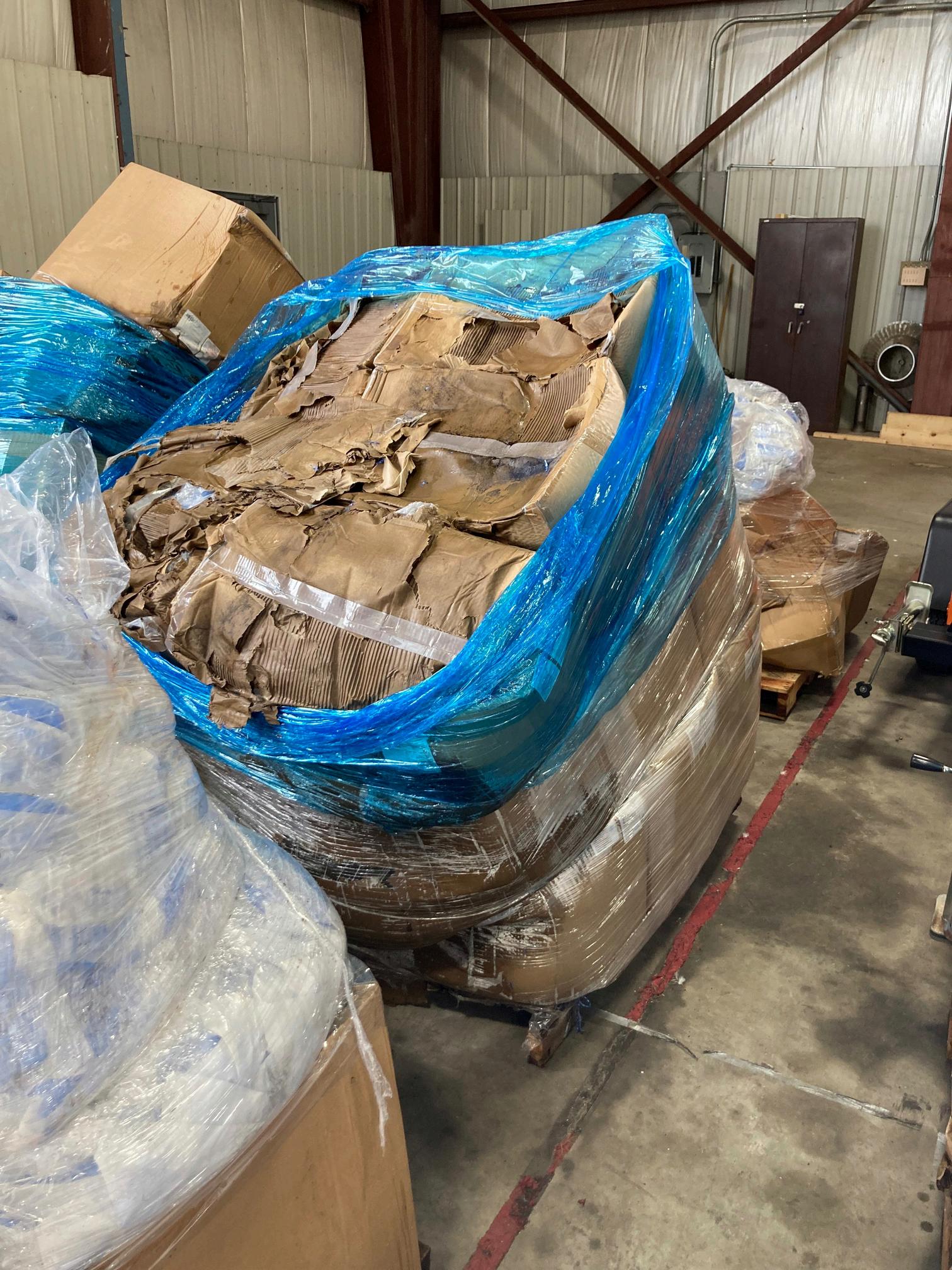
The investigation found that in November 2020, using its rate of PPE consumption from the height of the pandemic as a guide, as was suggested by OGS, but without taking into account on-site storage space, St. Albans ordered over five million units of PPE for its facility. While administrators at St. Albans believed this PPE would be delivered monthly starting in December, it was later revealed that purchase orders were not submitted by DOH until February 2021 This delay, which was not communicated to St Albans, resulted in a larger than anticipated, and ultimately not needed, delivery of PPE to St. Albans in mid-February 2021 which exhausted their storage space. In the months that followed, PPE continued to arrive, and, when communication between the various stakeholders with an ability to address the growing storage crisis failed, the PPE was moved, as a last resort, to the St Albans parking lot, where it slowly decayed
In the months that followed, a lack of clear communication between St. Albans, DOH and its various subunits, as well as a failure by both to reach out to other agencies such as OGS or the New York State Division of Homeland Security and Emergency Services (DHSES) with the capacity to assist, lead to a more than three-month delay of finding appropriate storage options for this PPE. By the time storage space was secured on May 26, 2021, virtually all of the externally secured supplies were deemed unsalvageable and destroyed.
Ultimately, while acknowledging that the events detailed in the report took place against the difficult backdrop of constantly changing scientific predictions about the spread of the virus and significant logistical challenges, the IG’s investigation identified numerous missed opportunities, insufficiencies in recordkeeping, staffing shortages and communication breakdowns both within DOH and with other agencies which led to a significant waste of state resources. The IG’s Report made numerous recommendations to ensure these issues are not repeated.

The Investigative Team:
Sherry Amarel Chief of Investigations for the Upstate Region
Dennis Graves Chief of Audit for the Upstate Region
Jessica Haaz
Attorney-in-Charge of Special Investigations
Ryan Hayward Chief of Staff
Jonathan Masters Director of Investigative Writing
Joel Mercer Investigator
Micheál O’Sullivan Deputy Chief of Investigations for the Downstate Region
Matthew Reinhardt Investigative Counsel



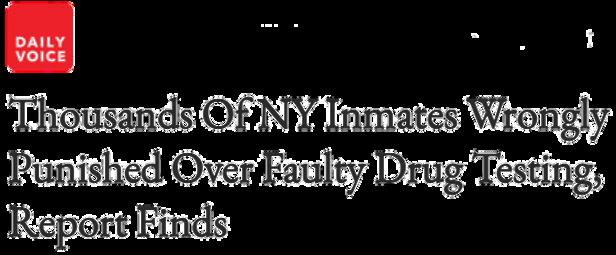




On November 30, 2022, New York State IG Lucy Lang released a report detailing defects in both the manufacturing and administration of drug tests used by the New York State Department of Corrections and Community Supervision (DOCCS) to detect the presence of contraband in correctional facilities that resulted in the disciplining of more than 2,000 incarcerated individuals across the state based upon unreliable evidence. These disciplinary sanctions included solitary confinement, delays in parole eligibility, and suspension of family visitation, among others.
From 2016 to August 2020, as the opioid epidemic surged both nationally and in New York’s prisons, a test manufactured by Sirchie Finger Print Laboratories, Inc. called “NARK II” was used in DOCCS facilities due to its unique ability to identify hard-todetect drugs. In August of 2020, DOCCS notified the IG that the NARK II test had inconsistent instructions, potentially causing false-positive test results
Notably, per instructions from its manufacturer, the NARK II test is designed to serve merely as a presumptive test, producing preliminary results requiring laboratory confirmation Despite this instruction, for the four years the test was in circulation, DOCCS used a positive result on an unconfirmed NARK II drug test as the basis for the imposition of discipline.
Five days after receiving the initial notification from DOCCS, the IG advised DOCCS to stop taking any disciplinary action against incarcerated individuals for a positive Nark II test result until confirmatory testing by an independent laboratory could be obtained, and to begin taking remedial actions. DOCCS immediately complied with both recommendations, including reversing and expunging the disciplinary records of incarcerated individuals who had been sanctioned based on such tests.


Following a full investigation, the IG substantiated that the instructions provided by the NARK II manufacturer were inconsistent, contradictory and, in some instances, inaccurate and that the manufacturer failed to identify this issue or advise DOCCS as to the existence of revised or updated instructions. The investigation also determined that in addition to failing to obtain confirmation of presumptively positive NARK II test results, DOCCS staff administering the tests failed to follow protocols to prevent misidentification of contraband or cross-contamination of samples, undermining the accuracy of even the preliminary results.
Based on the IG’s investigation, DOCCS took numerous steps to address these issues, including:

Contracting with an outside laboratory to confirm all positive presumptive results before the issuance of discipline;

The reversal and expungement of over 700 disciplinary charges, the modification of guilty charges in another 2,068 records;

Conducting new parole reviews for 271 incarcerated individuals using updated records omitting expunged drug violations;

Centralizing all drug testing operations within DOCCS’ Office of Special Investigations; and

The appointment of a senior officer as a liaison to the test manufacturer to ensure proper updating of all testing instructions

Lack of integrity in the systems administered to New Yorkers behind bars implicates all of us. This investigation and the subsequent policy changes and record expungements represent one step closer to ensuring the level of integrity we should all expect and demand from the State.
- Lucy Lang, New York State Inspector General
Carmen Frangella Deputy Chief of Investigations for the Upstate Region
George Frany Attorney-in-Charge of DOCCS Matters
Jonathan Masters Director of Investigative Writing


A little over two years ago when my former colleague from the Manhattan District Attorney’s Office approached me with the amazing offer to join her team at the Inspector General’s Office, I must admit that I knew very little about the agency or its work. So upon settling into my new home, one of the first things I did was fill my desk with the reports and letters describing, often in captivating detail, the work of OIG from the prior 35 years.
Whether it was shining a light on corruption in the boxing ring at Madison Square Garden and the video slot machine lined halls of Aqueduct, crawling through the sewer pipe traveled by the escapees from Clinton Correctional Facility, climbing the soaring towers of the new Tappan Zee Bridge project, or just identifying the employee who was taking bets from his colleagues, forging her time and attendance records, or selling state property for personal profit, members of this office were there figuring out what went wrong, and how to prevent it from happening again.
In the course of my research, I also learned that at various times during its proud history, the Office had published Annual Reports – the first in 1988, when New York’s first Inspector General (and a true gentleman) Joseph Spinelli was at the helm. As I spent my early OIG days on train rides to Albany, flights to Buffalo and Syracuse, and drives to Suffern and Hauppauge to meet with our staff, I combed through these reports and looked forward to when our administration would reach a point when we could put together one of our own. It became an aspiration and a motivation. But you can’t make a masterpiece without the raw materials; we would need to get to work.
Fortunately, the exceptional attorneys, investigators, auditors, and staff of OIG took care of that part and if you’ve reached page 79, you’ve already seen that reflected far better than I could recap it here. And with so many impressive accomplishments to show for ourselves, I thought our first Annual Report should basically write itself…was I ever wrong!
What you have just finished reading constitutes an incredible undertaking, spearheaded by a team of two: my extraordinary Deputy Chief of Staff, Caitlyn Jaile, and our indefatigable jack of all trades and Director of External Affairs, Jack Wild. I gave Cate a 2-page outline with my ideas on areas of focus, asked her to see what she could pull together by way of a rough draft using our public reports, letters, and training materials, and to let me know how I could help. What the two of them produced exceeded even my most ambitious aspirations for what this report could be.
I owe them and everyone listed on the next page a profound thanks for producing such a comprehensive, thoughtful, entertaining recap of IG Lang’s (and my) first two years at OIG (and for omitting pictures of me reluctantly donning a Bills Jersey). I am also grateful to our tireless and talented staff across the state who carry out the critical work being done every day to make New York State a better place for all. Thank you for all you do and for the phenomenal education you’ve given me since I first googled “what does the Inspector General do?” in October of 2021.
See you in the 2026 Edition,


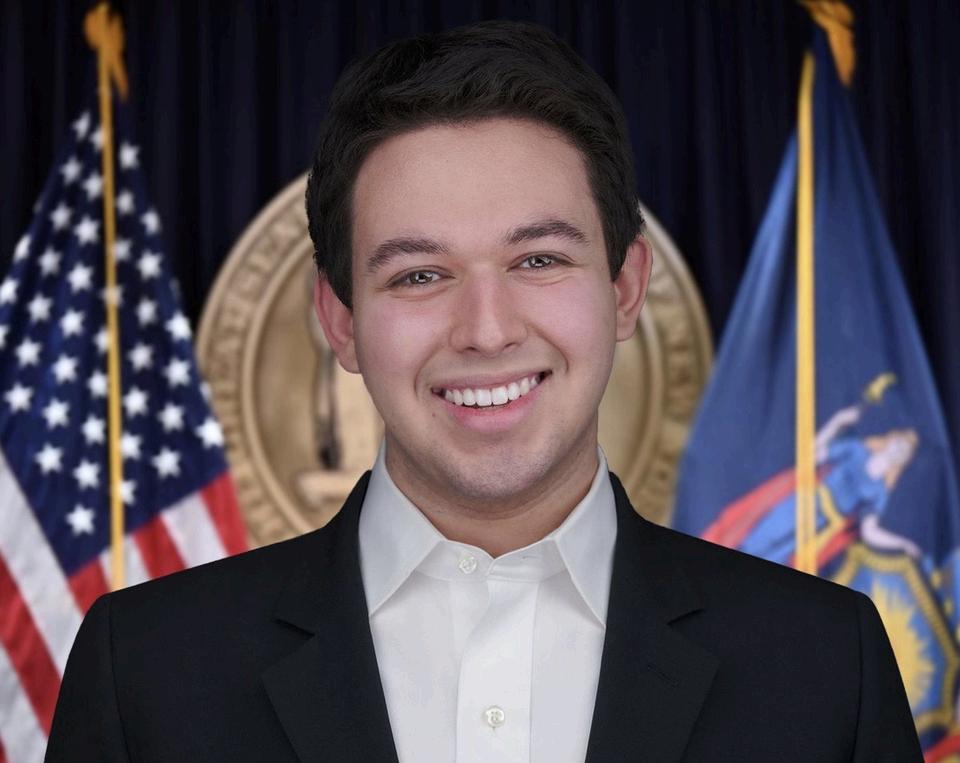
This report, highlighting OIG’s mission, accomplishments, and priorities during Inspector General Lang’s first two years, was authored by Inspector General Lucy Lang, Chief of Staff Ryan Hayward, Deputy Chief of Staff Cate Jaile, and Director of External Affairs Jack Wild.
The report writing team is grateful to the OIG staff who took time to compile the data, photos, and cases that make up the contents of this document:

Leslie Arp, Chief - CMU & Confidential Investigator

Michele Bayer, Deputy Inspector General - NYC Region

Jackie Belson, Investigative Counsel

Jason Fazio, Managing Investigator - Welfare Fraud

Kaitlyn Gibbons, Investigative Auditor & Data Analyst

Jessica Haaz, Attorney-in-Charge - Special Investigations

Jeff Hagen, Deputy Inspector General - Western Region

Emma Hickey, Intern

David King, Director of Communications

Danielle Krueger, Deputy Chief - CMU

Lisa Lee, Deputy Inspector General for Gaming

Jonathan Masters, Director of Investigative Reporting

Katie McCutcheon, Director of Training

Ken Michaels, Senior Investigative Counsel

Micheál O’Sullivan, Deputy Chief of Investigations

Matthew Petell, Chief Technology Officer

Dave Regazzi, Deputy Chief of Investigations

Bryan Richmond, Attorney-in-Charge - Workers’ Comp.

Gary Waters, Deputy Chief of Investigations

Karen Wolfe, Executive Coordinator for Training







